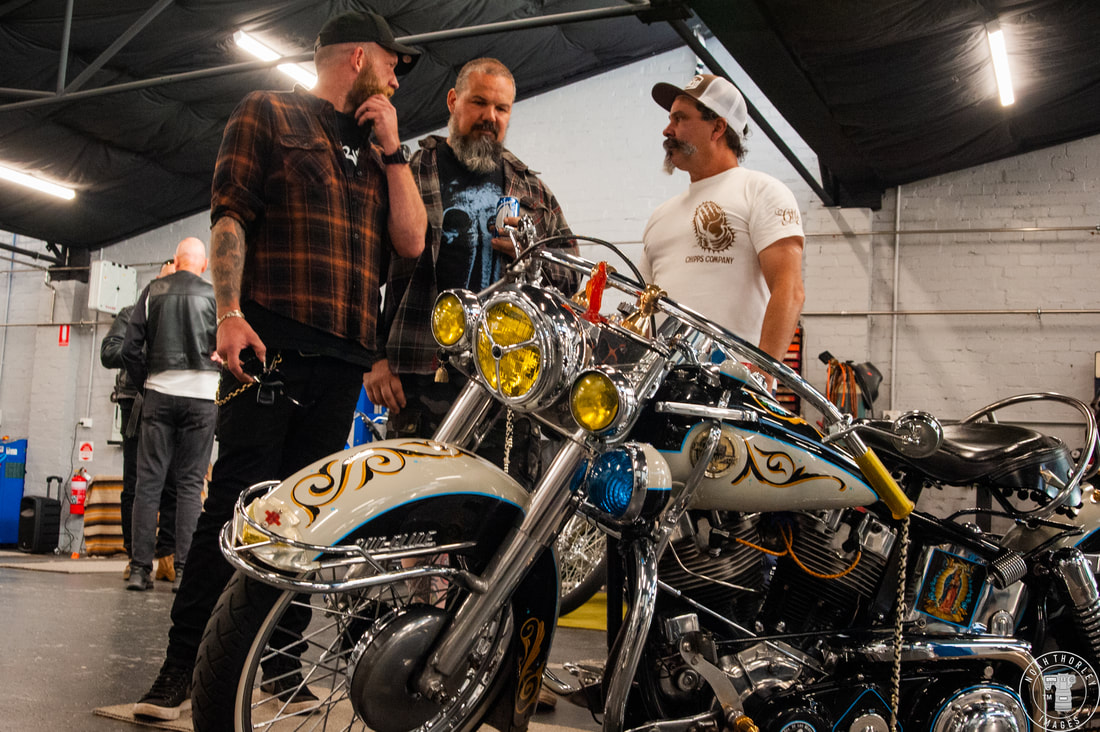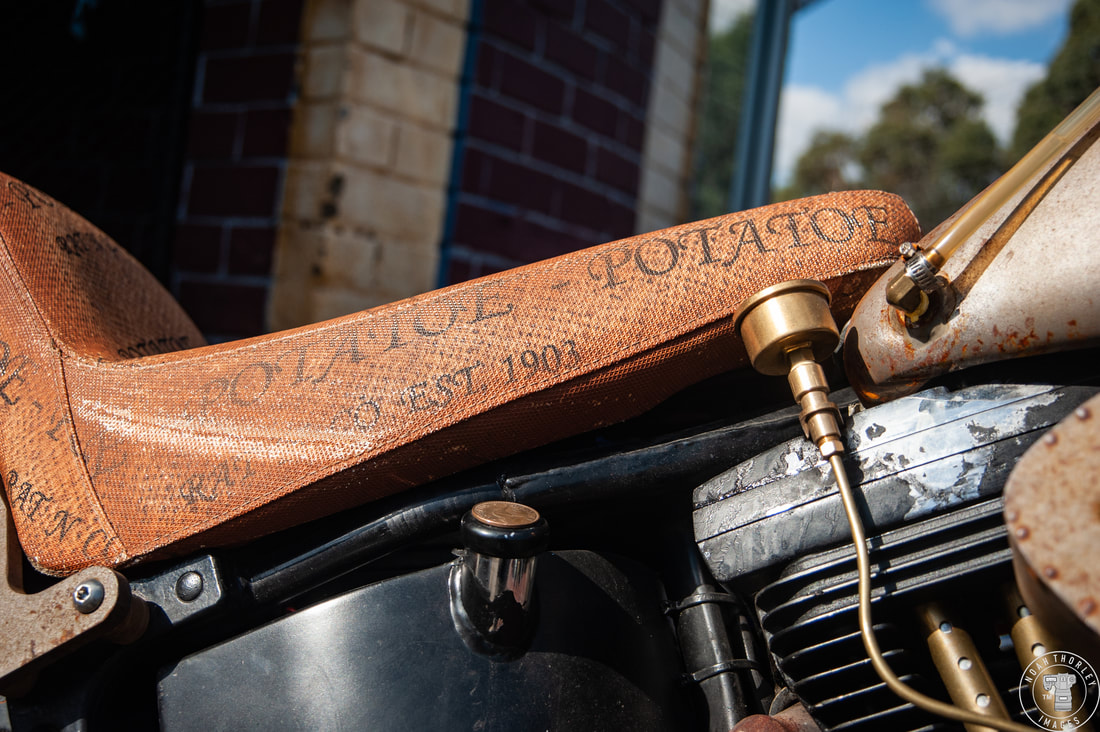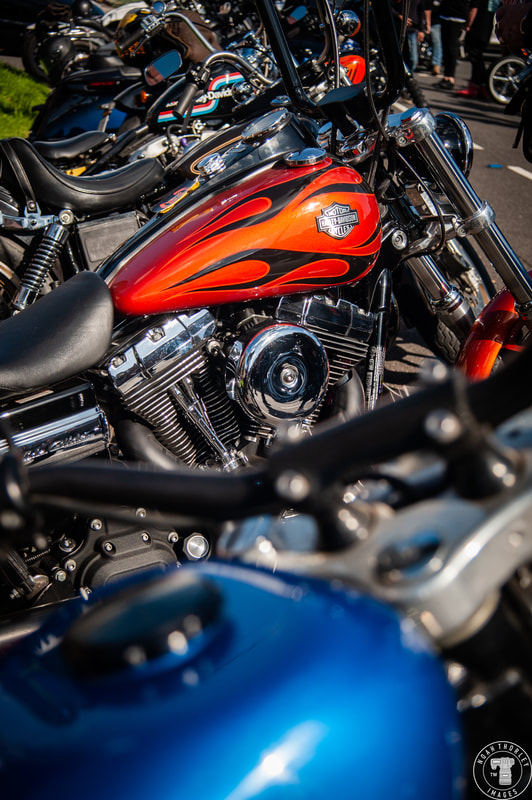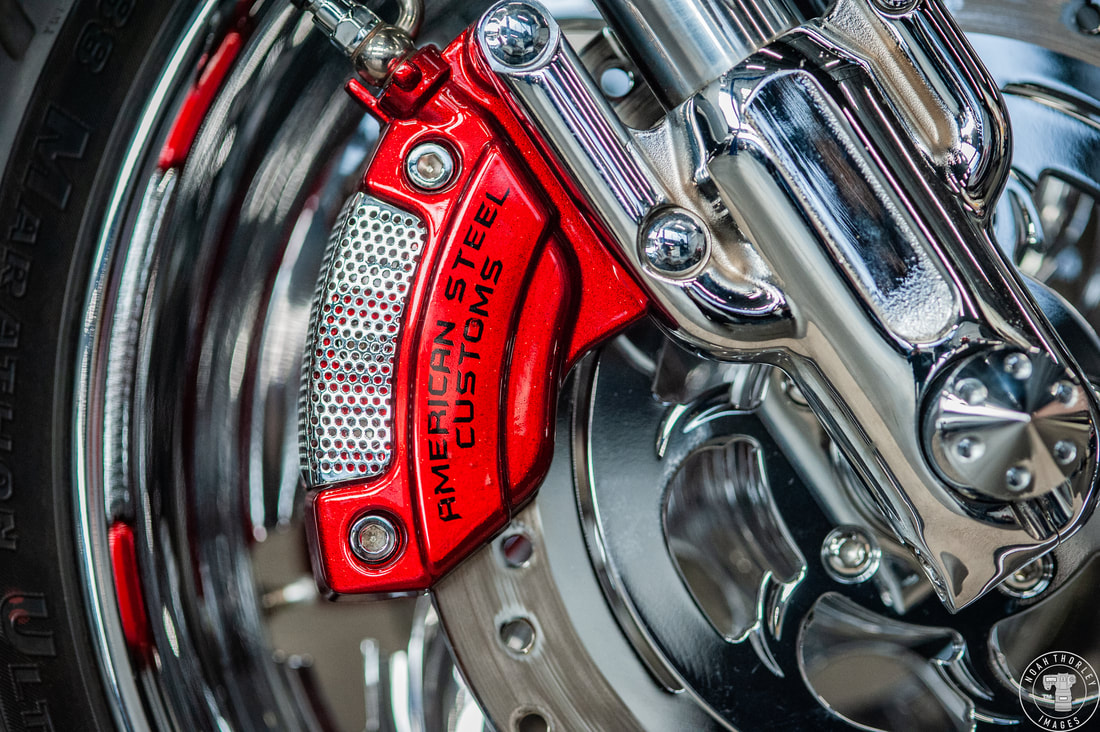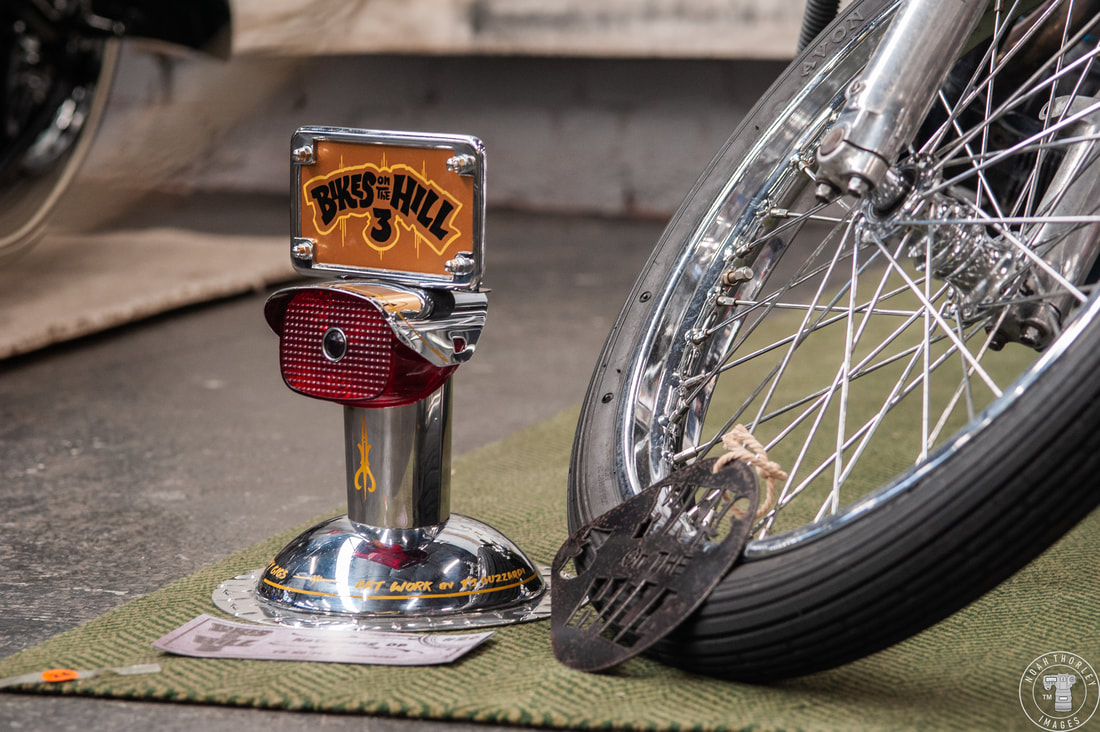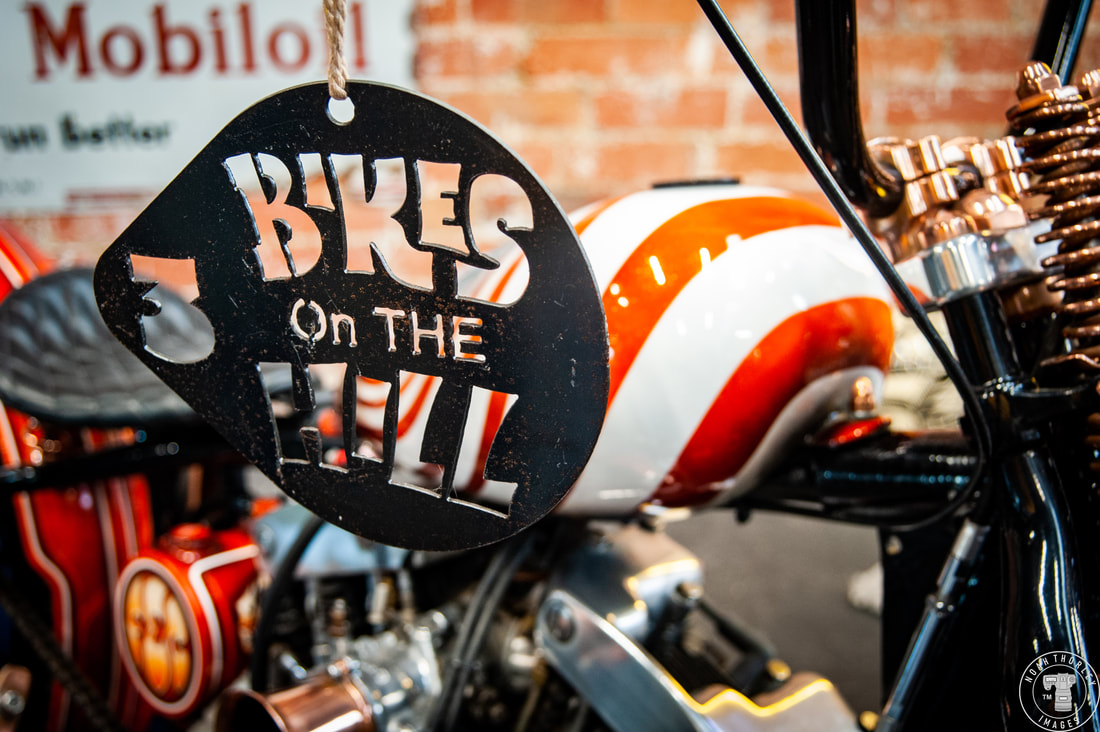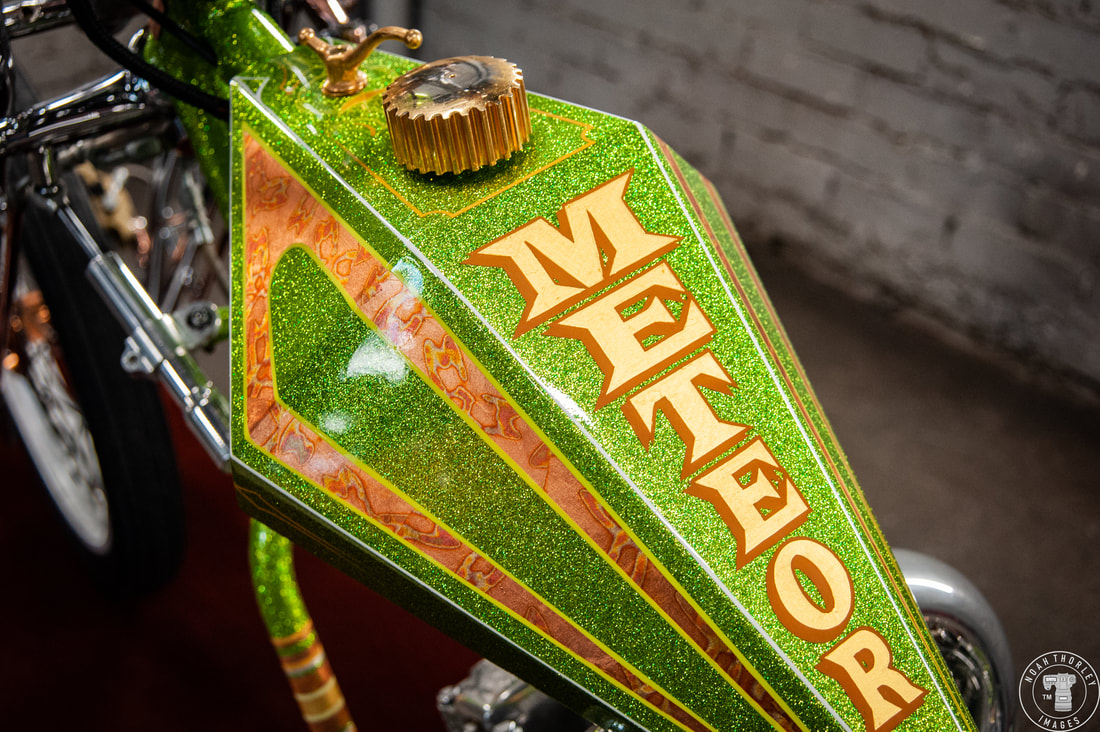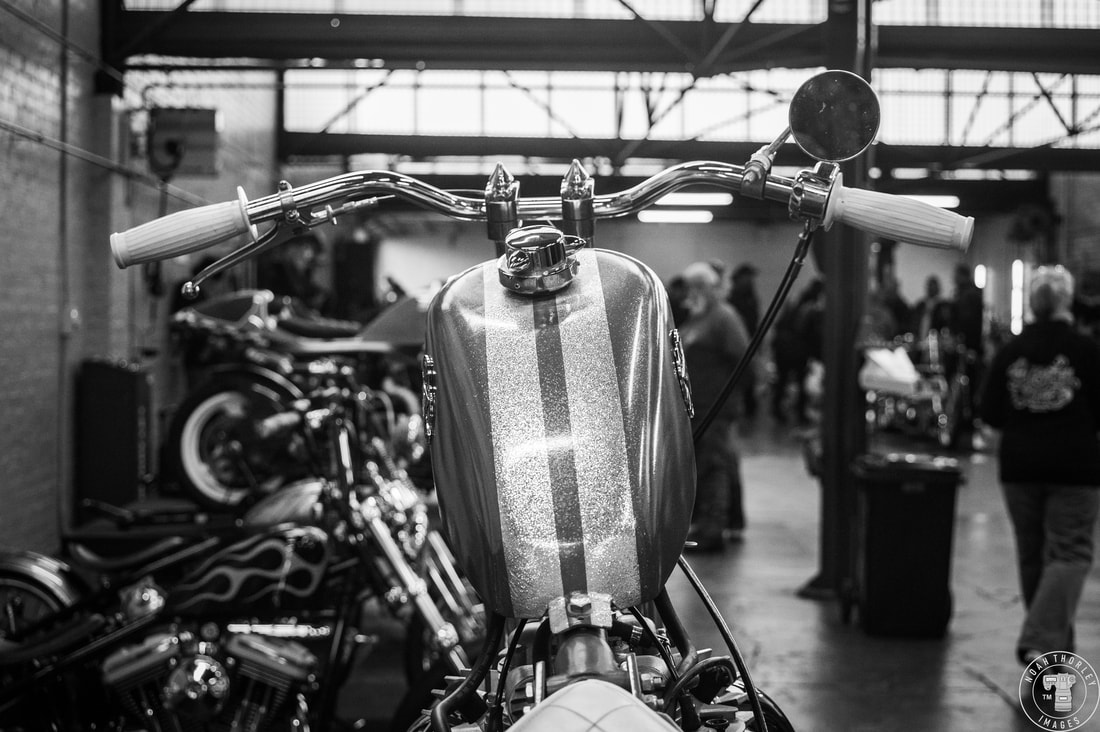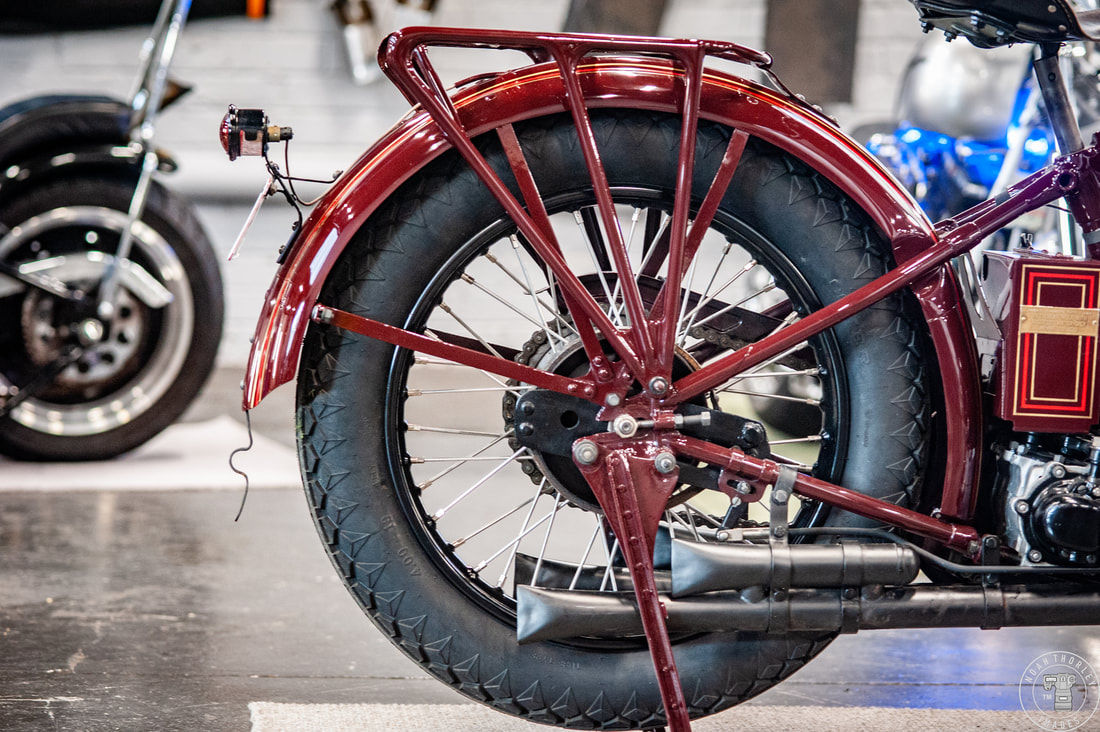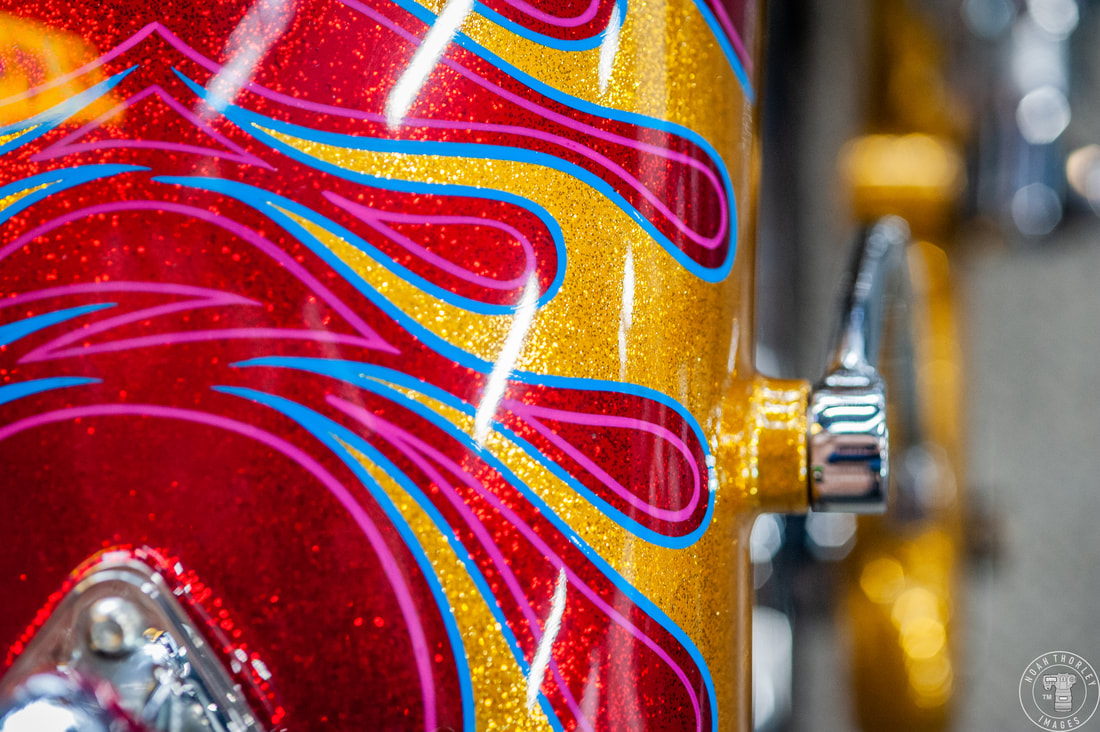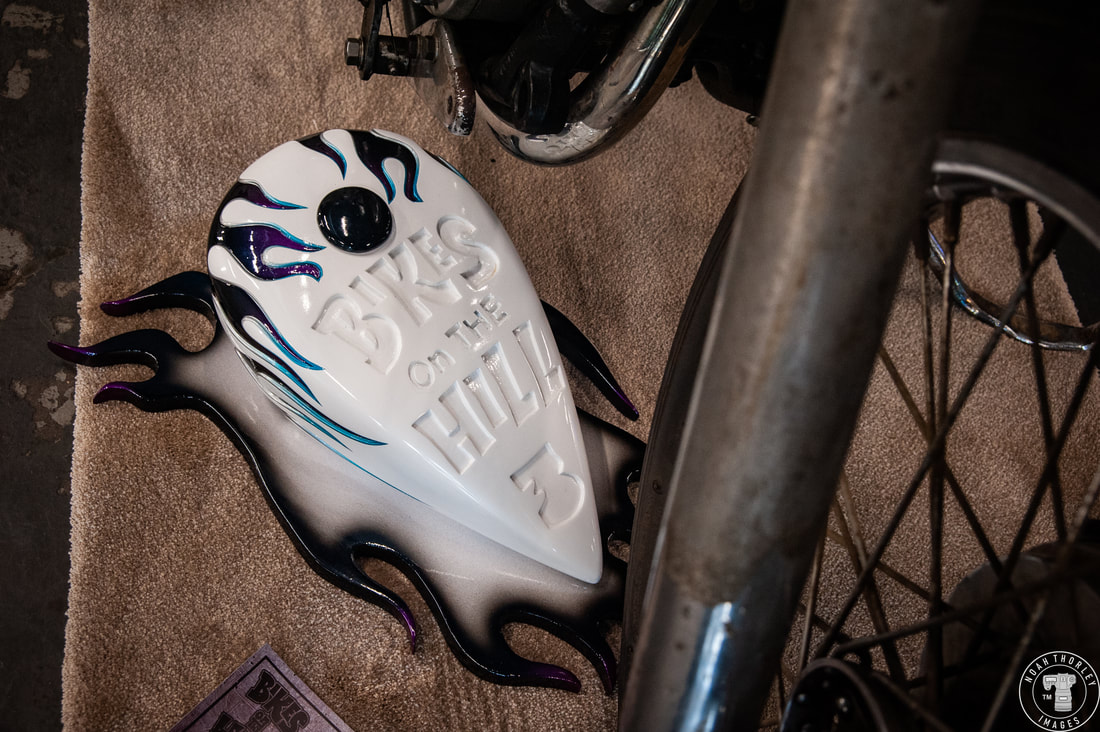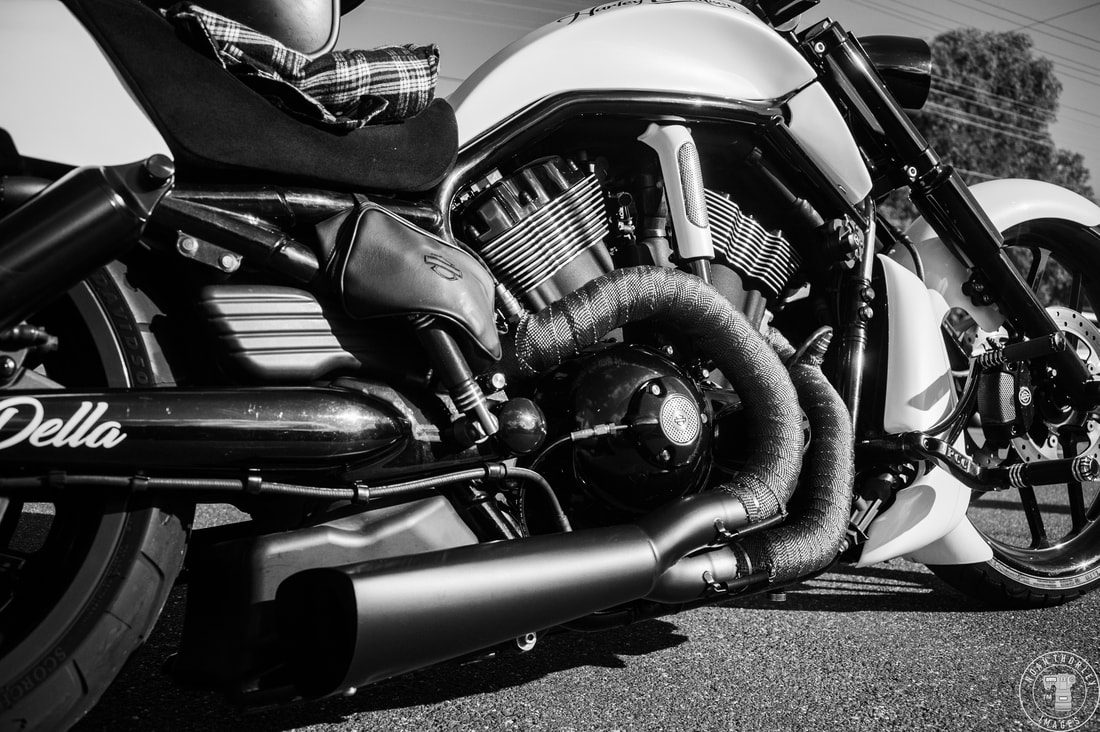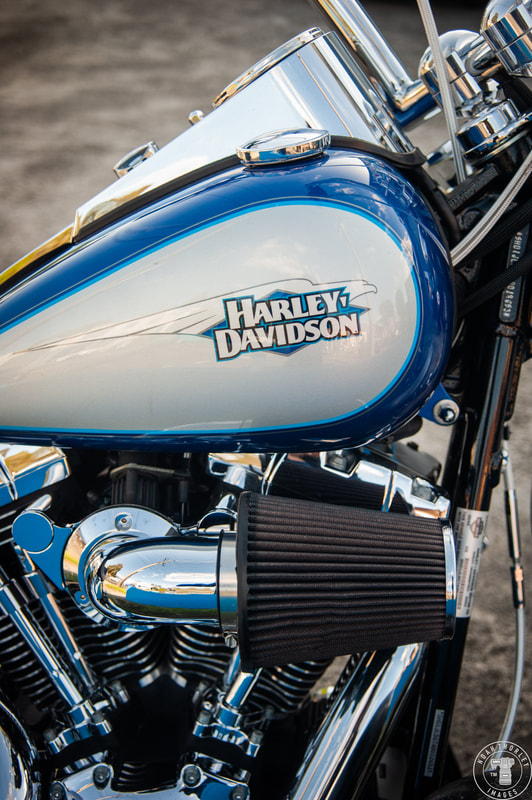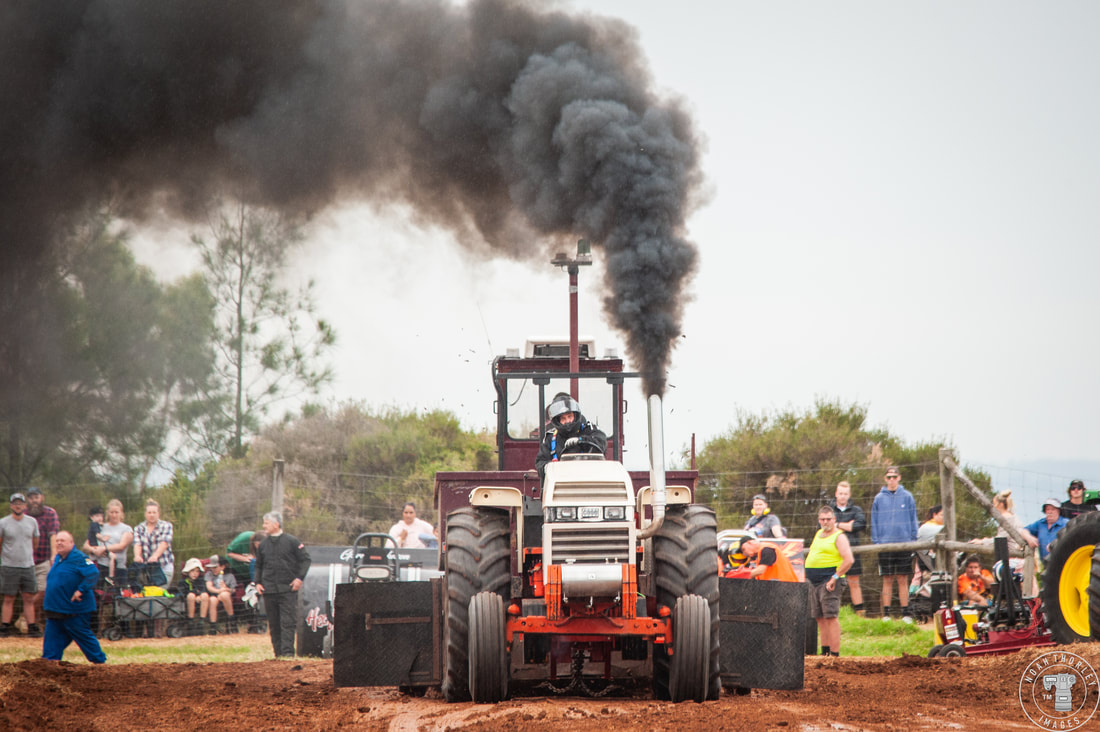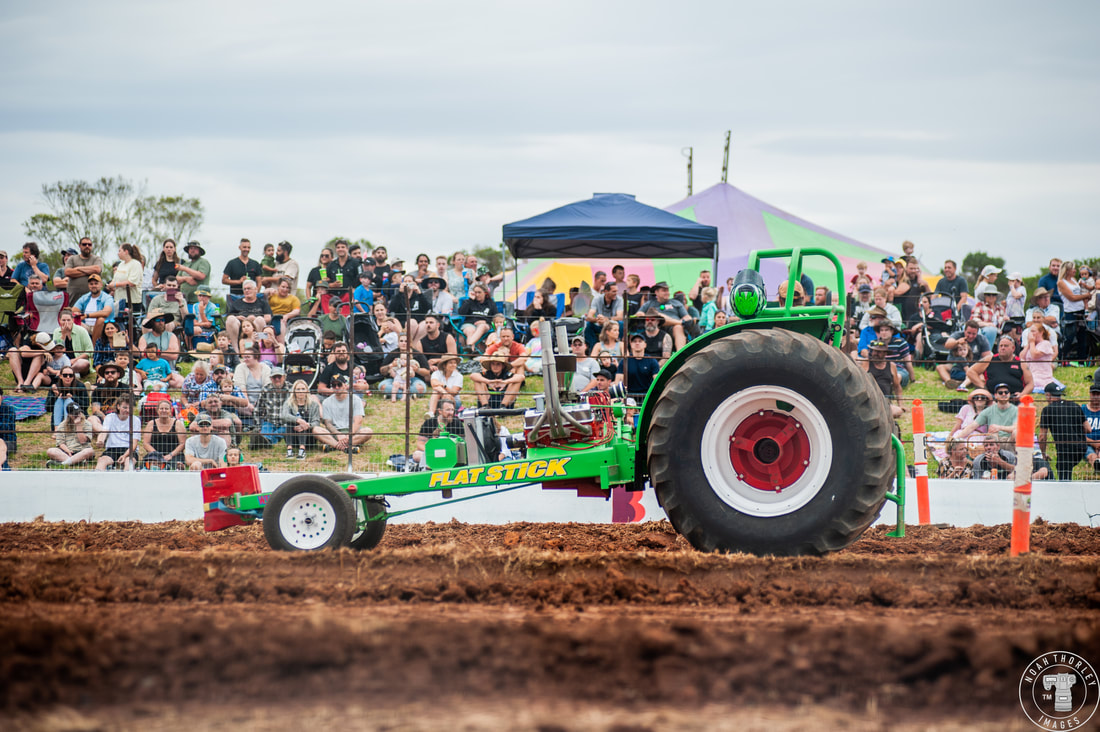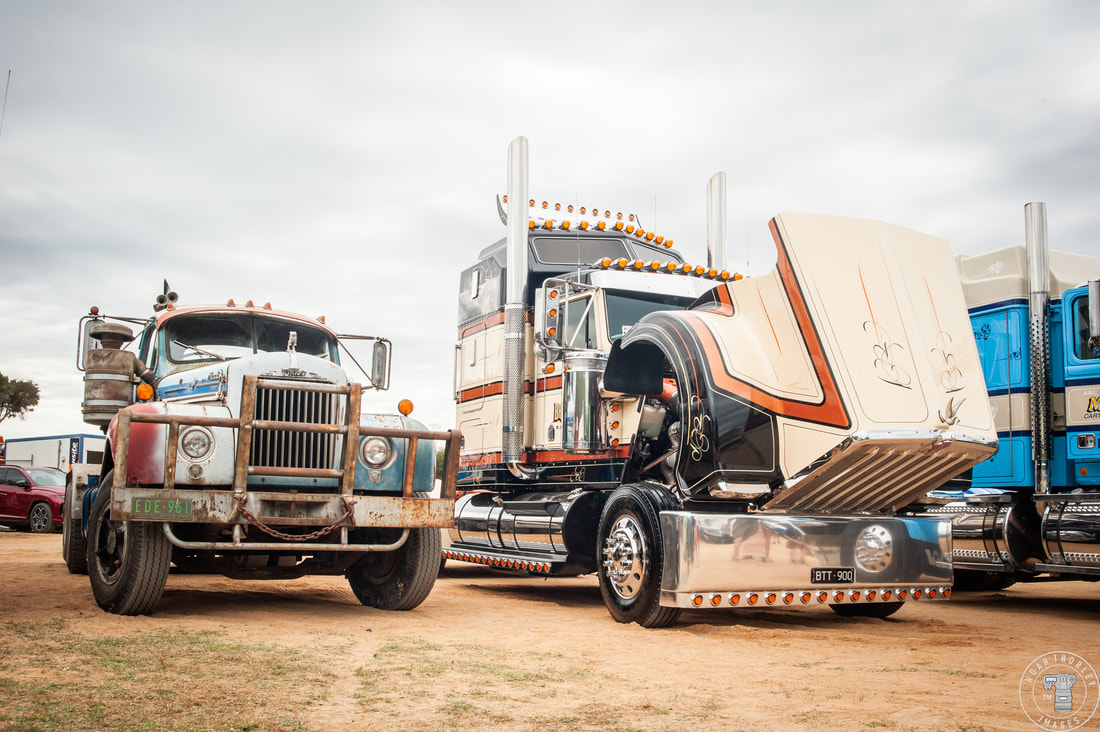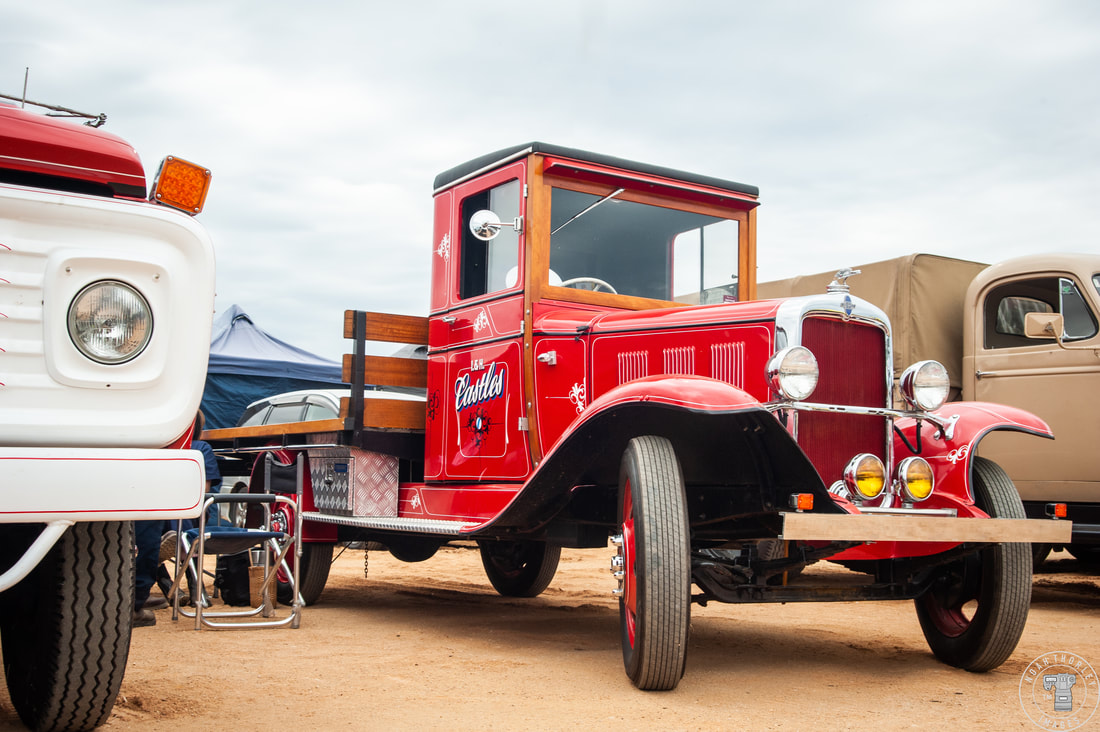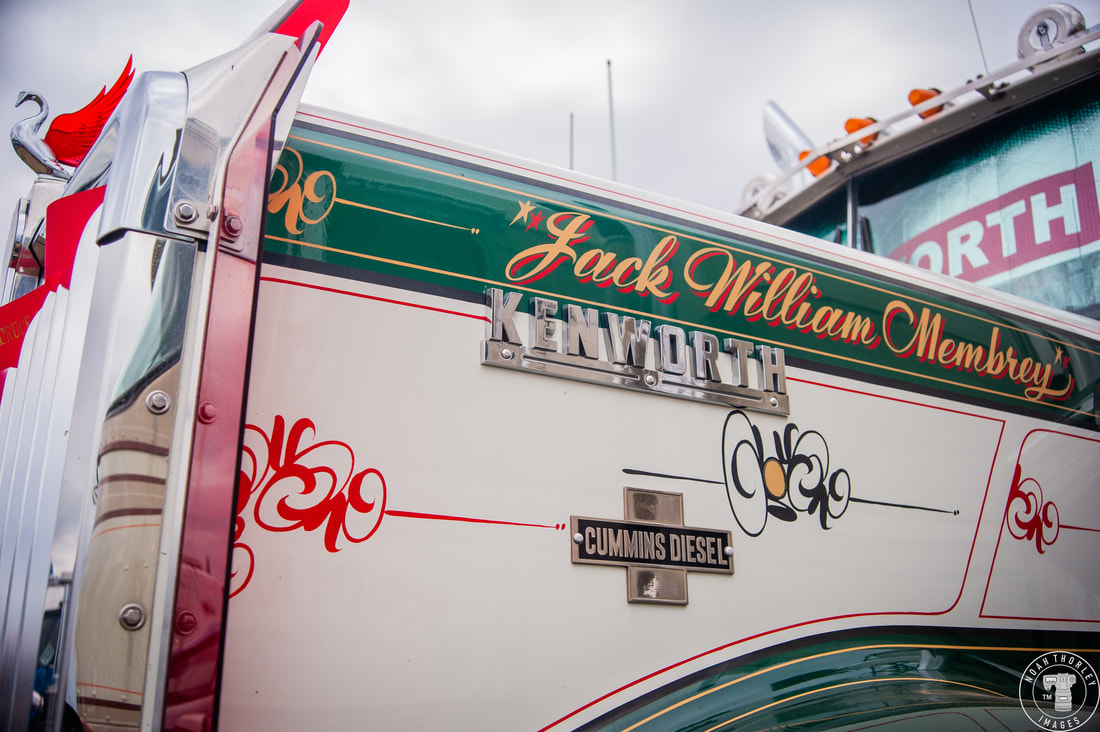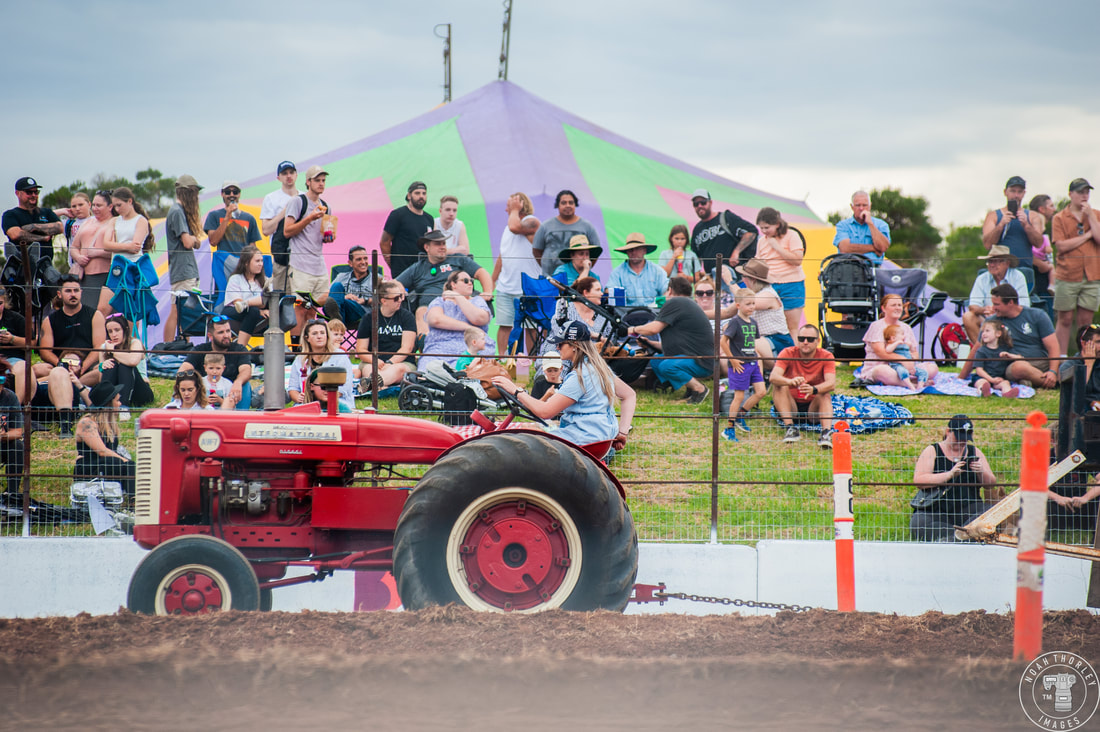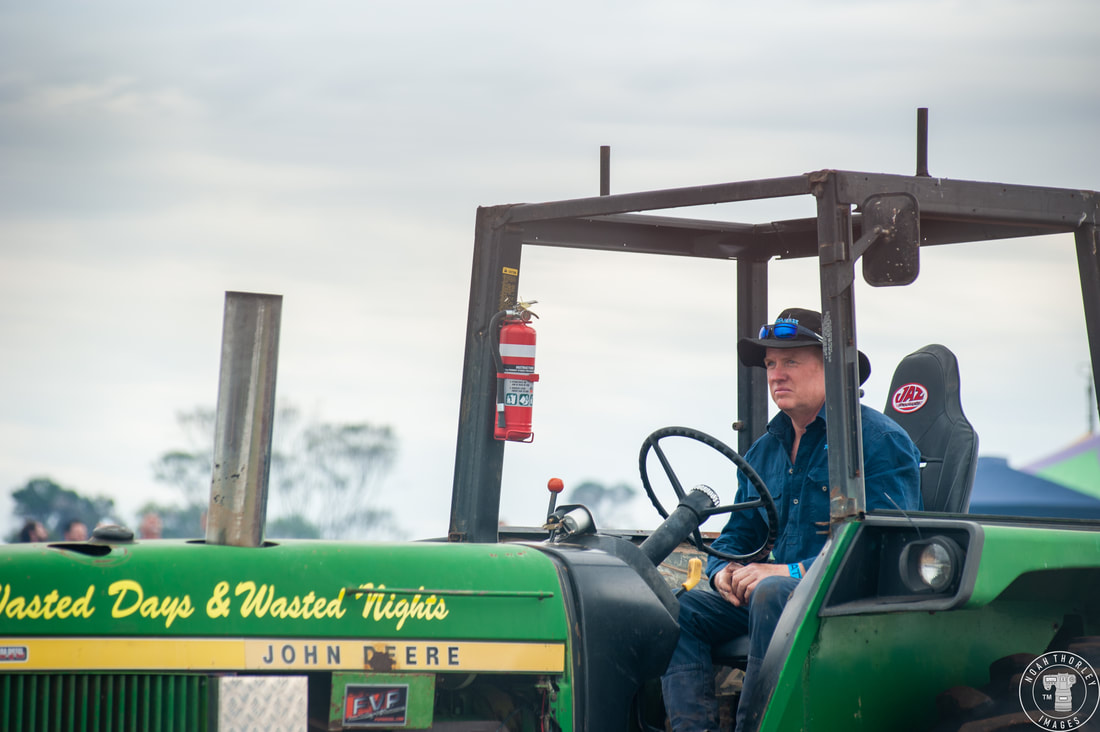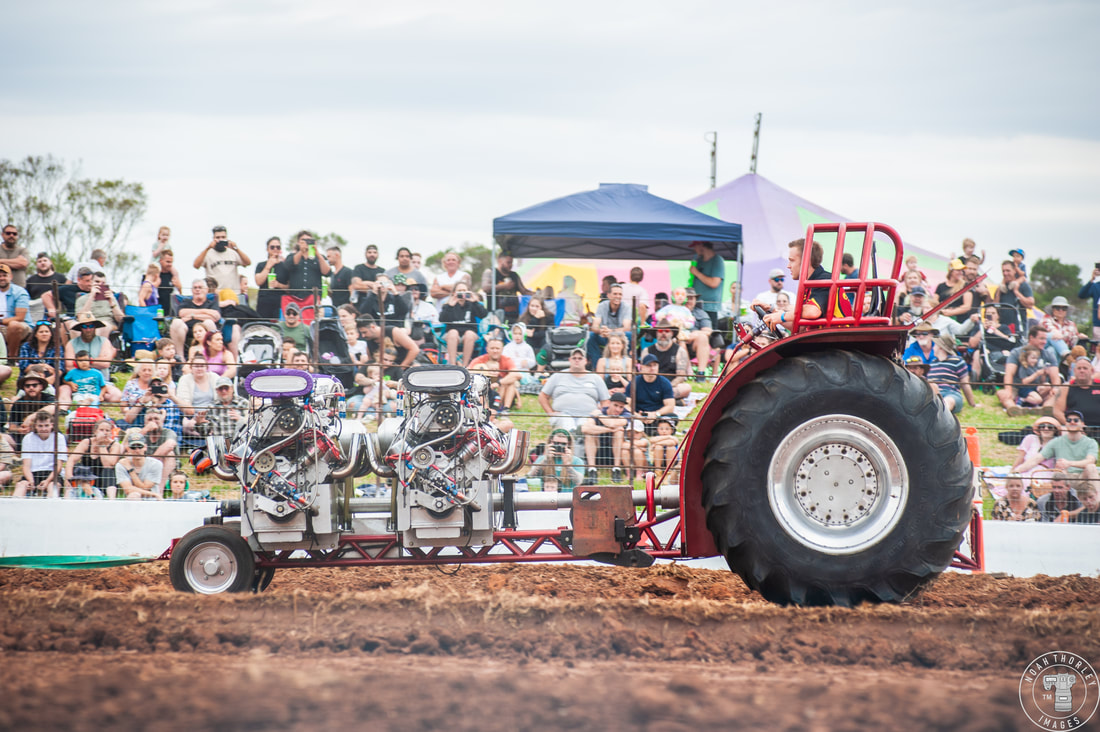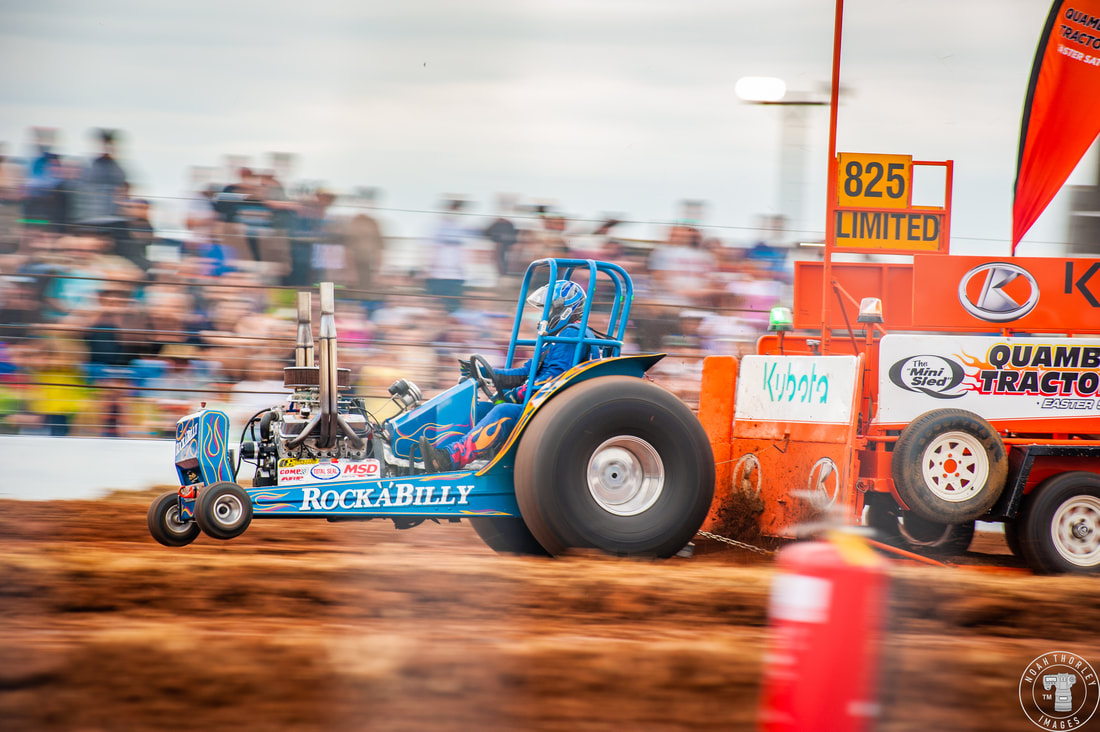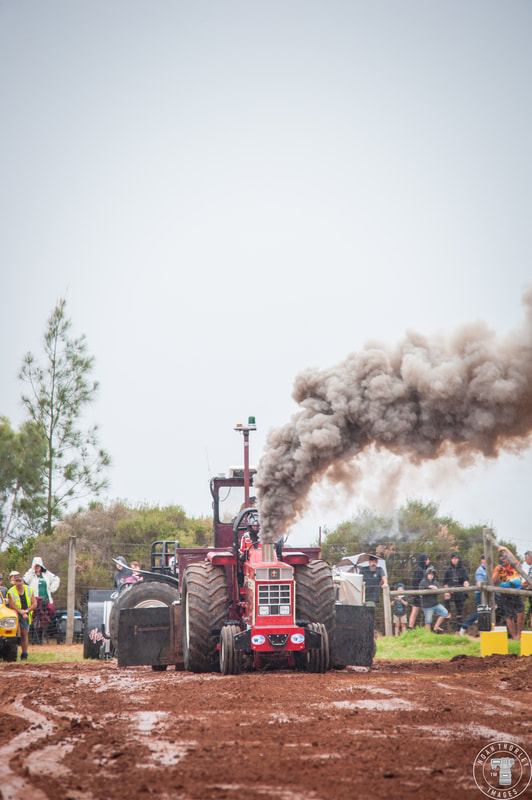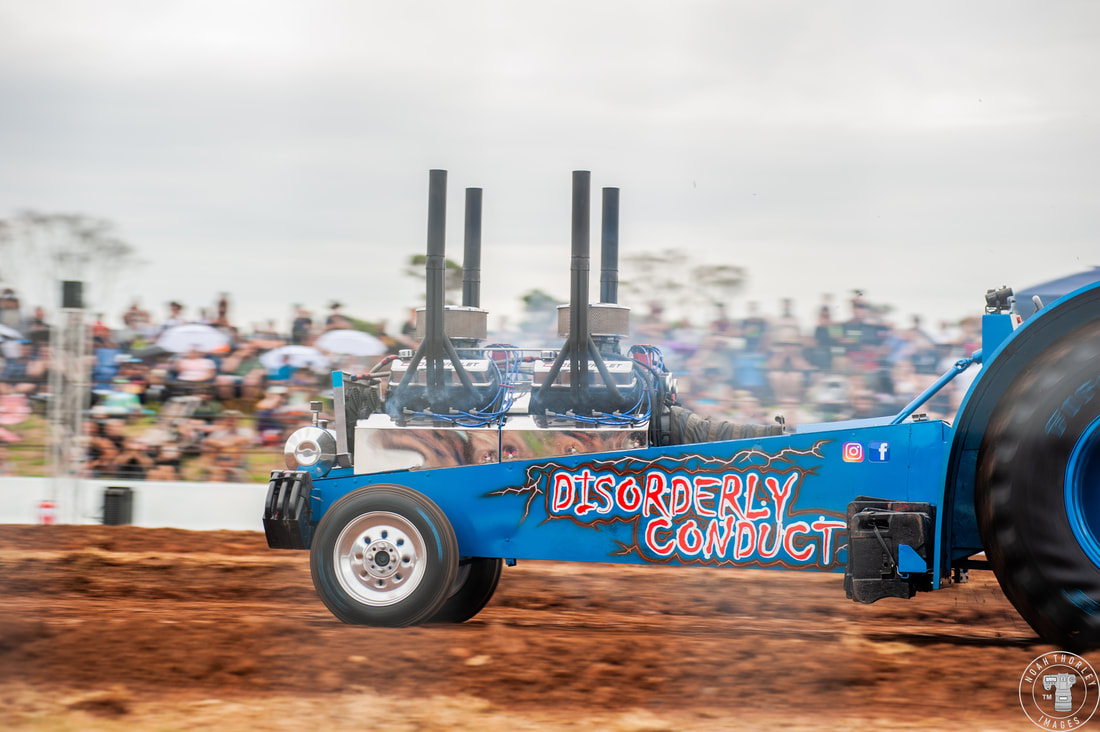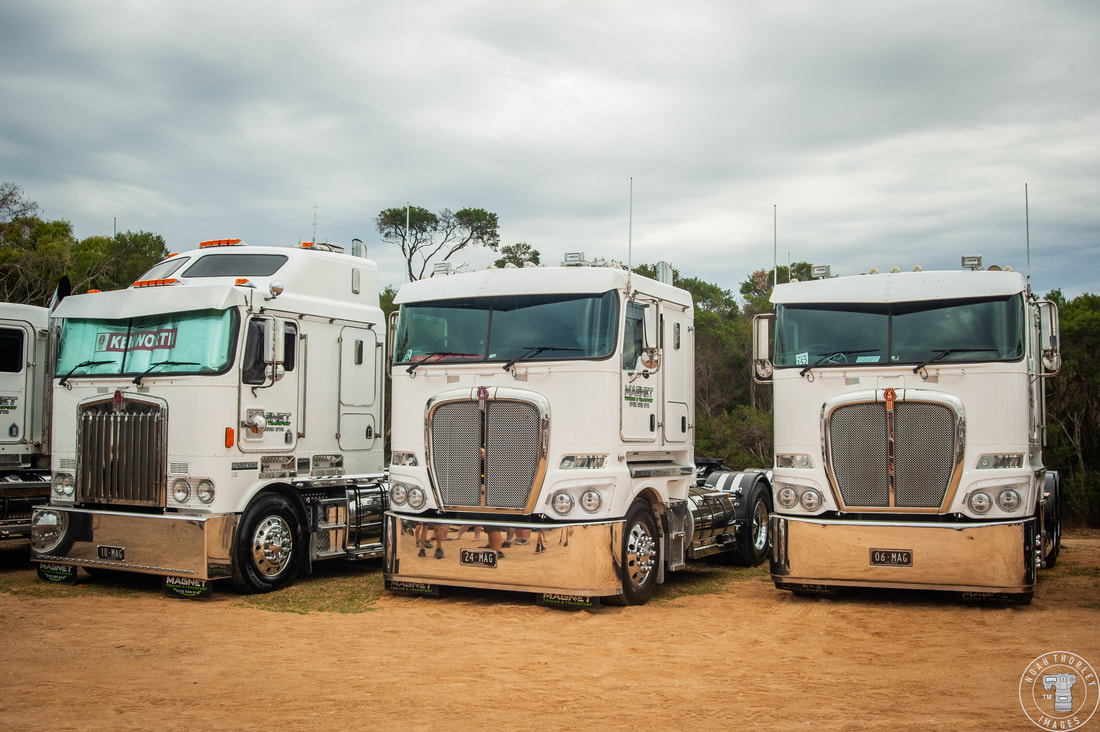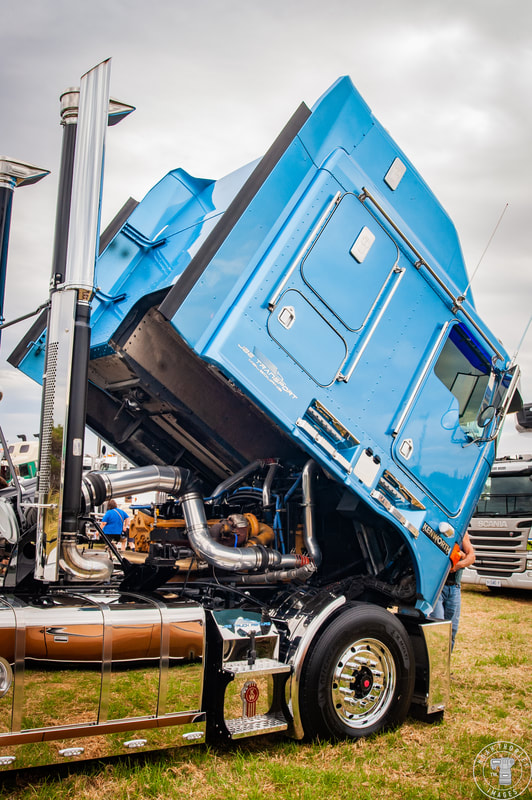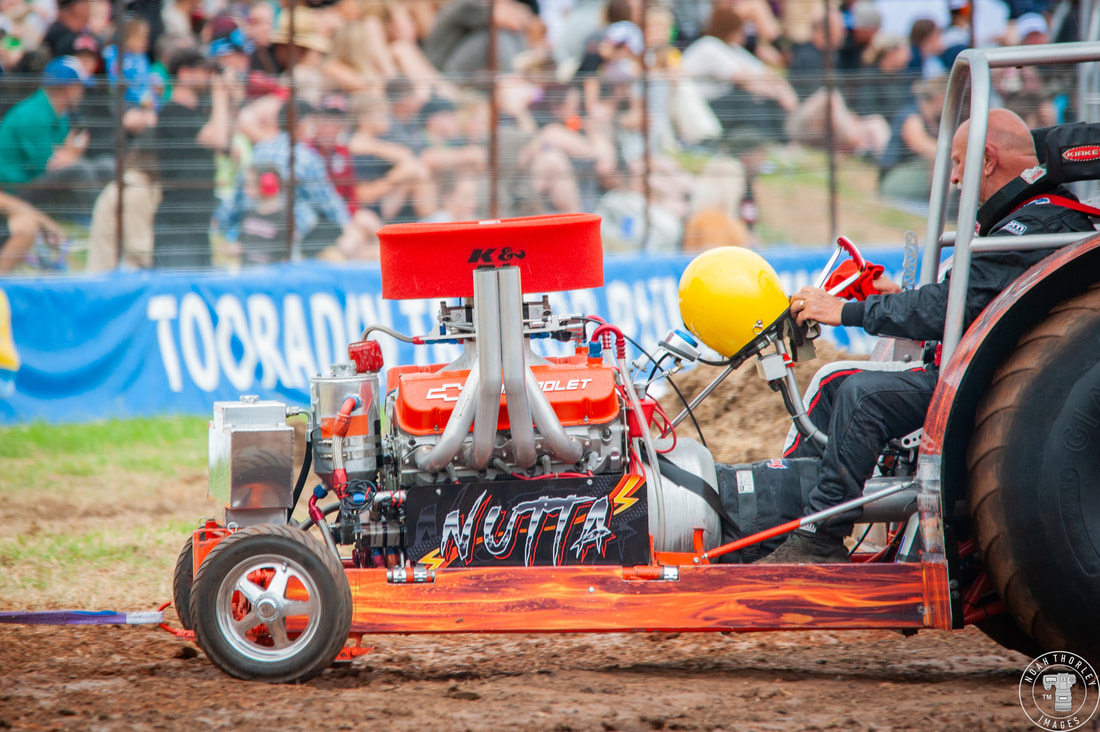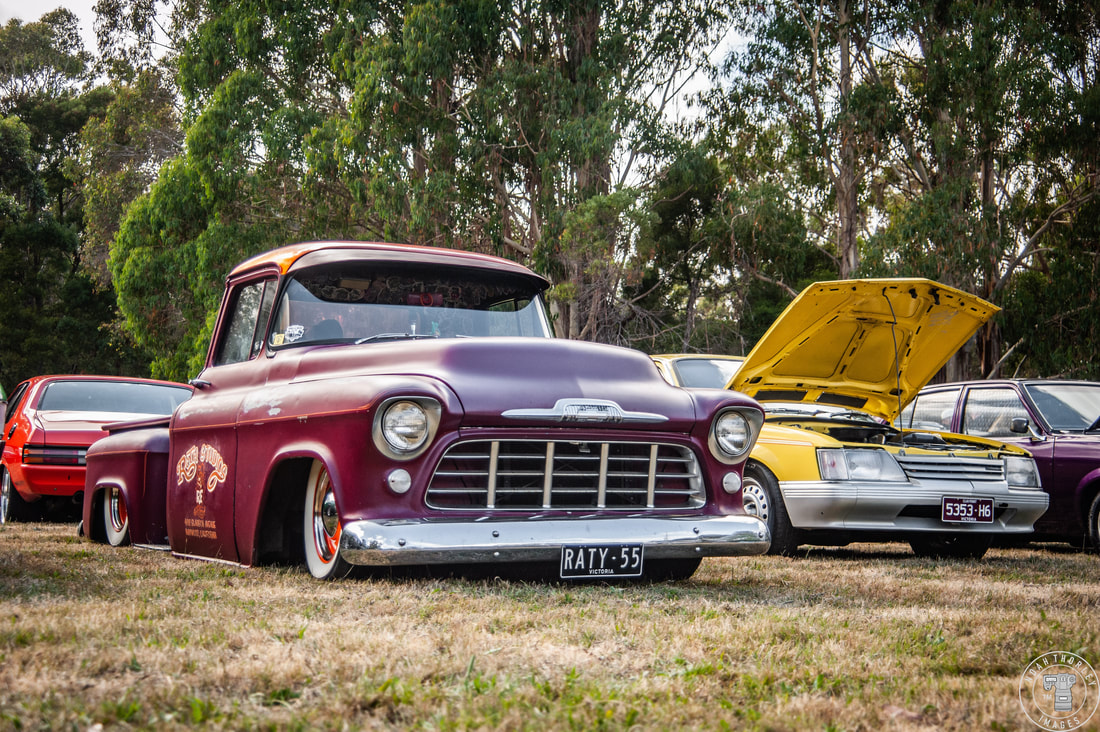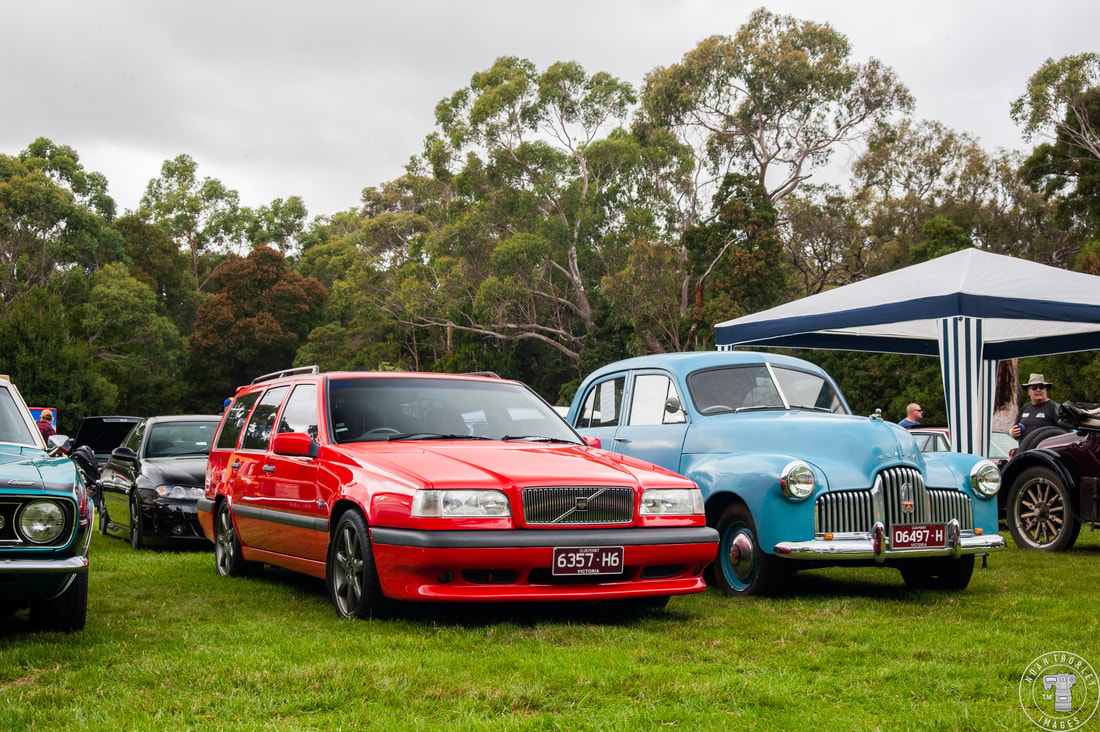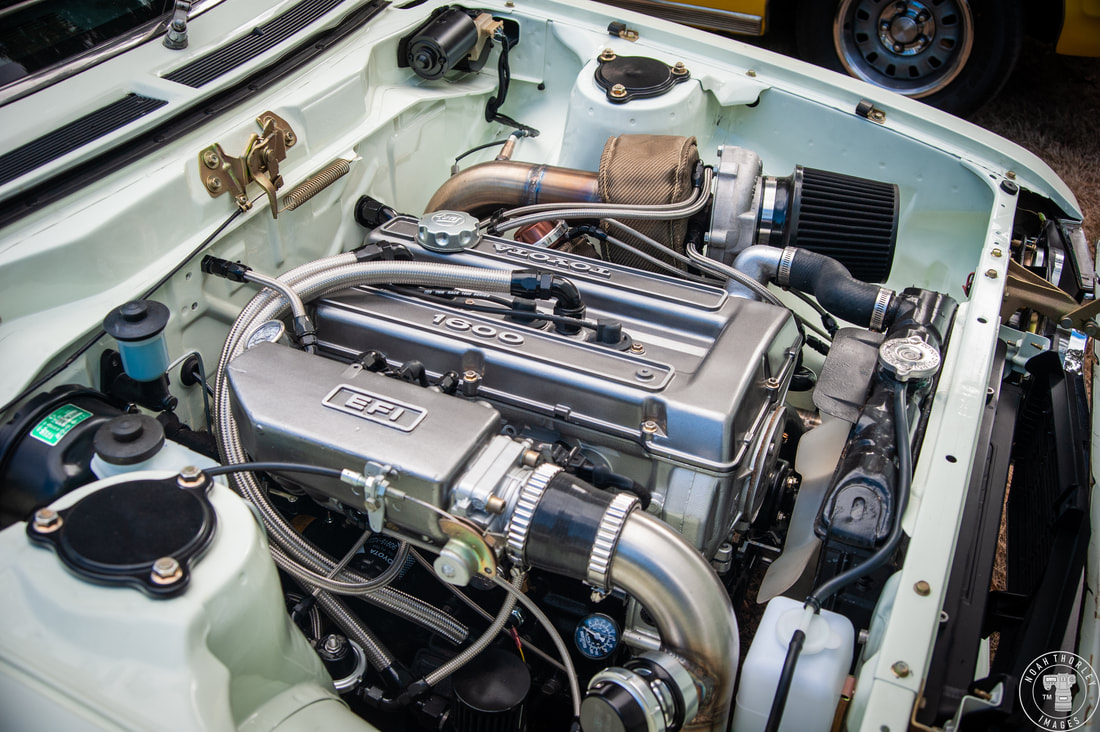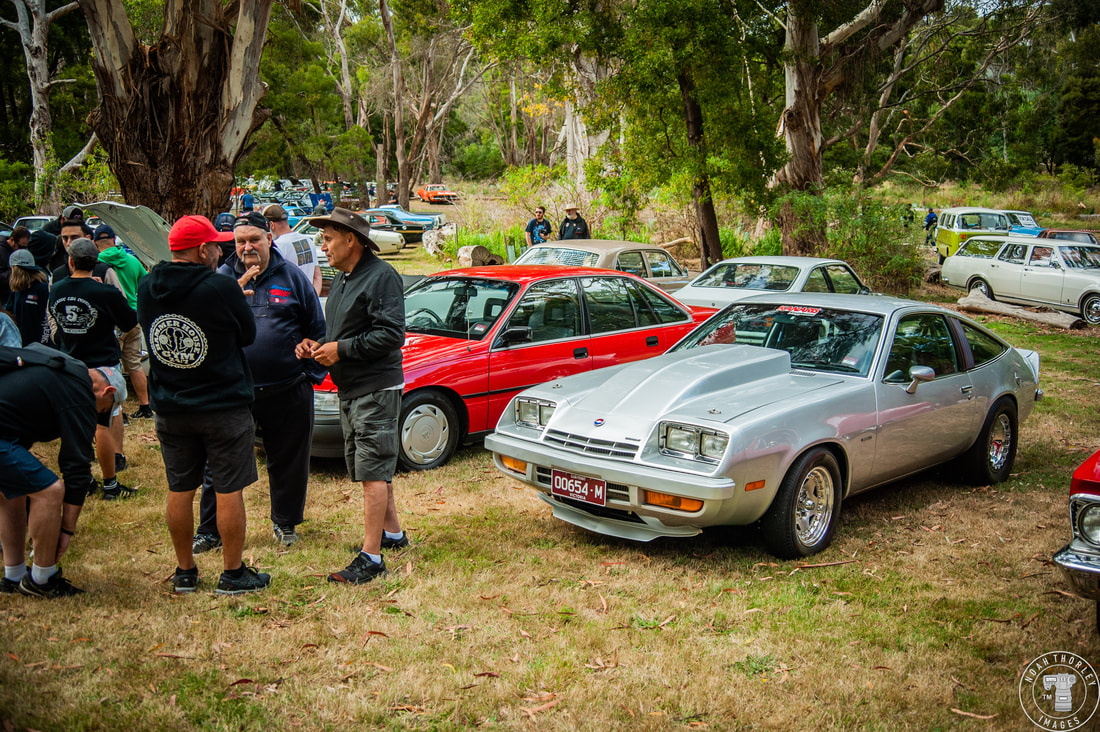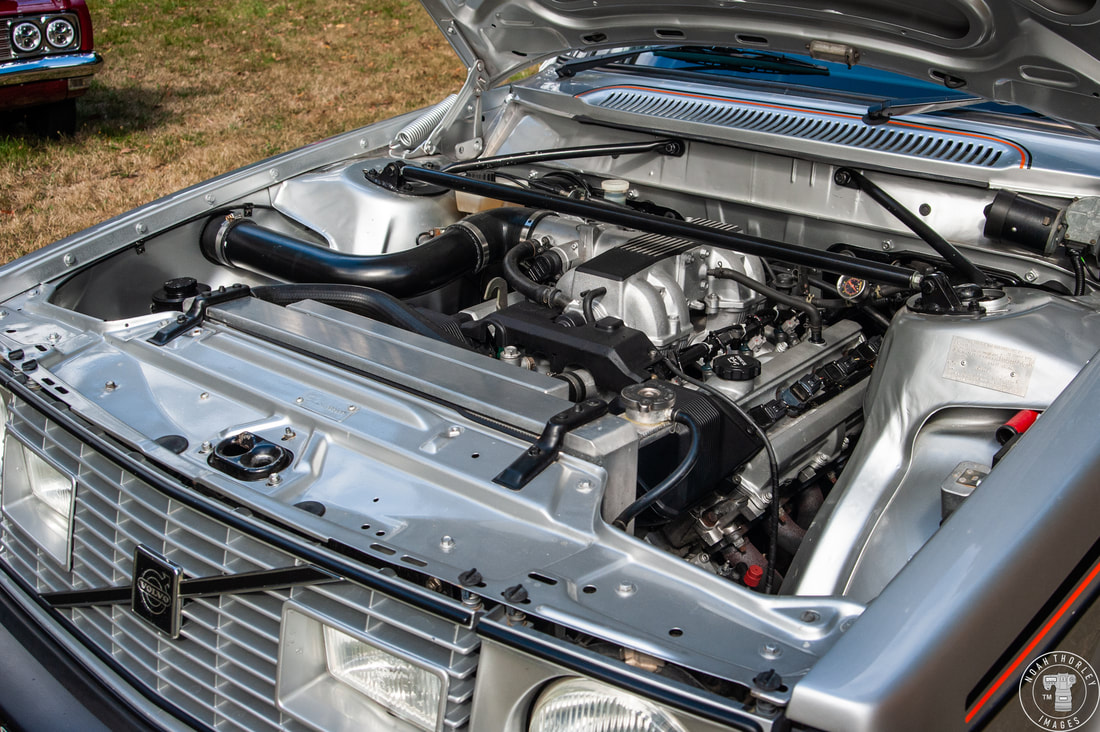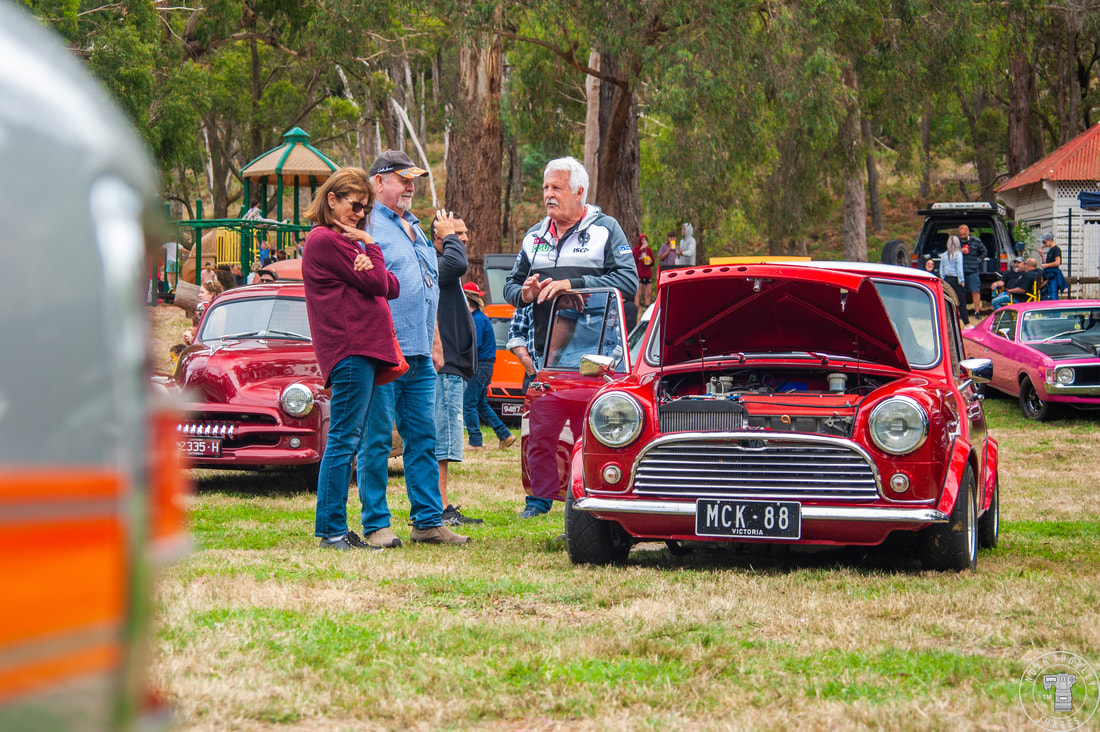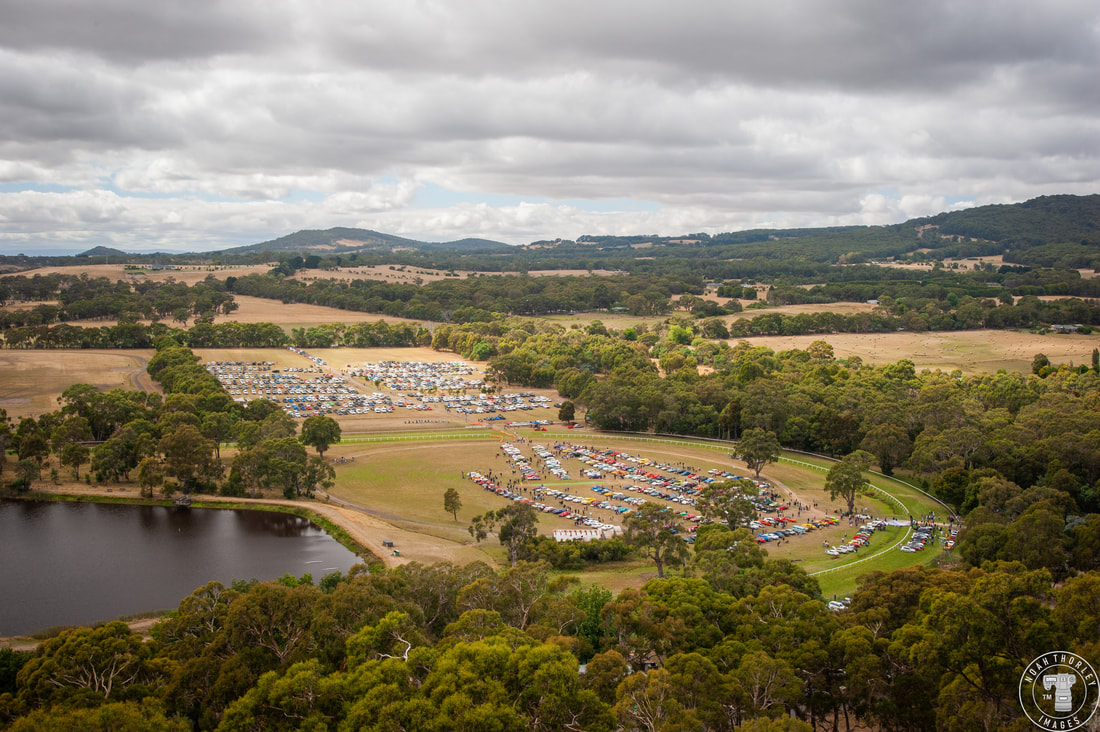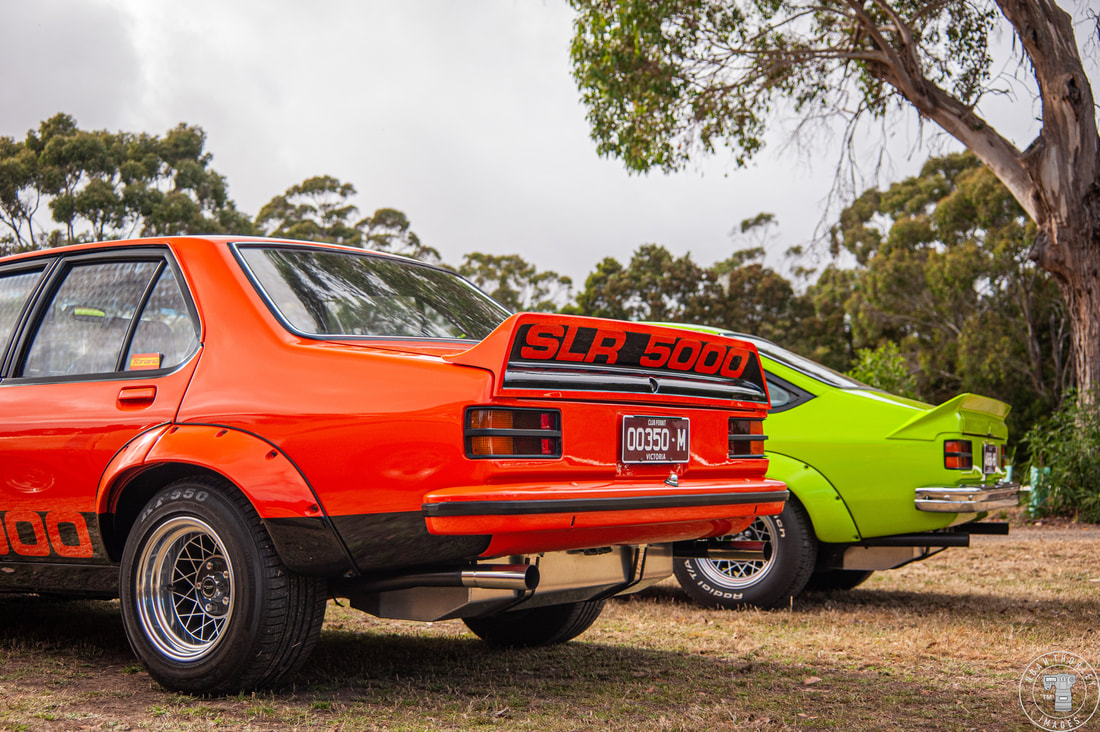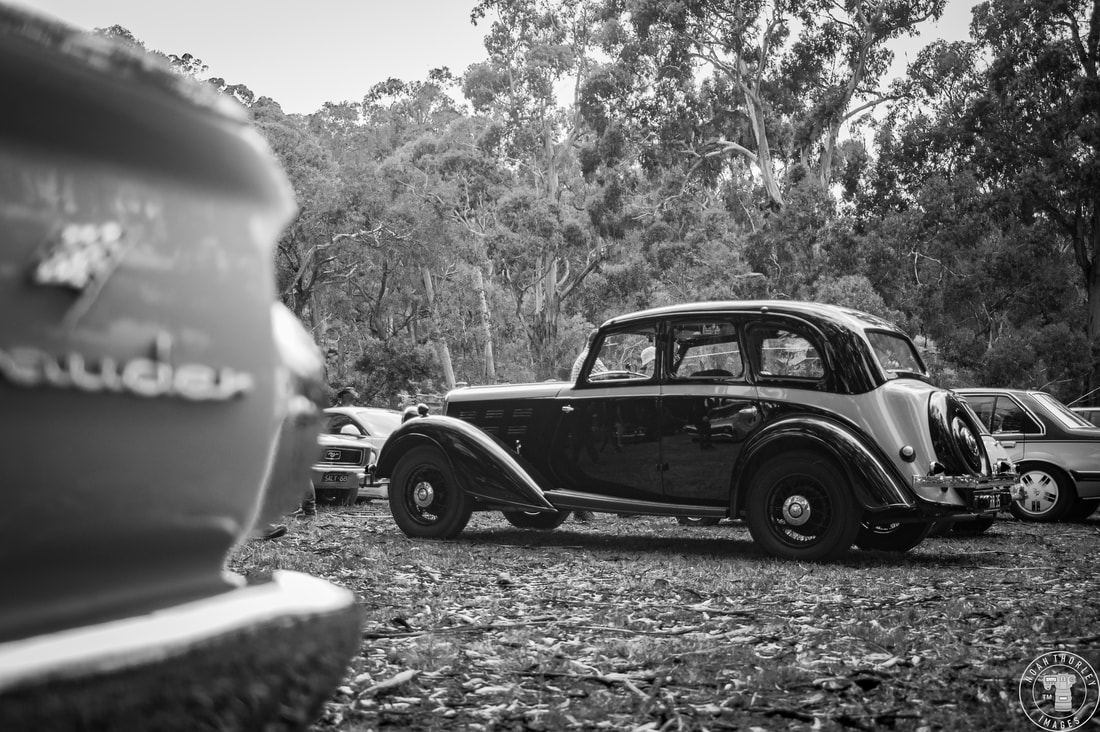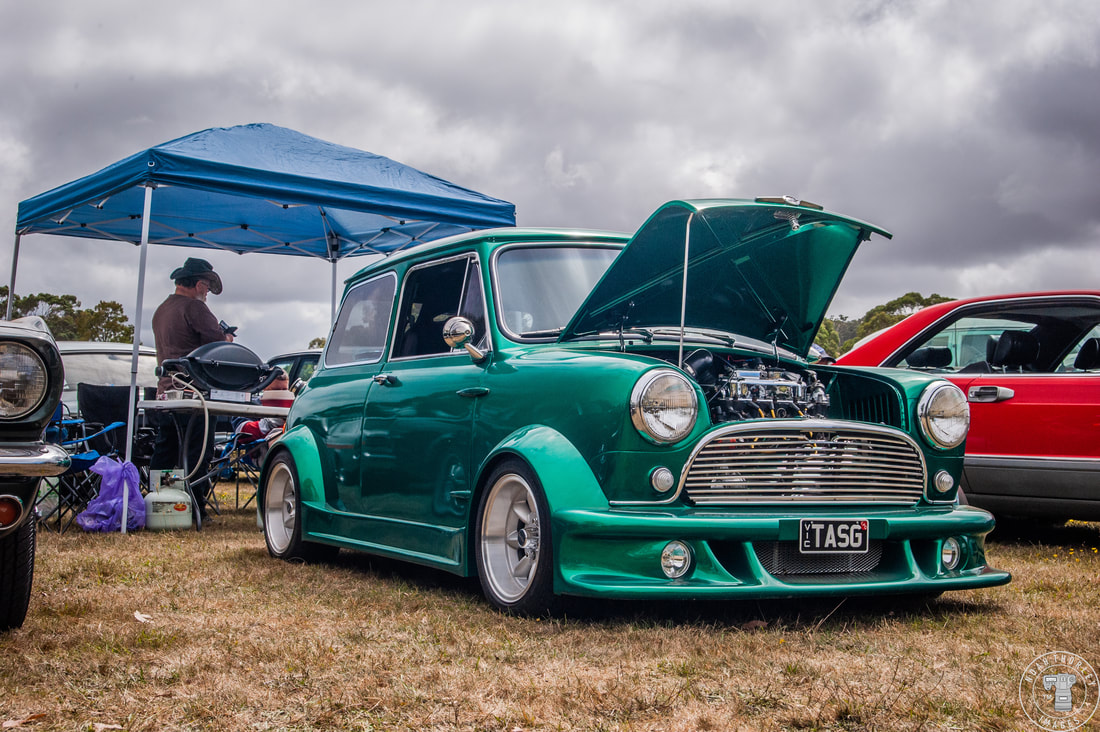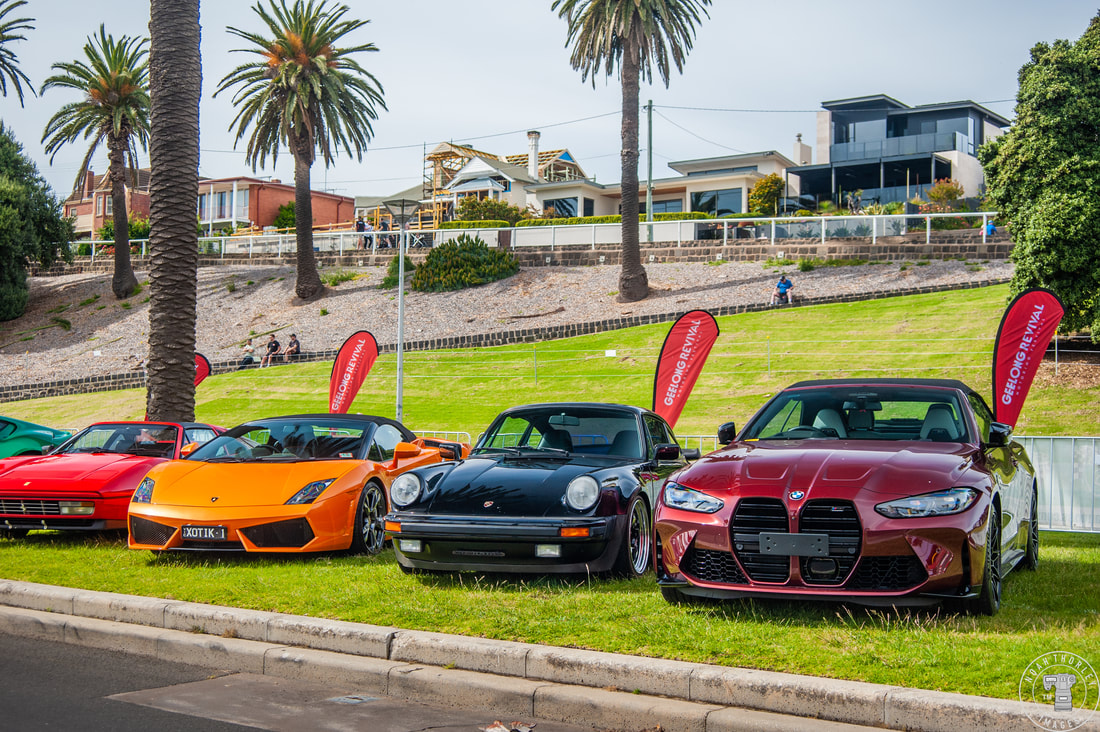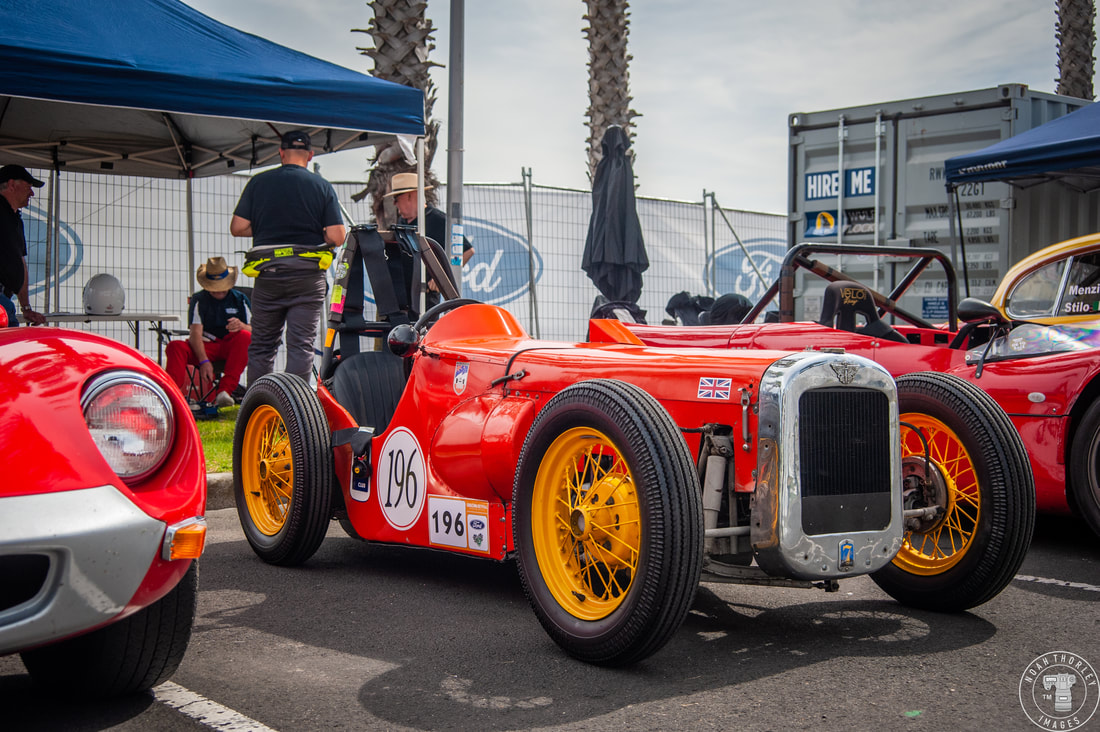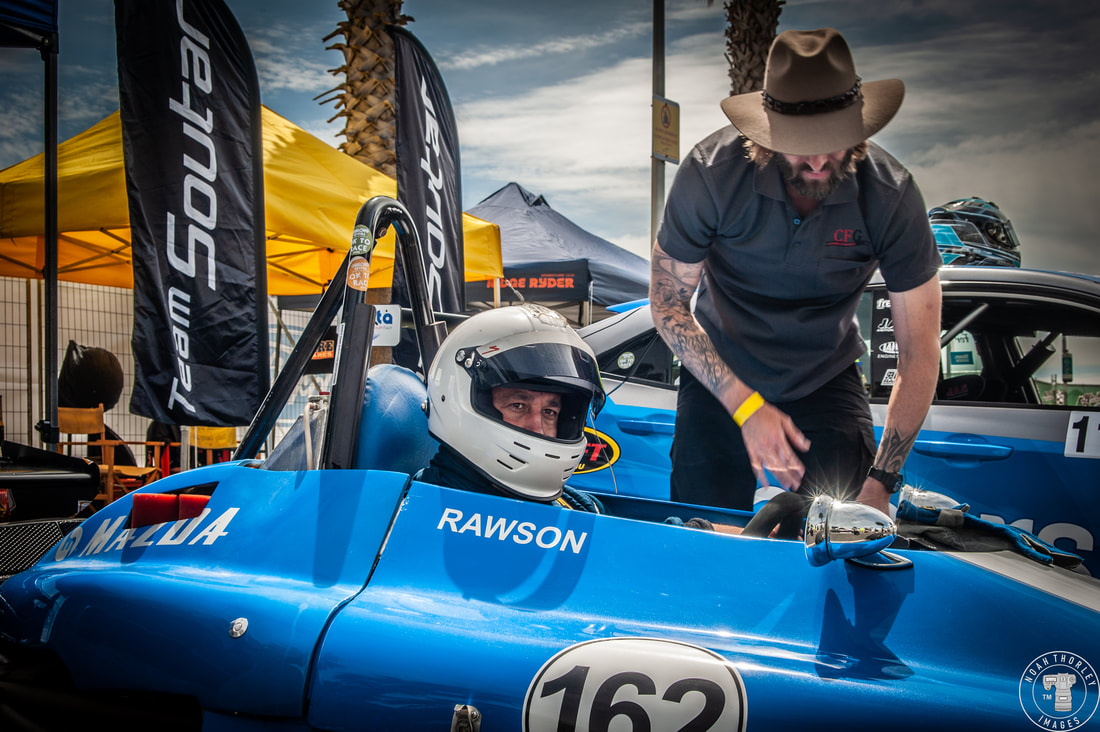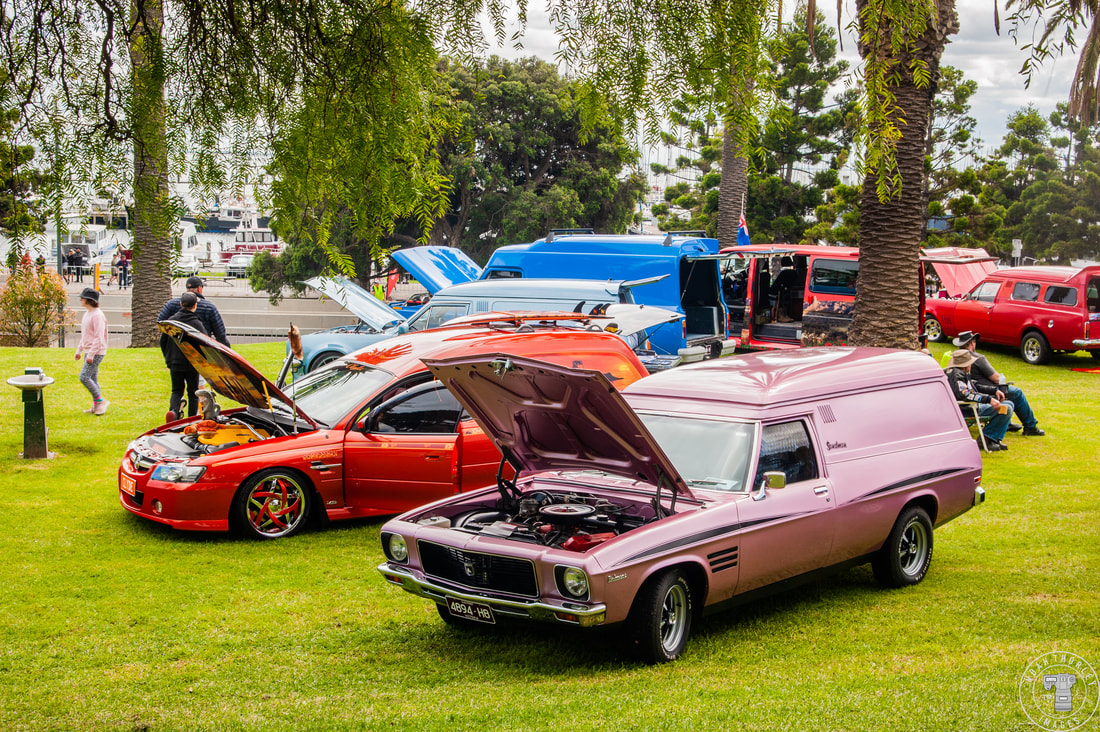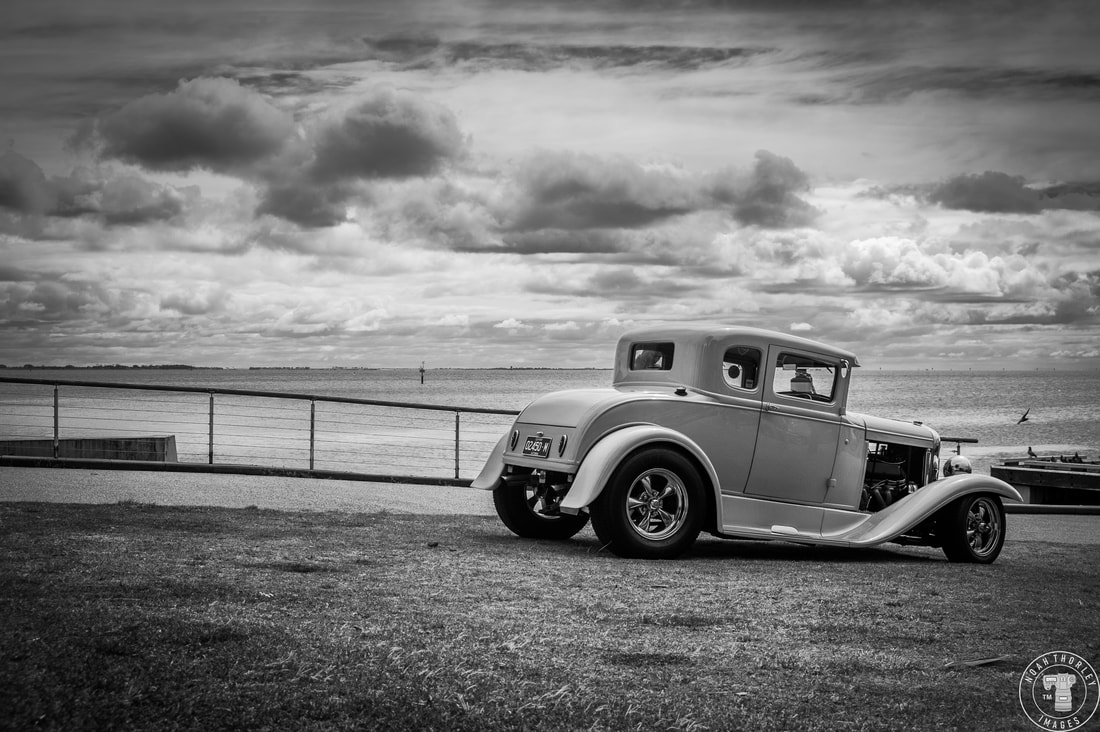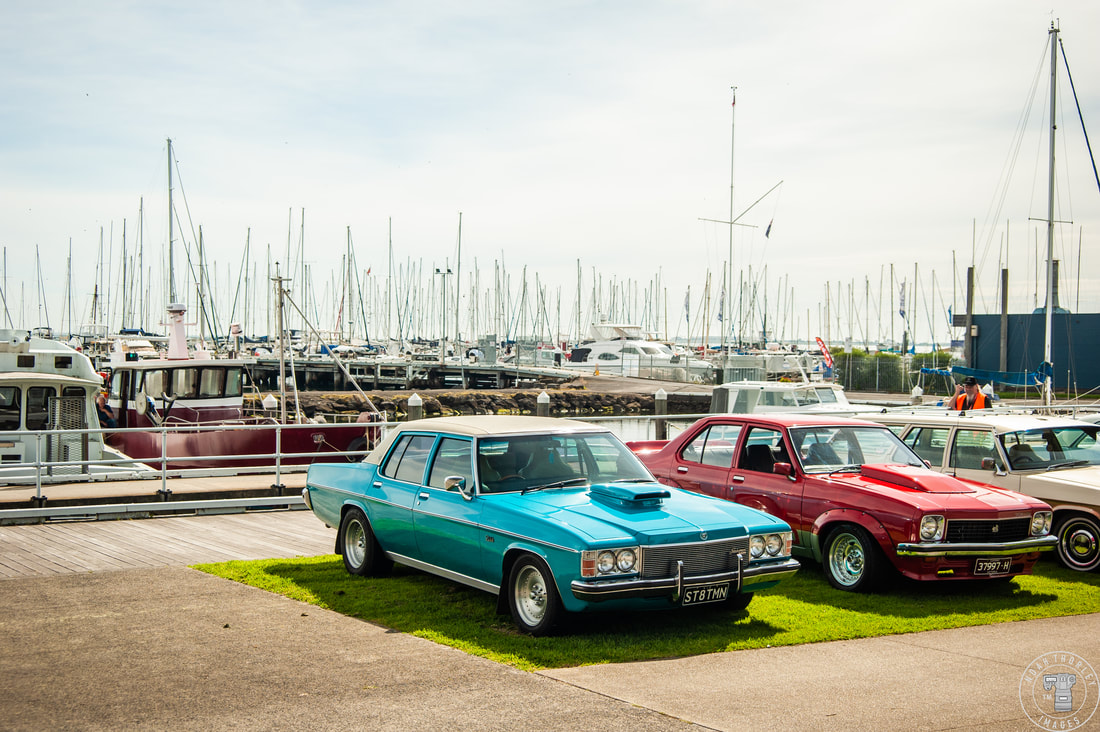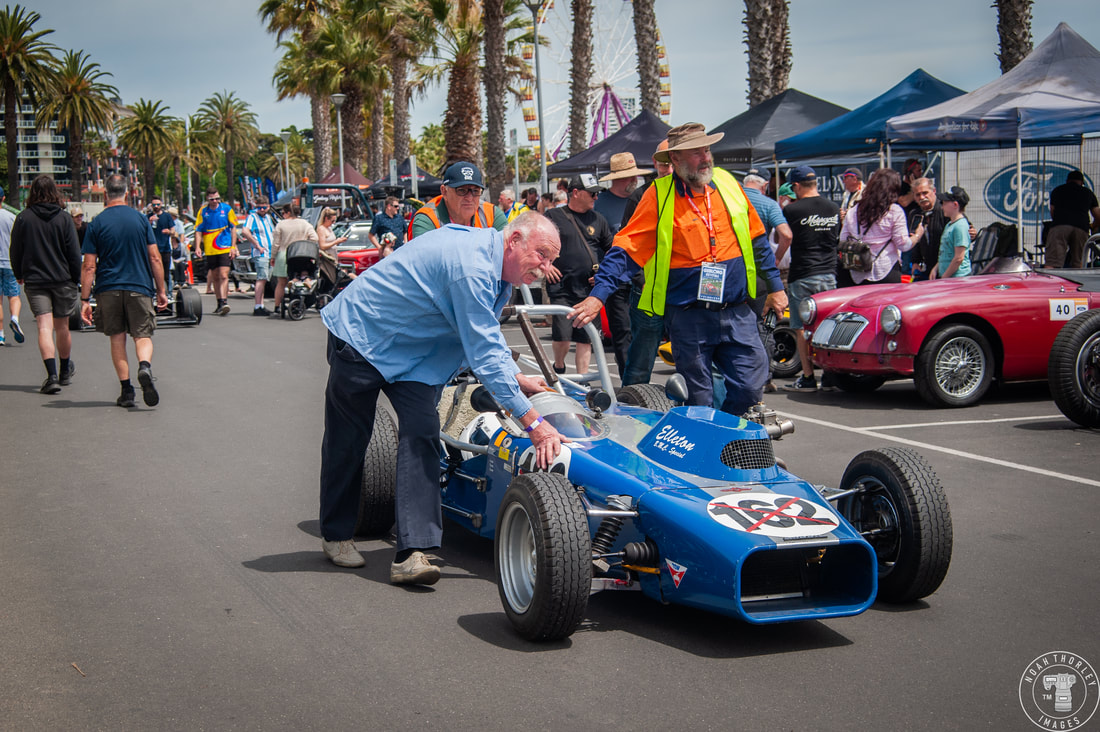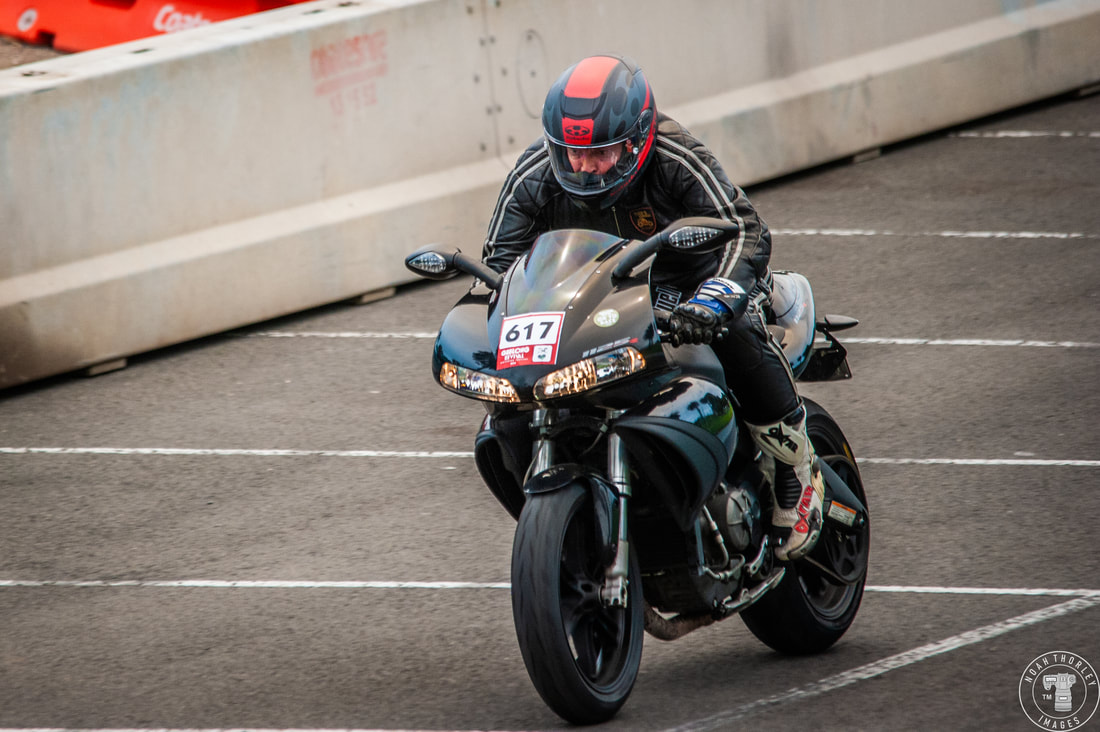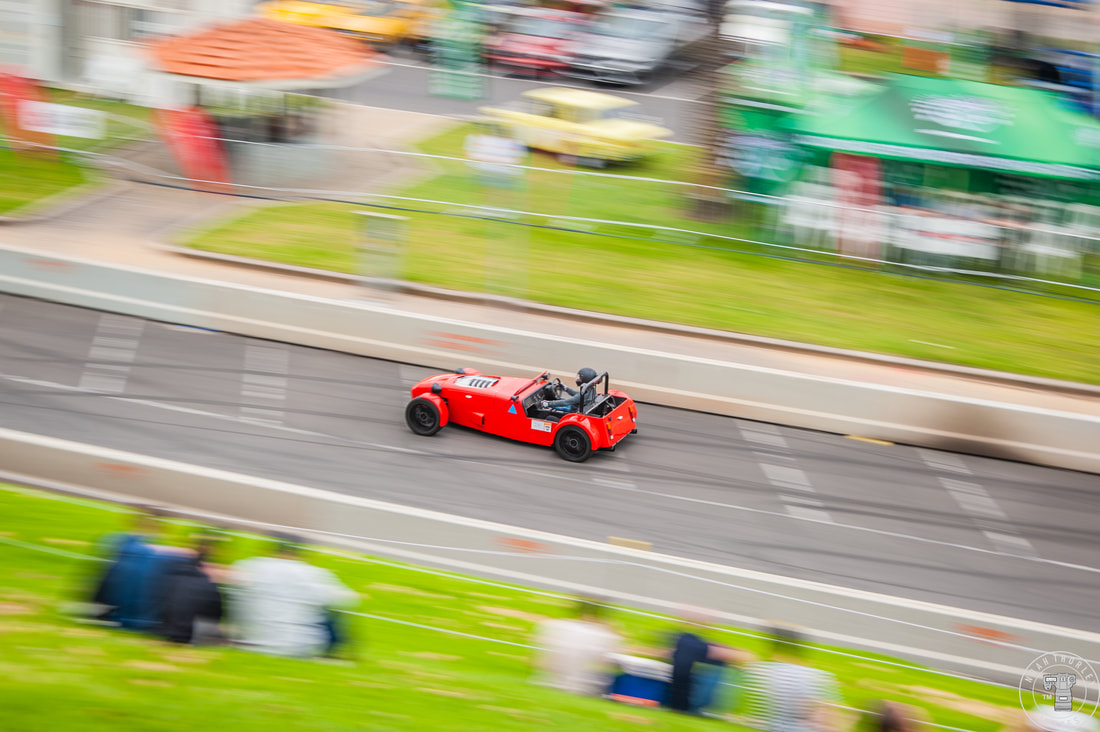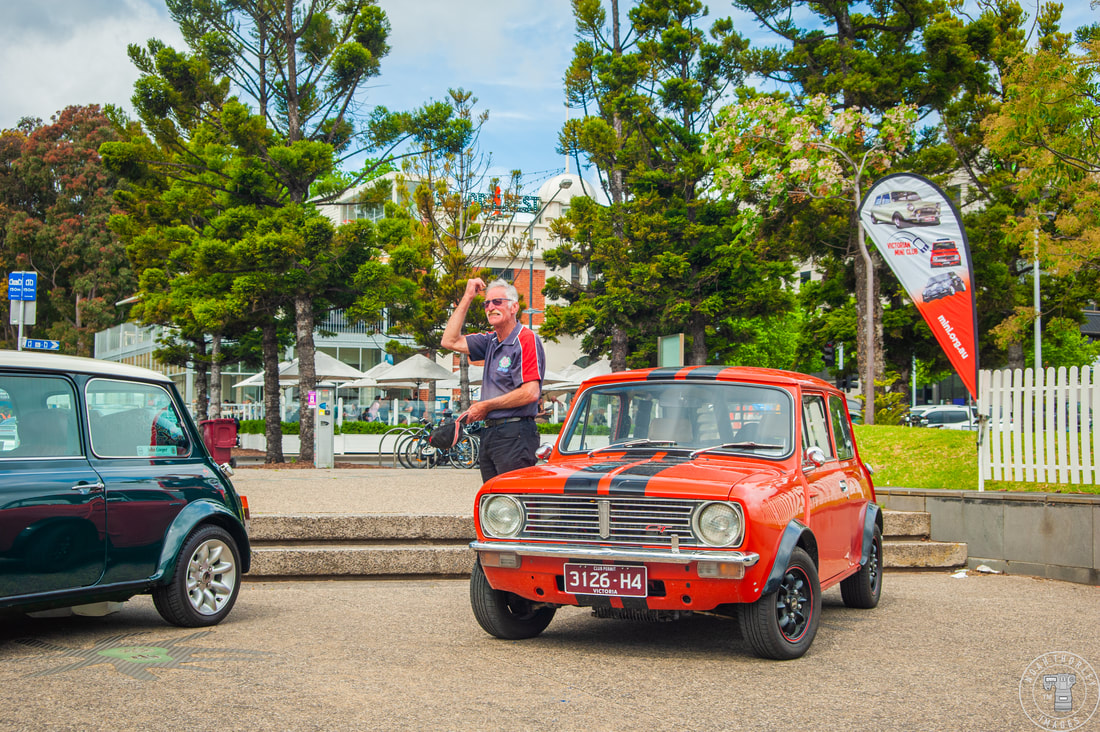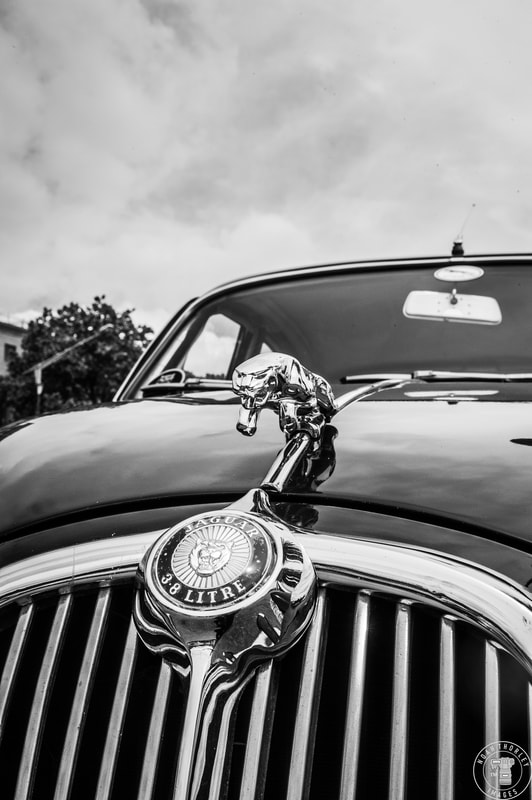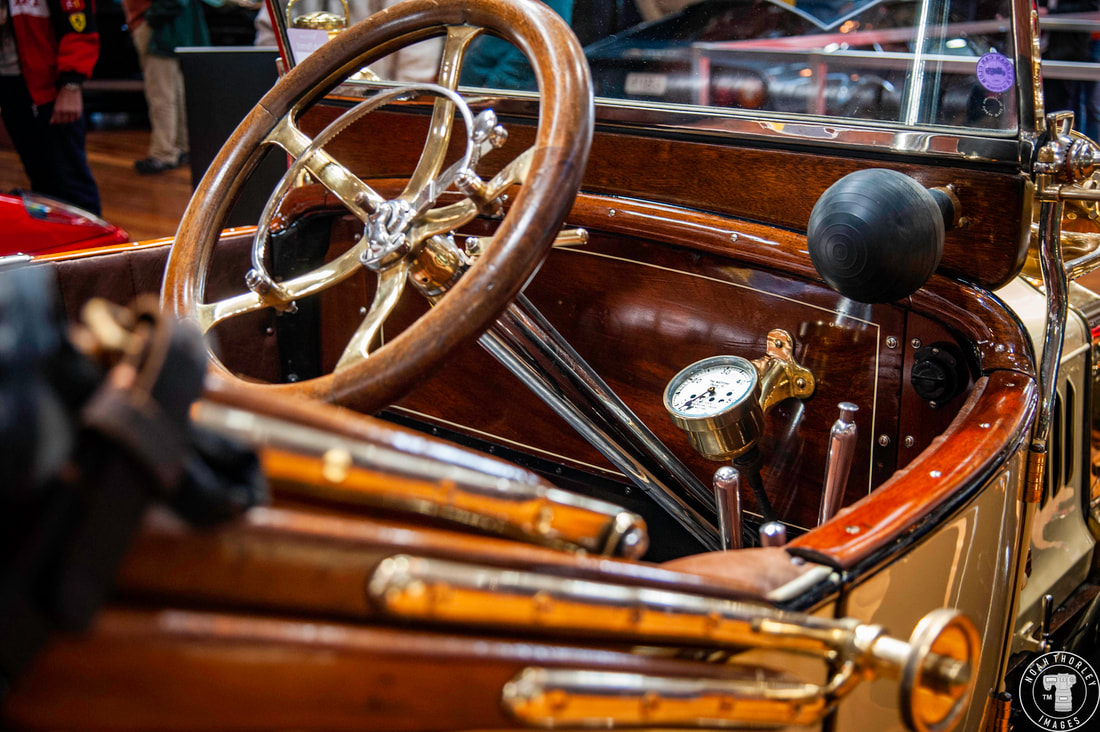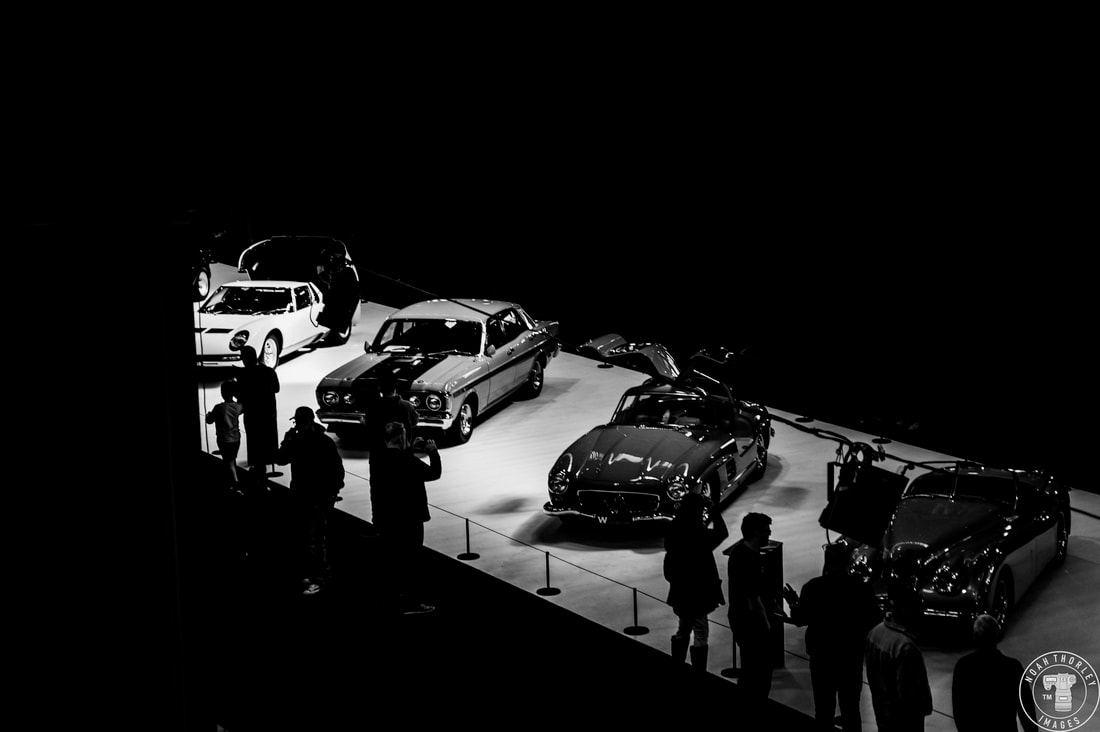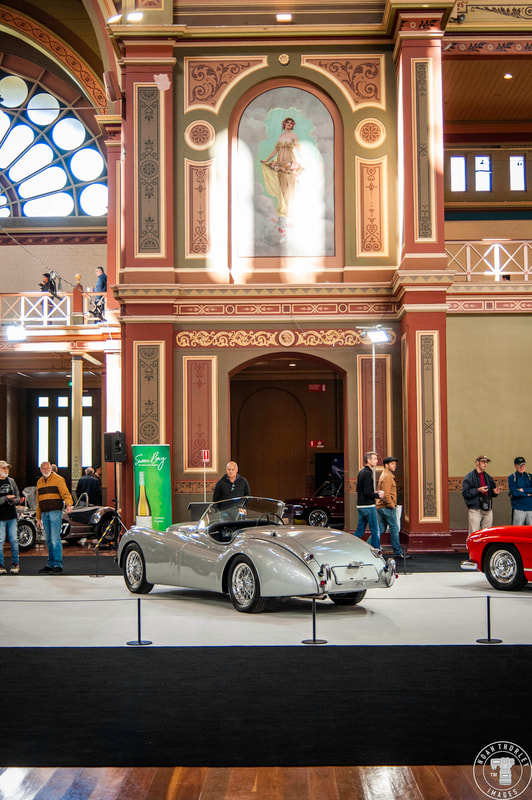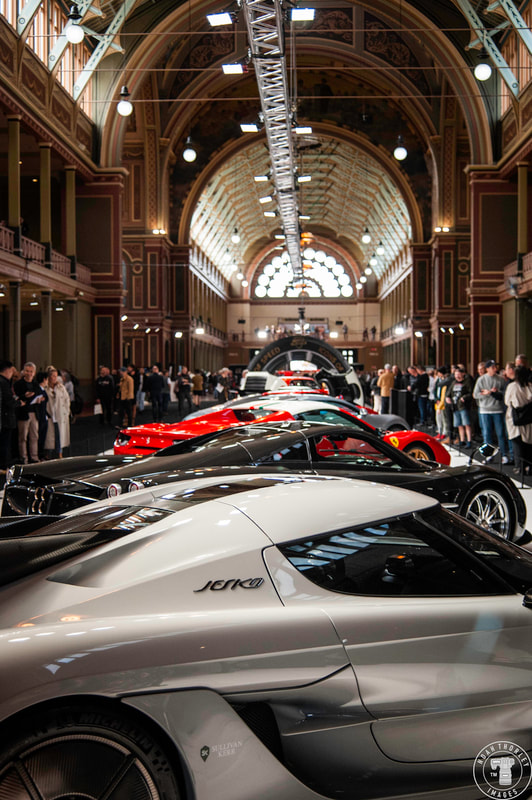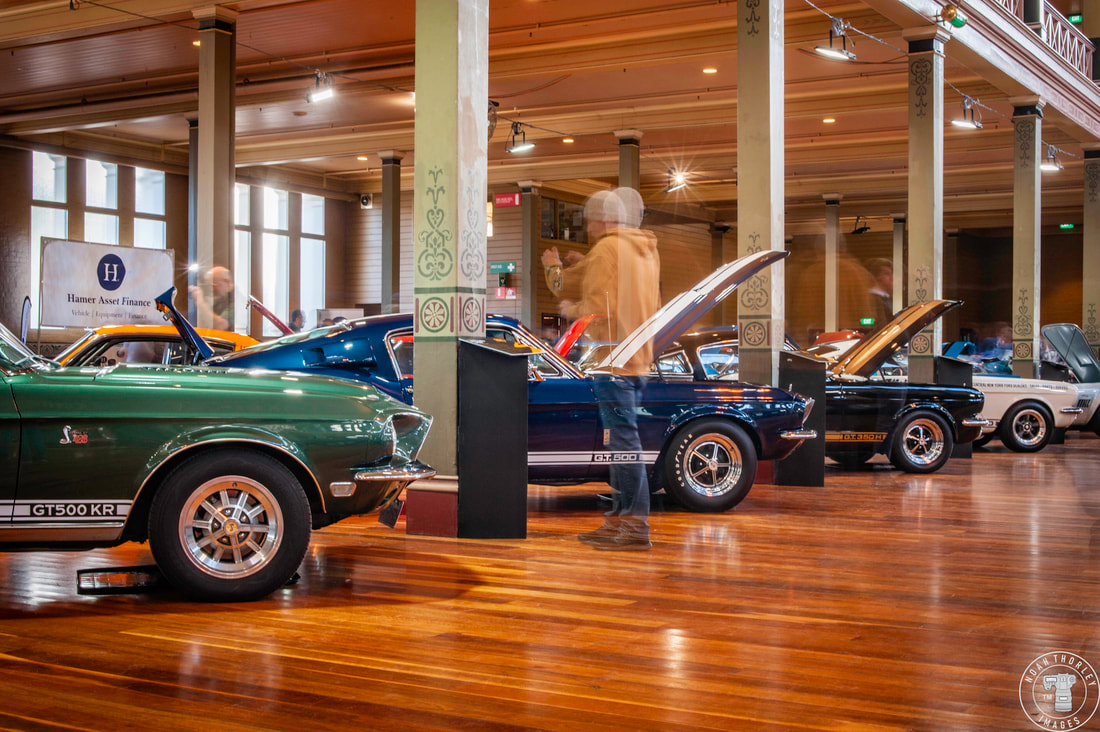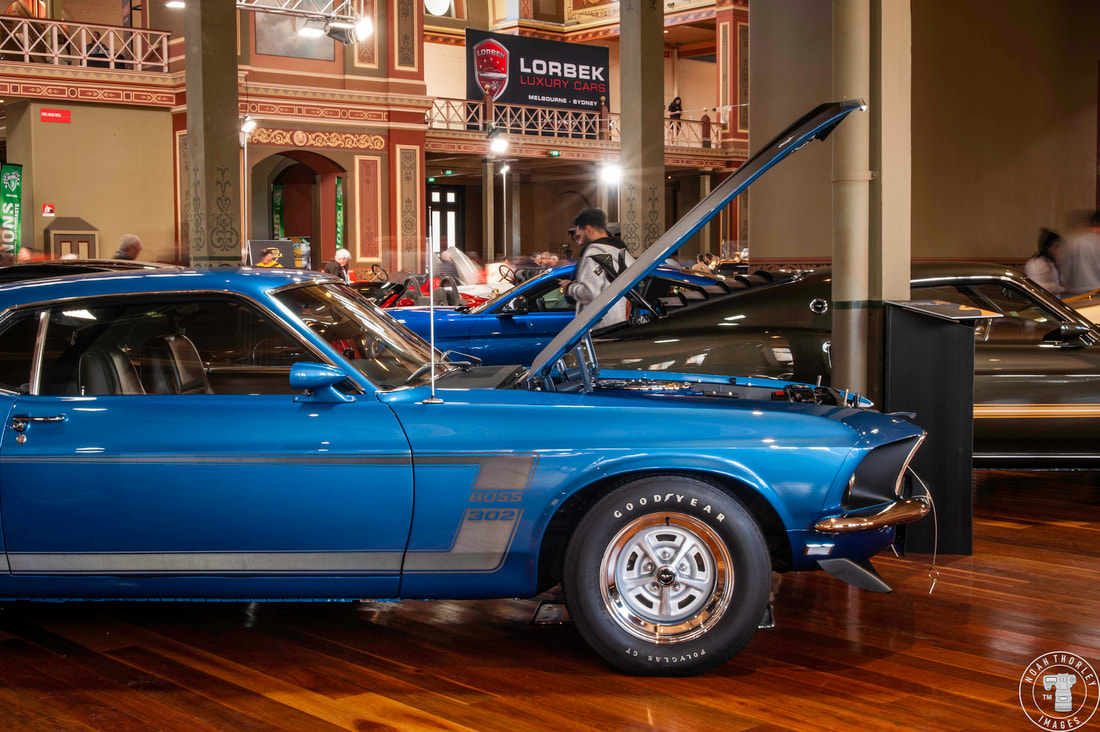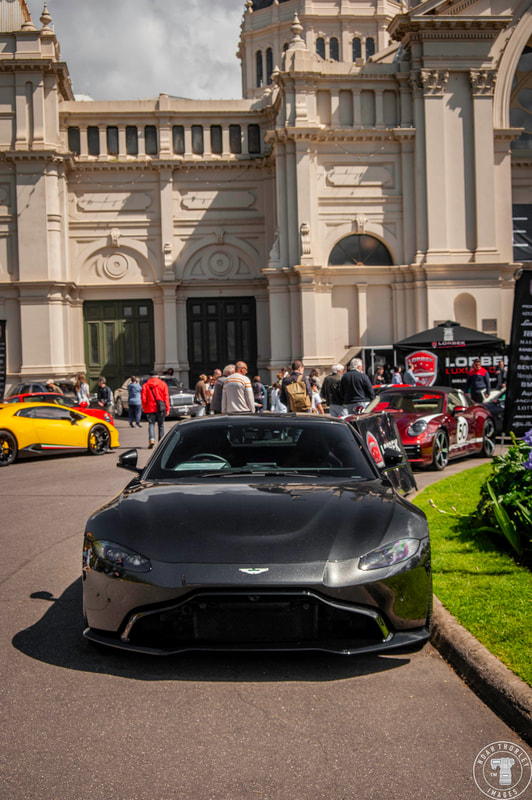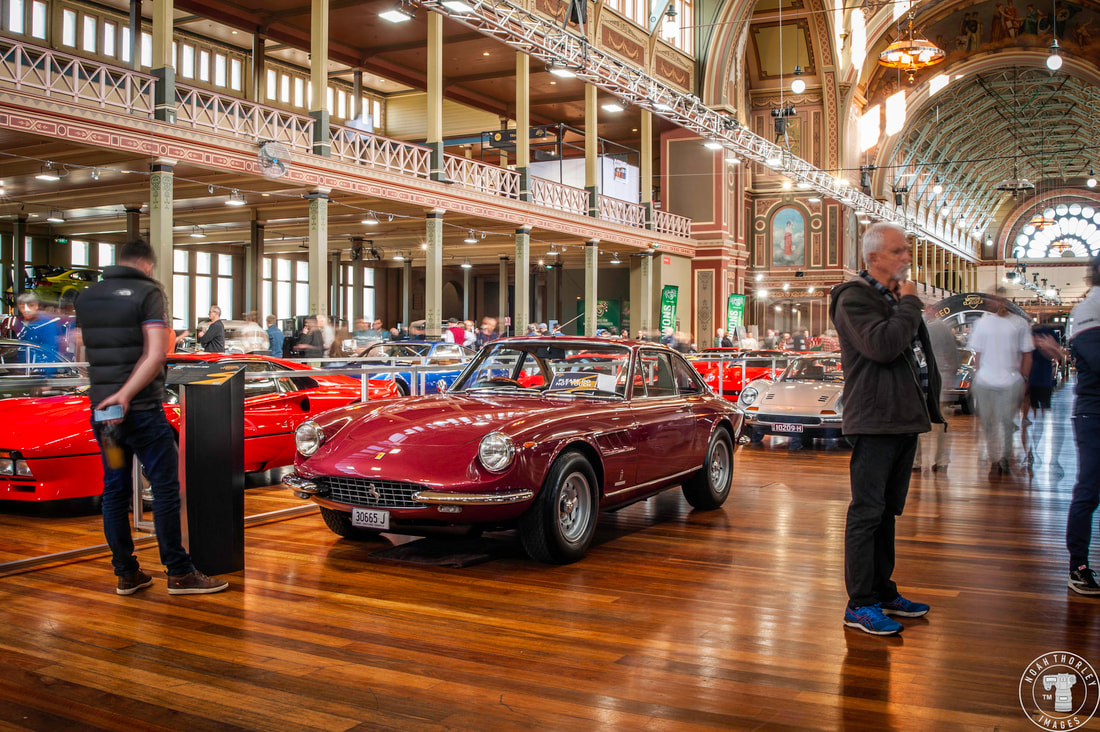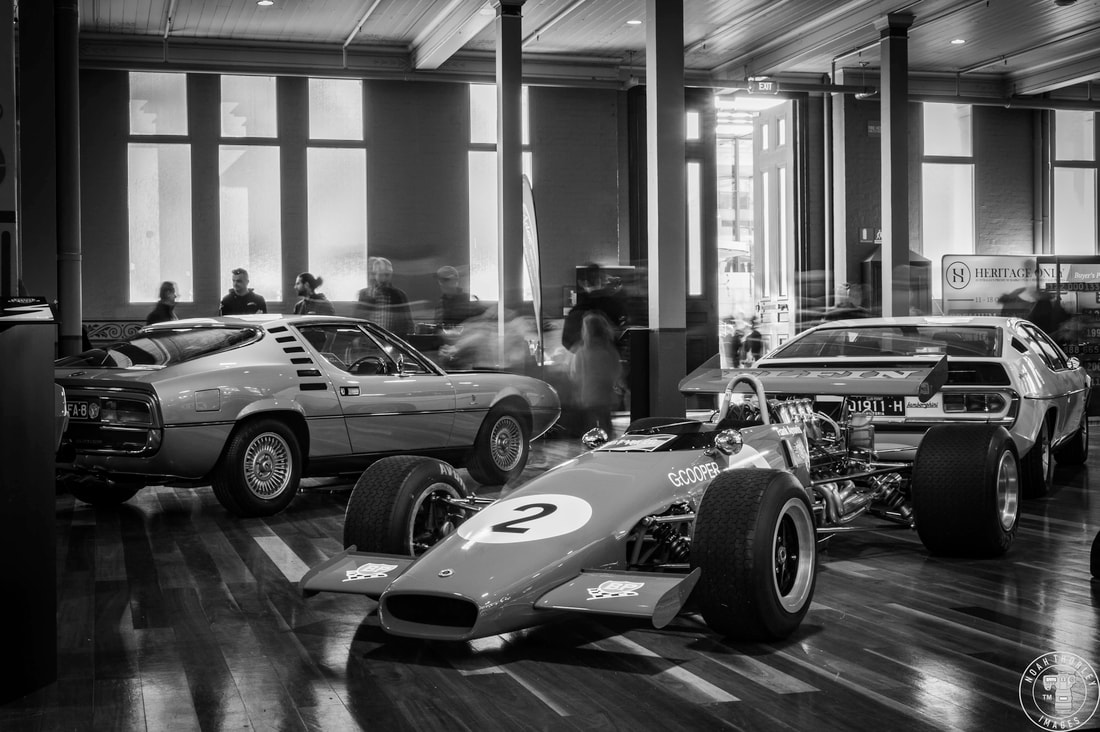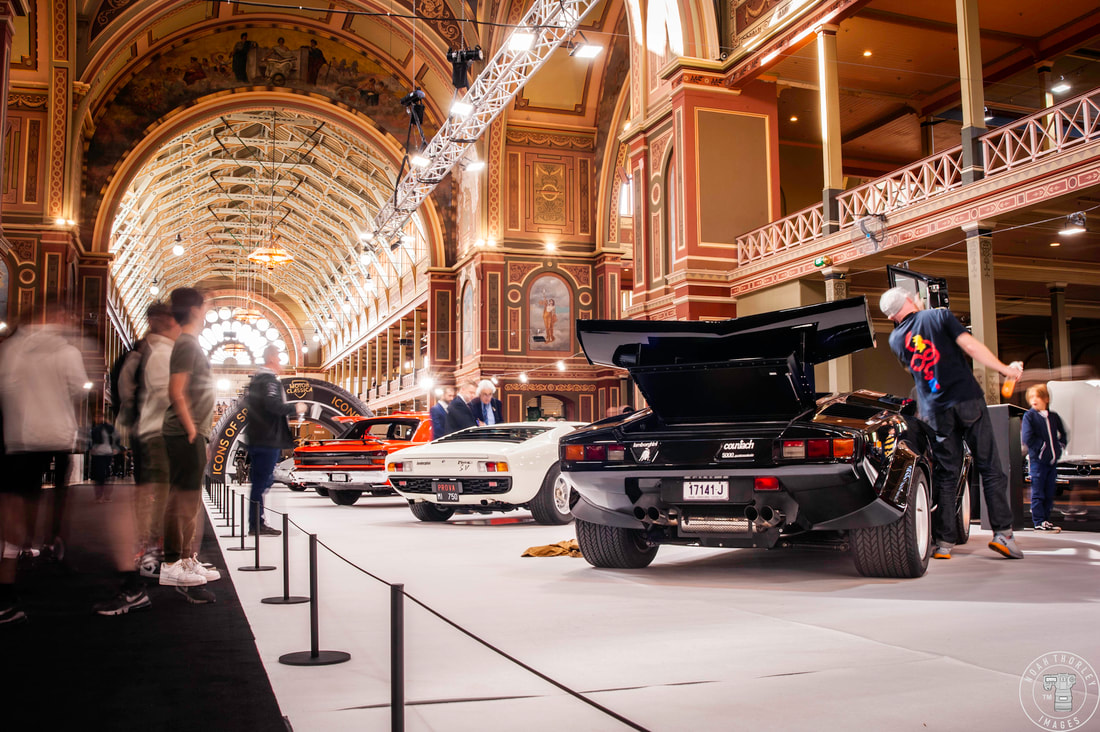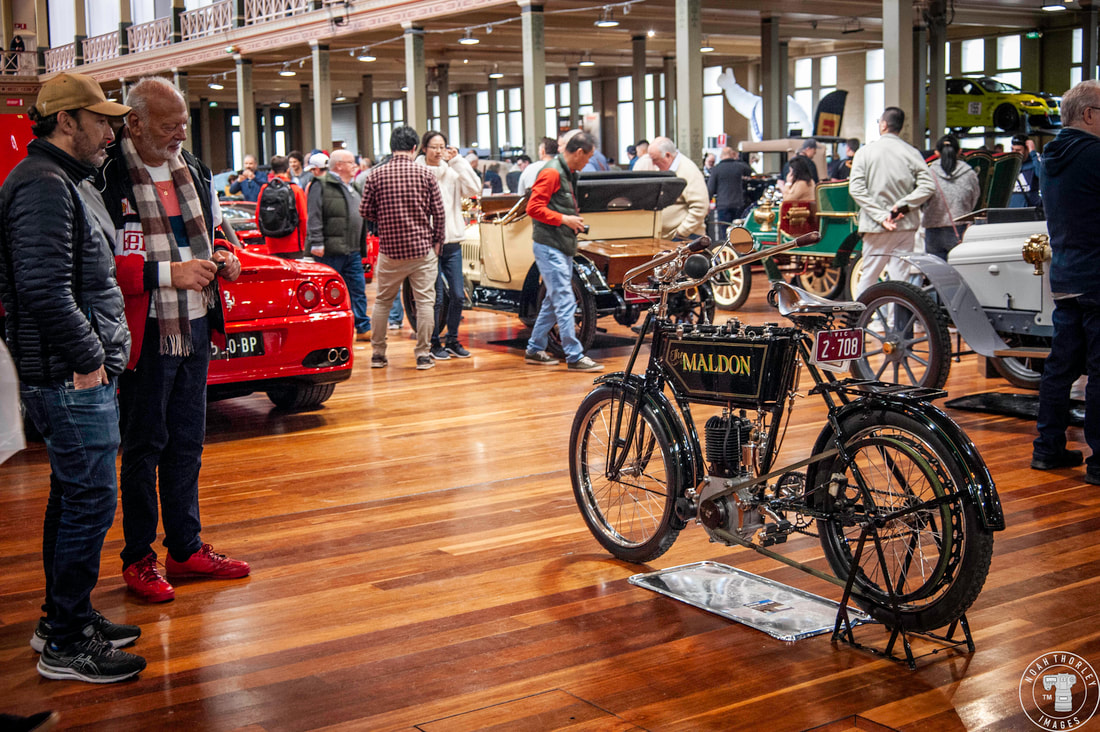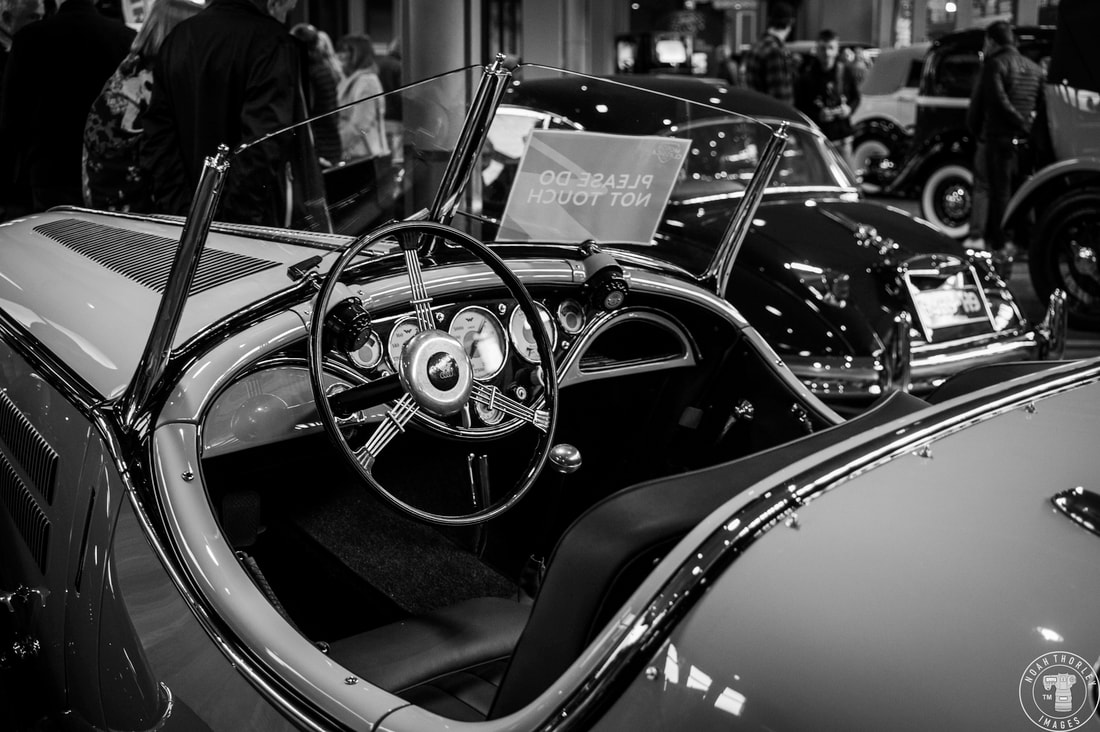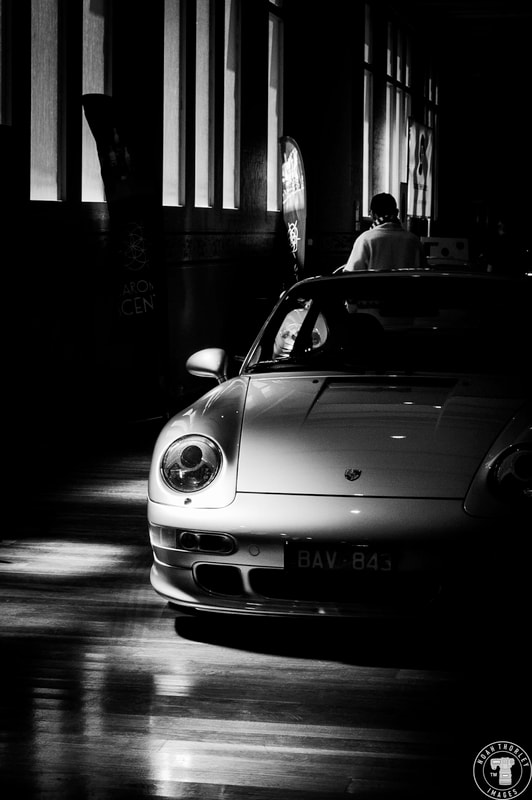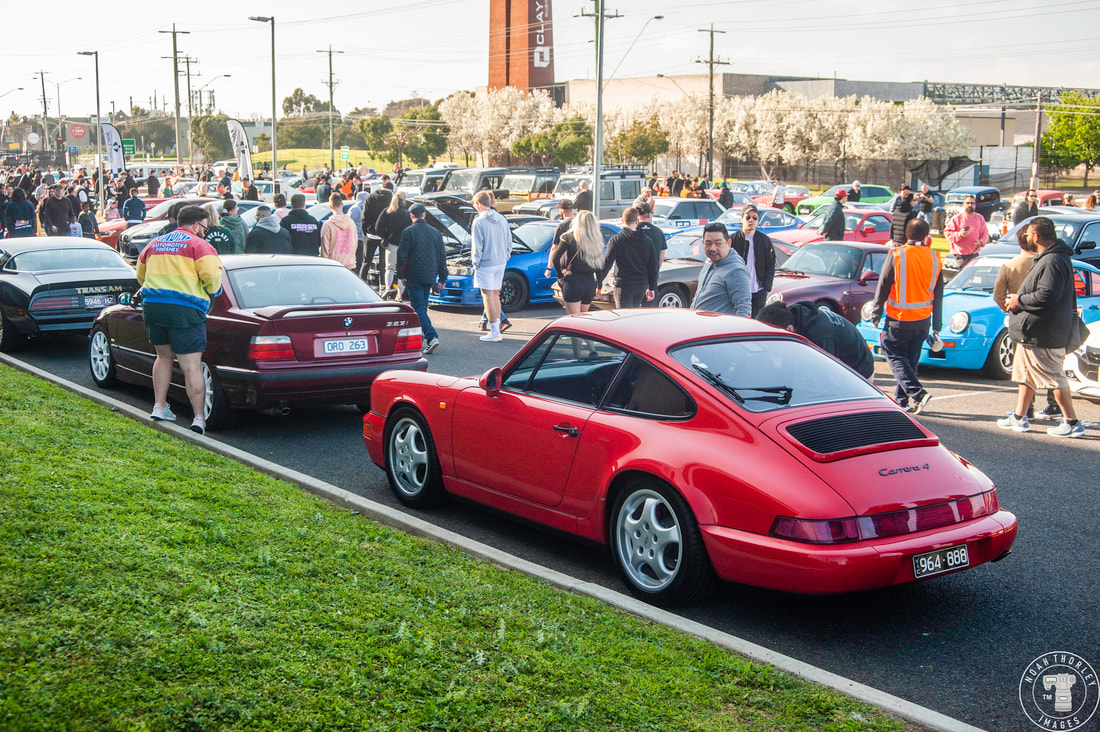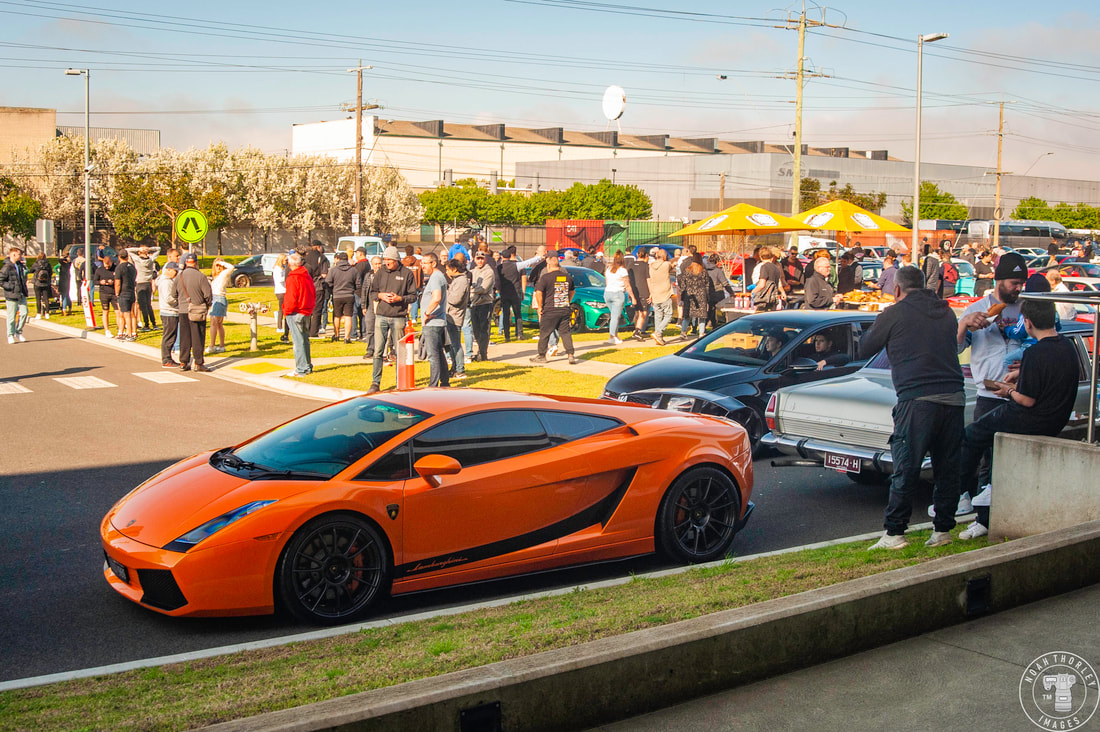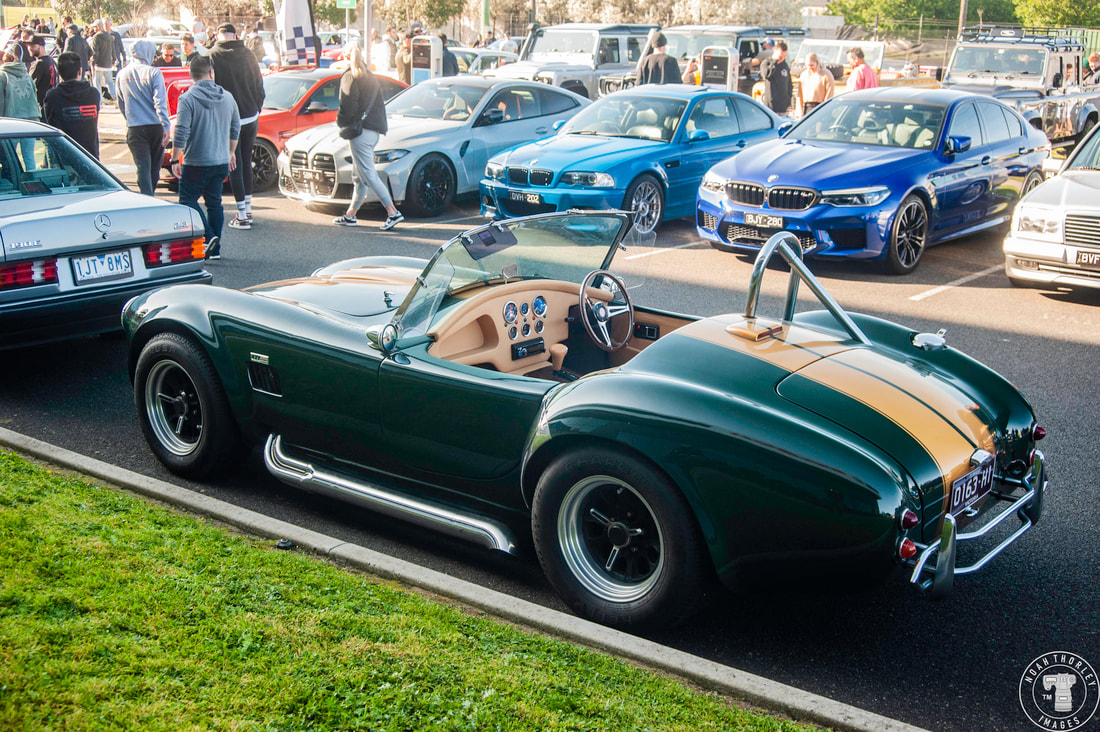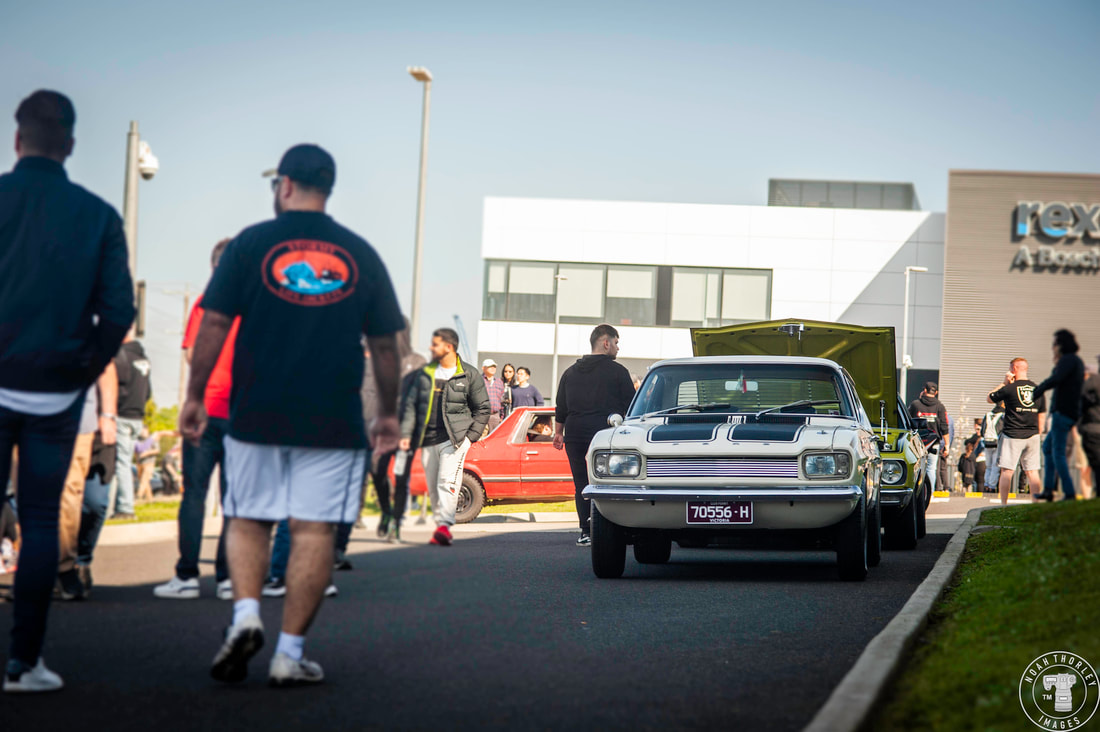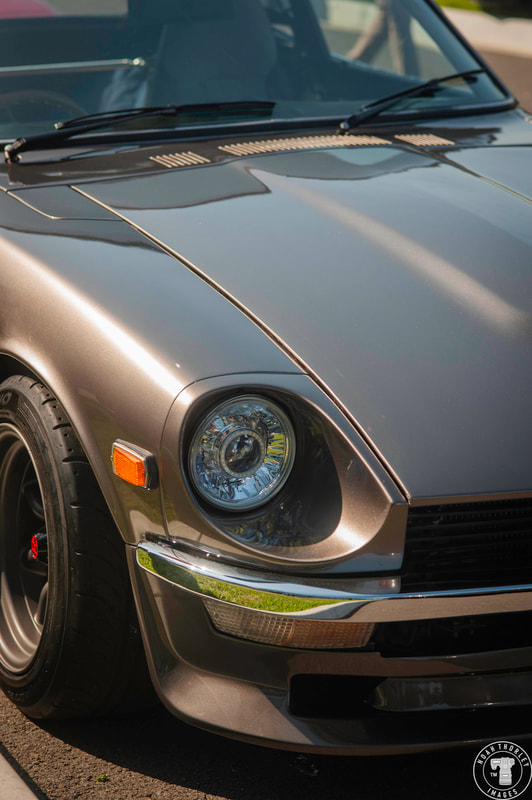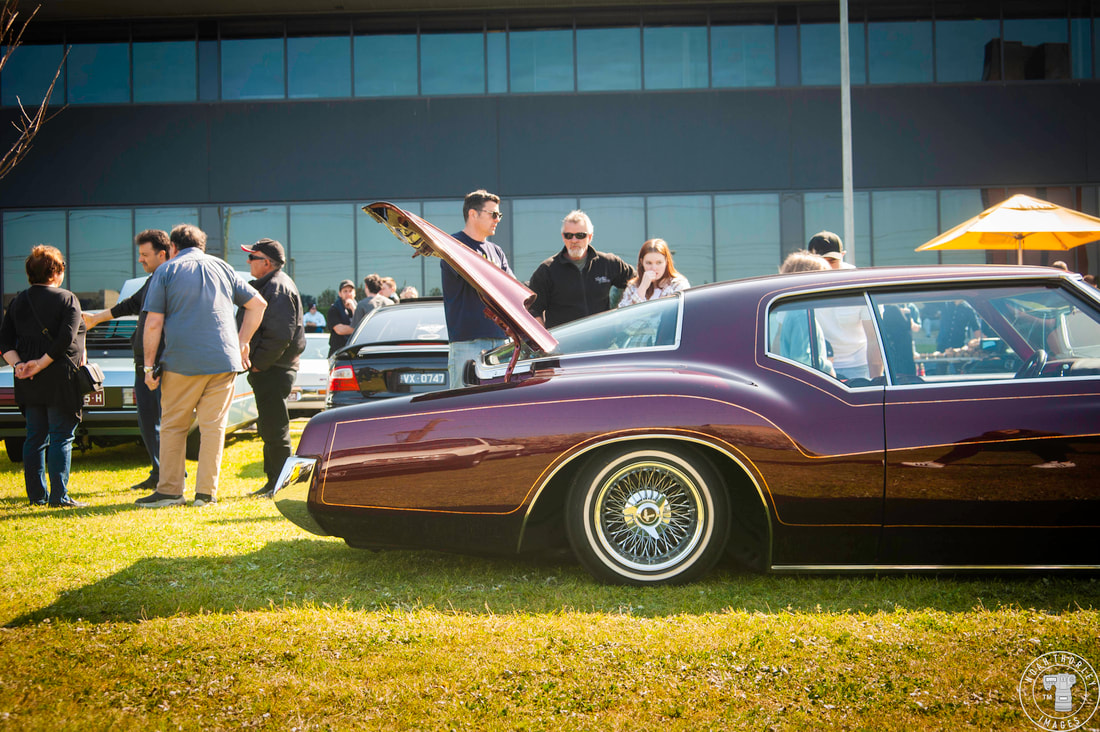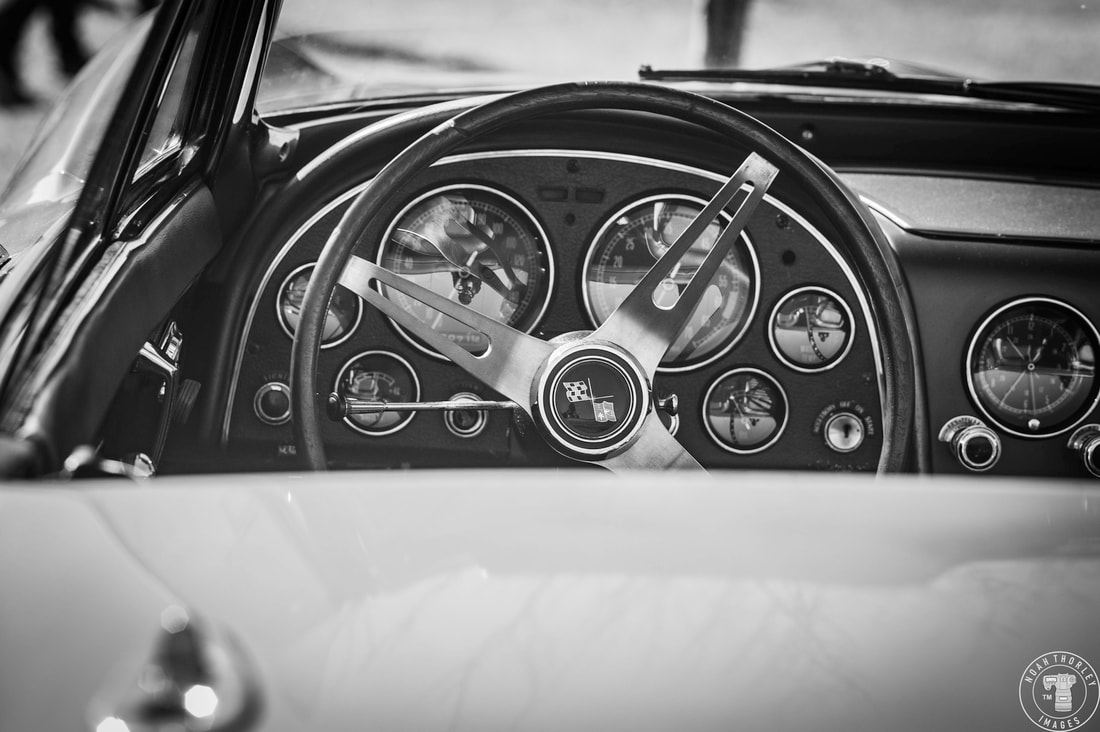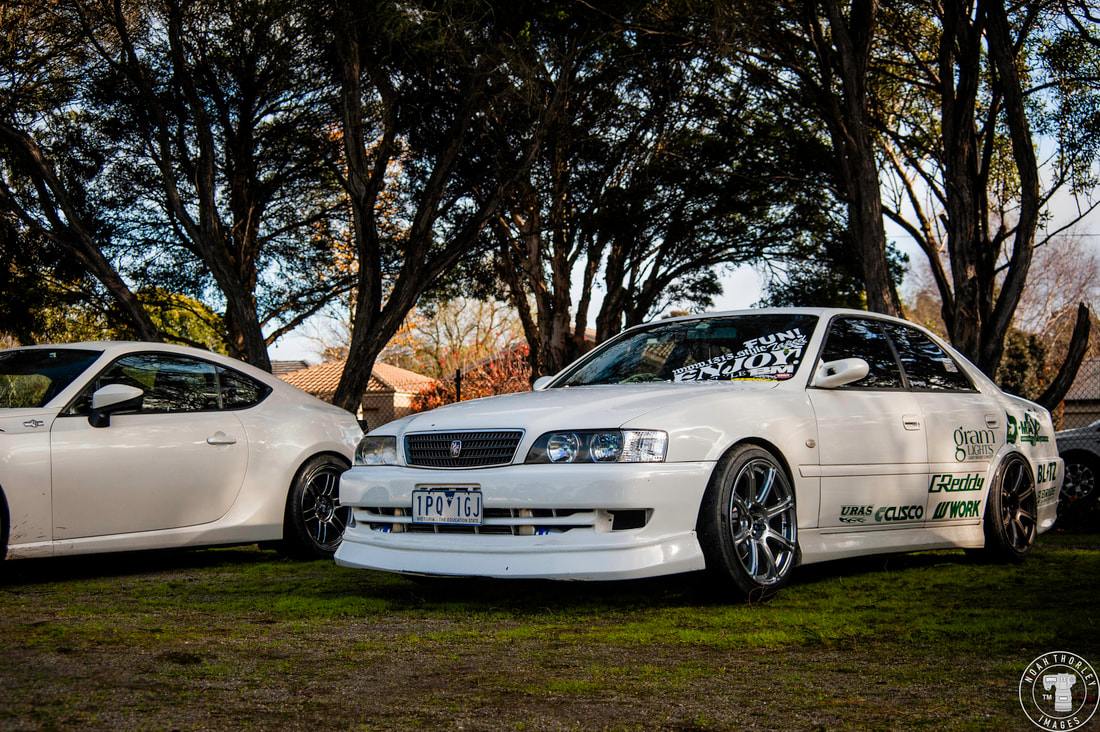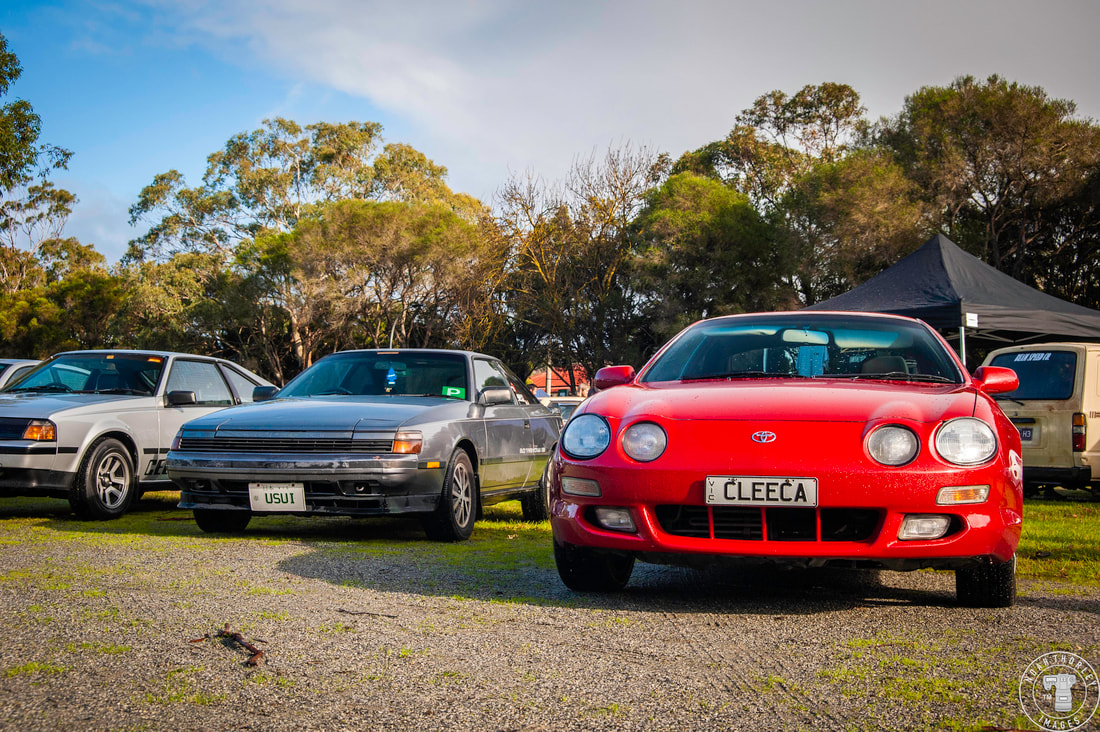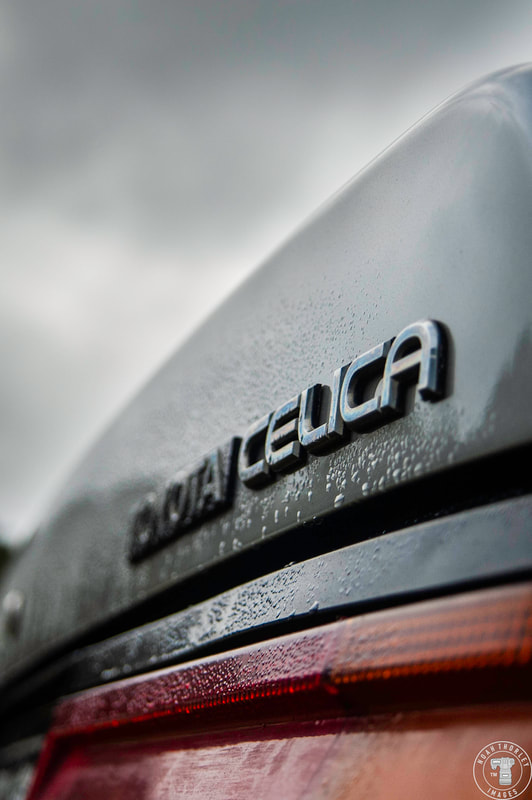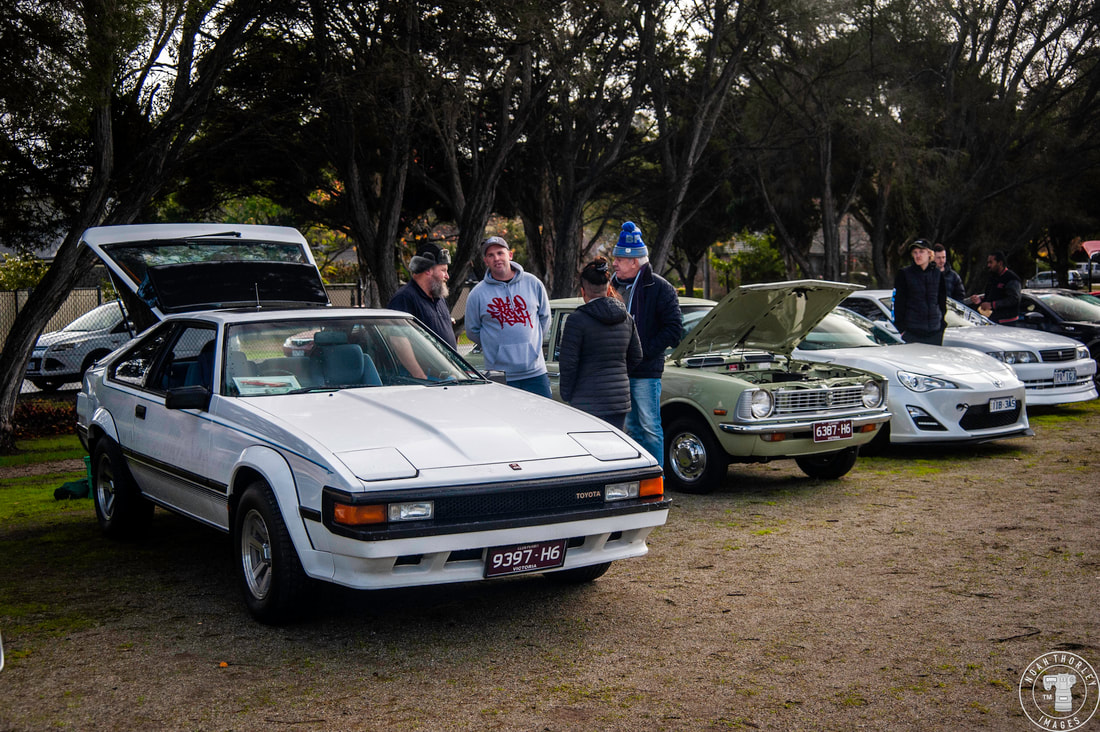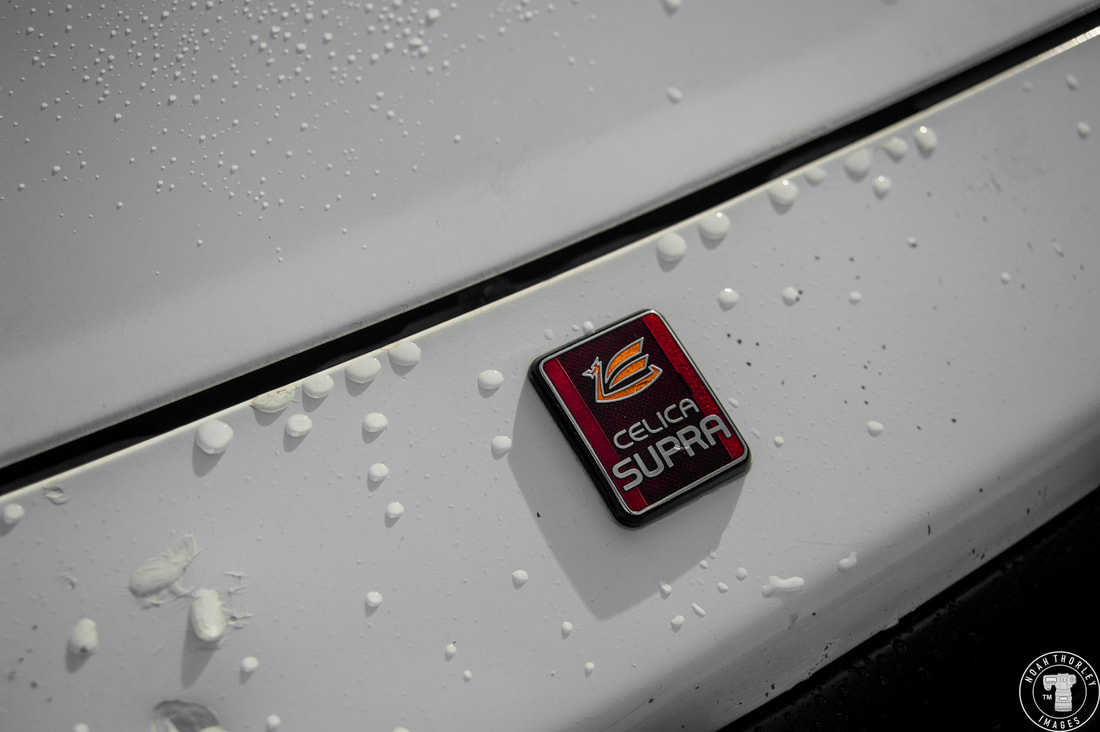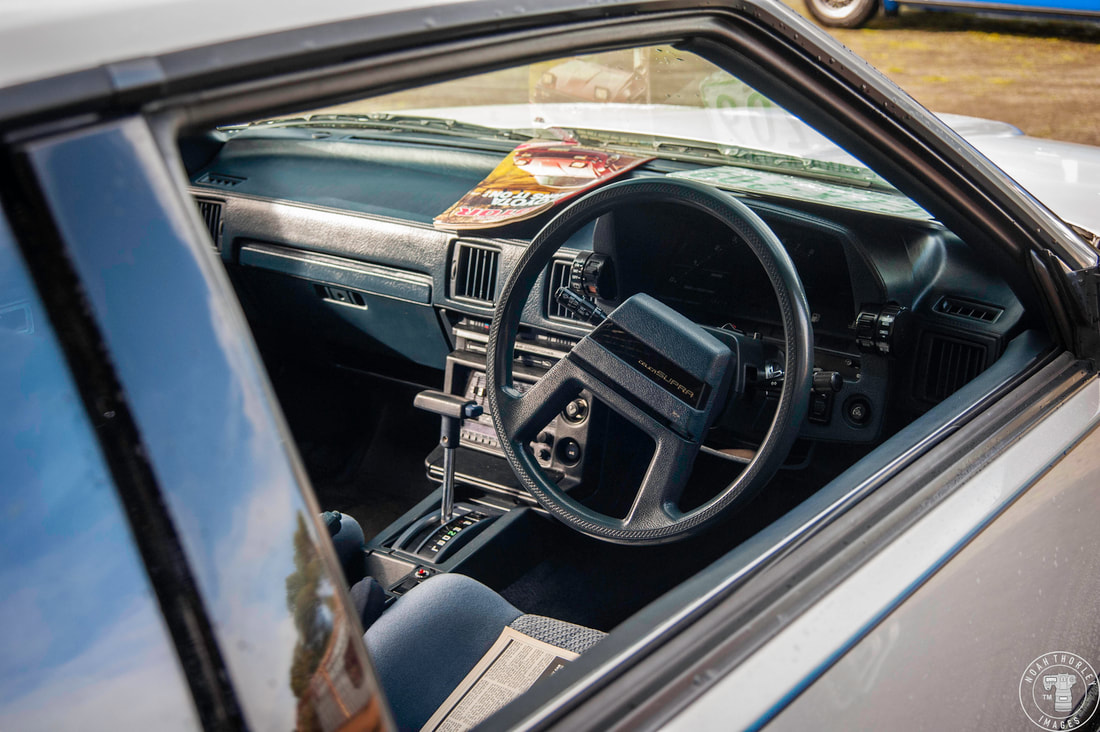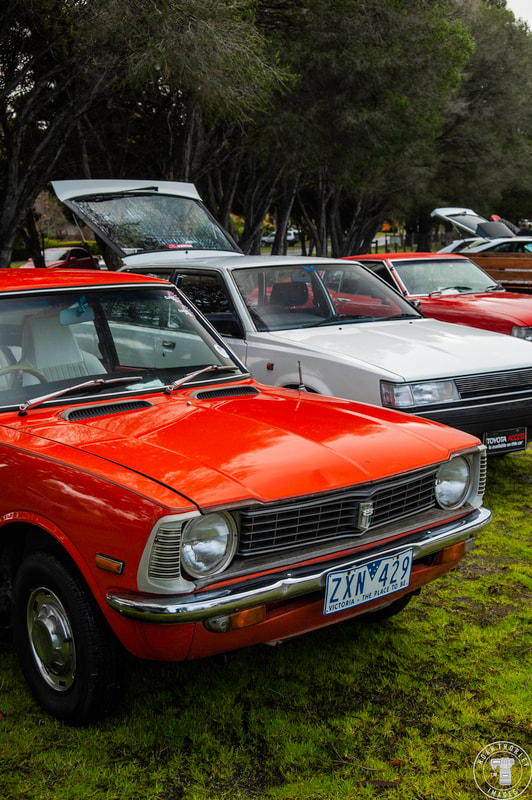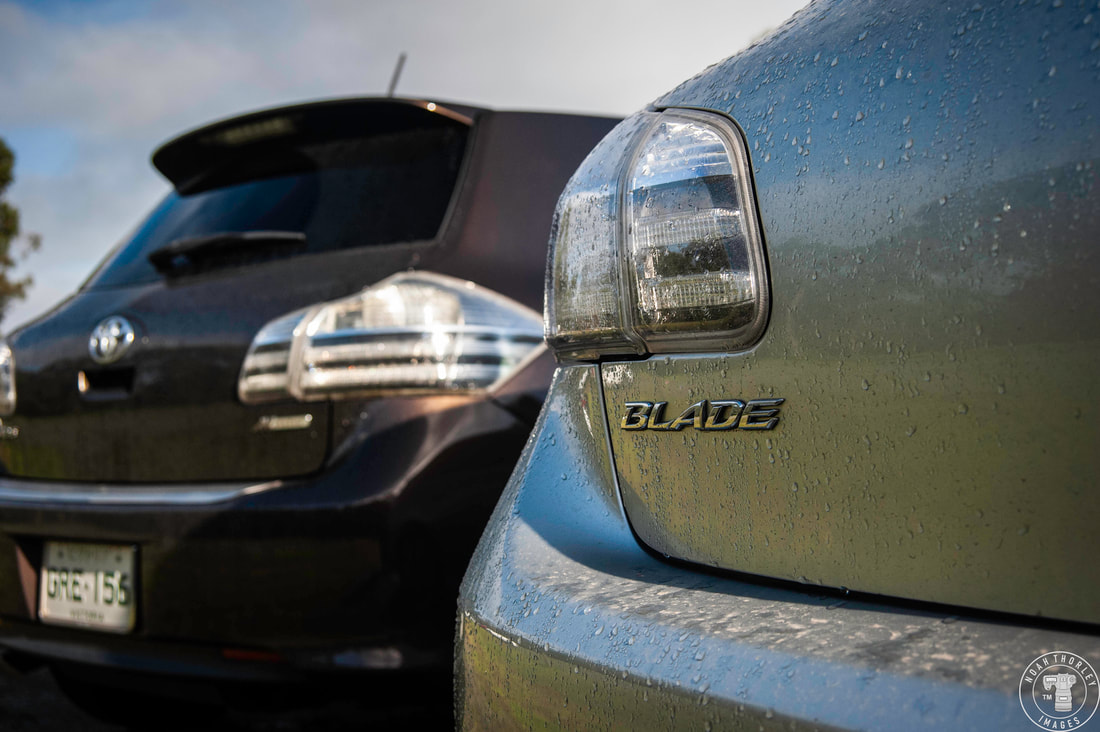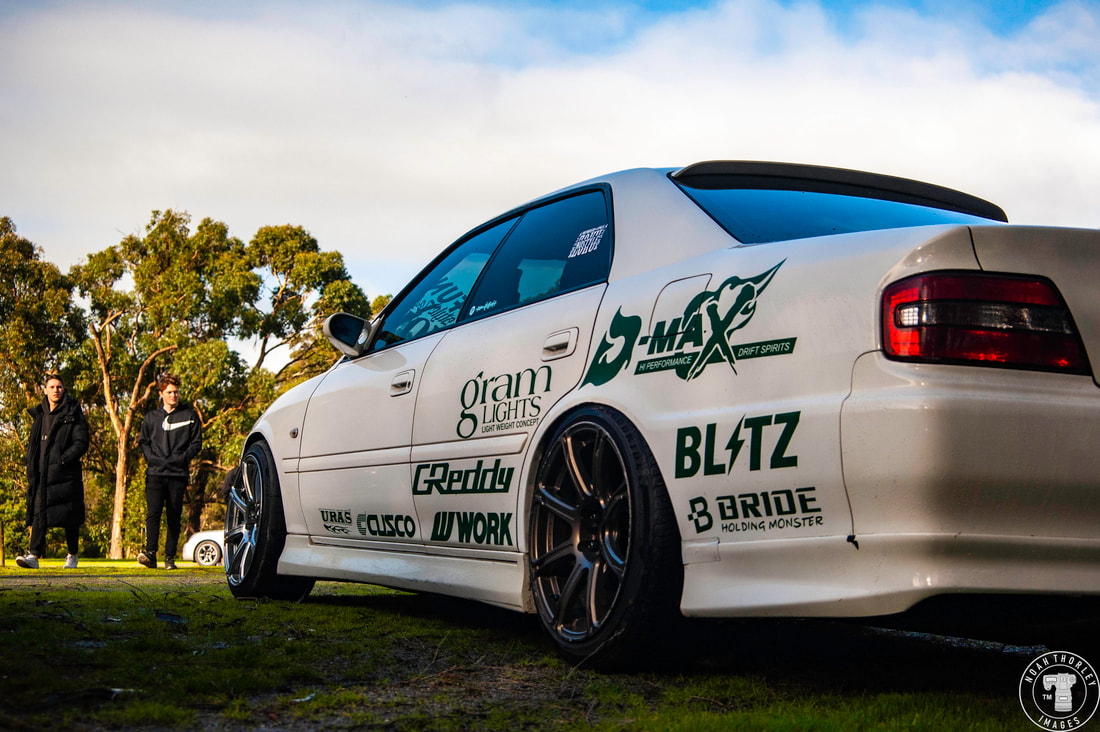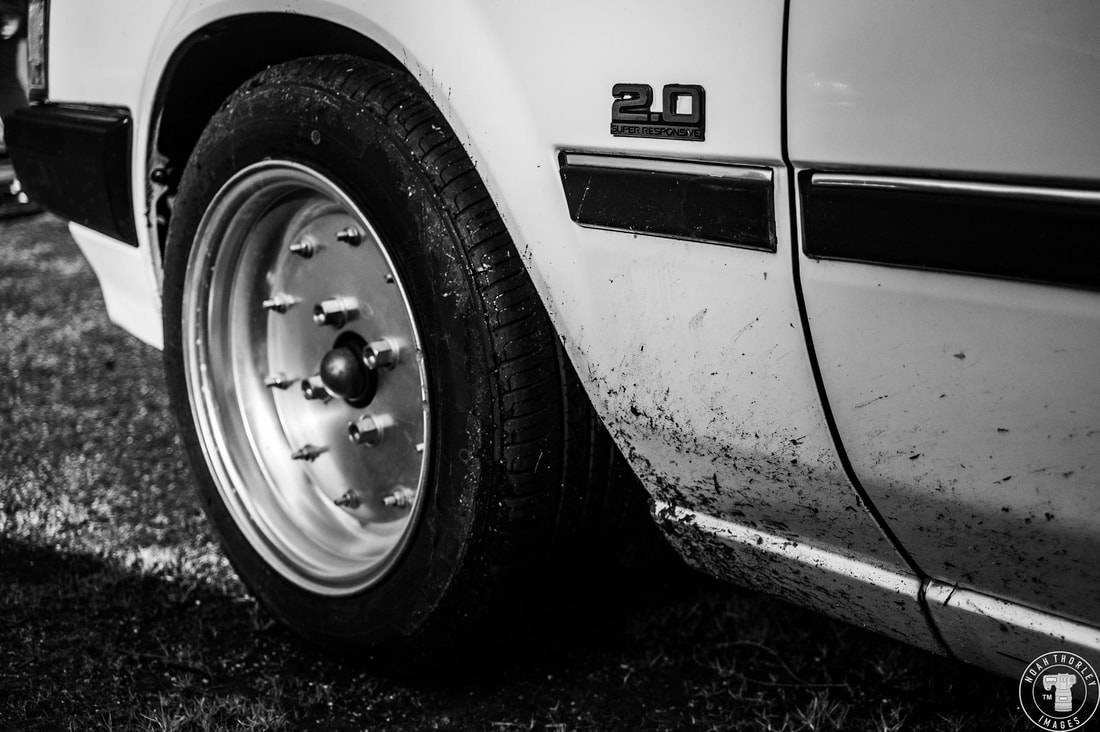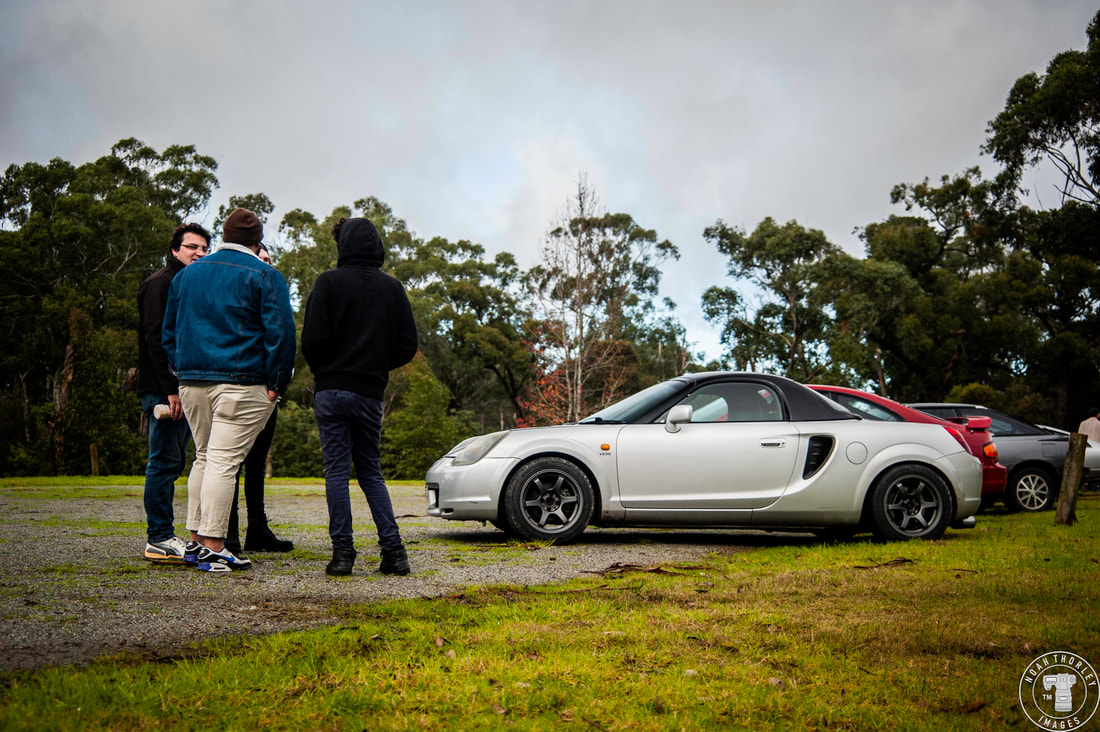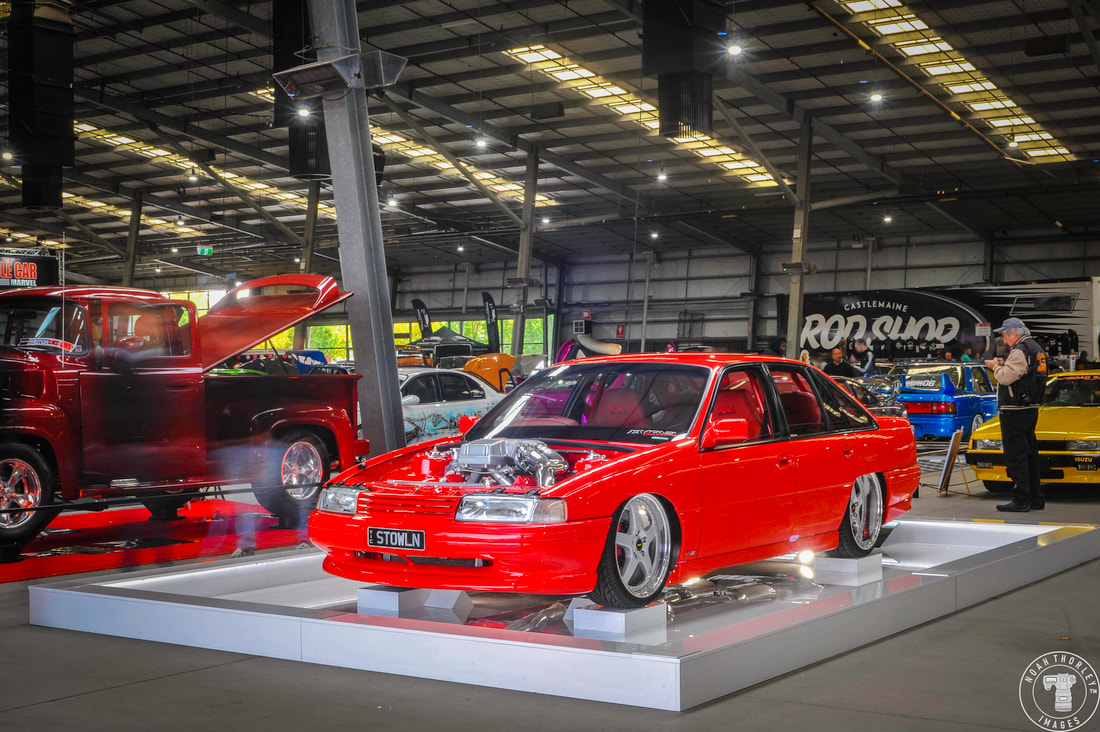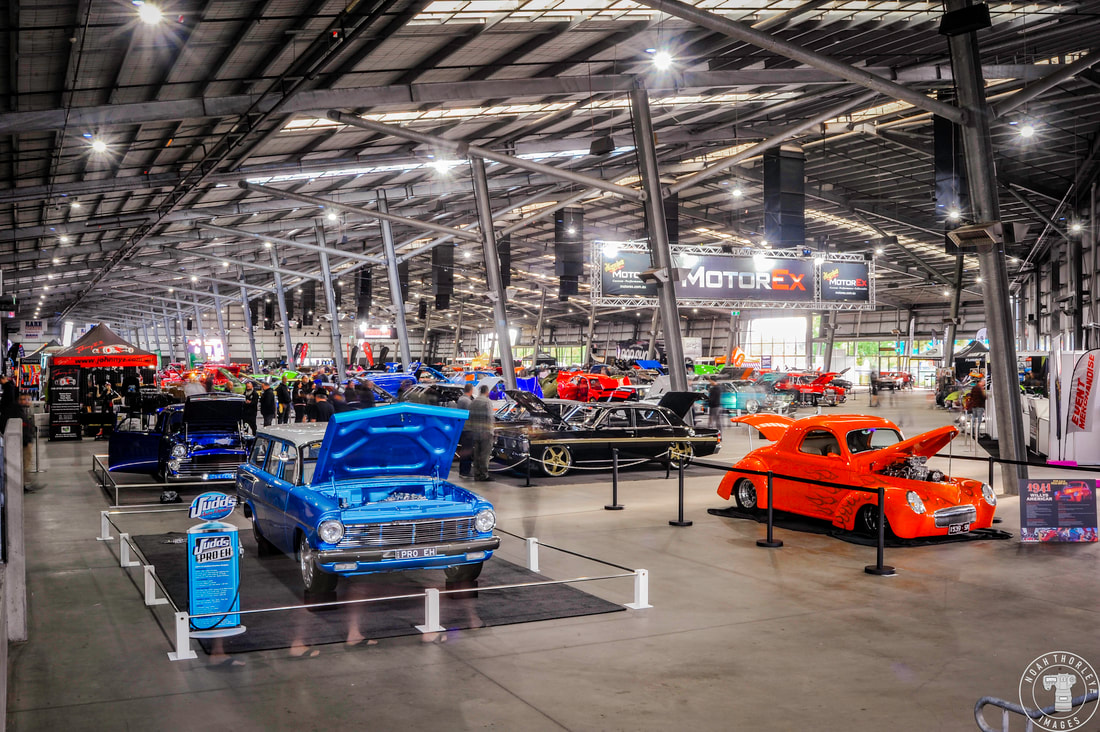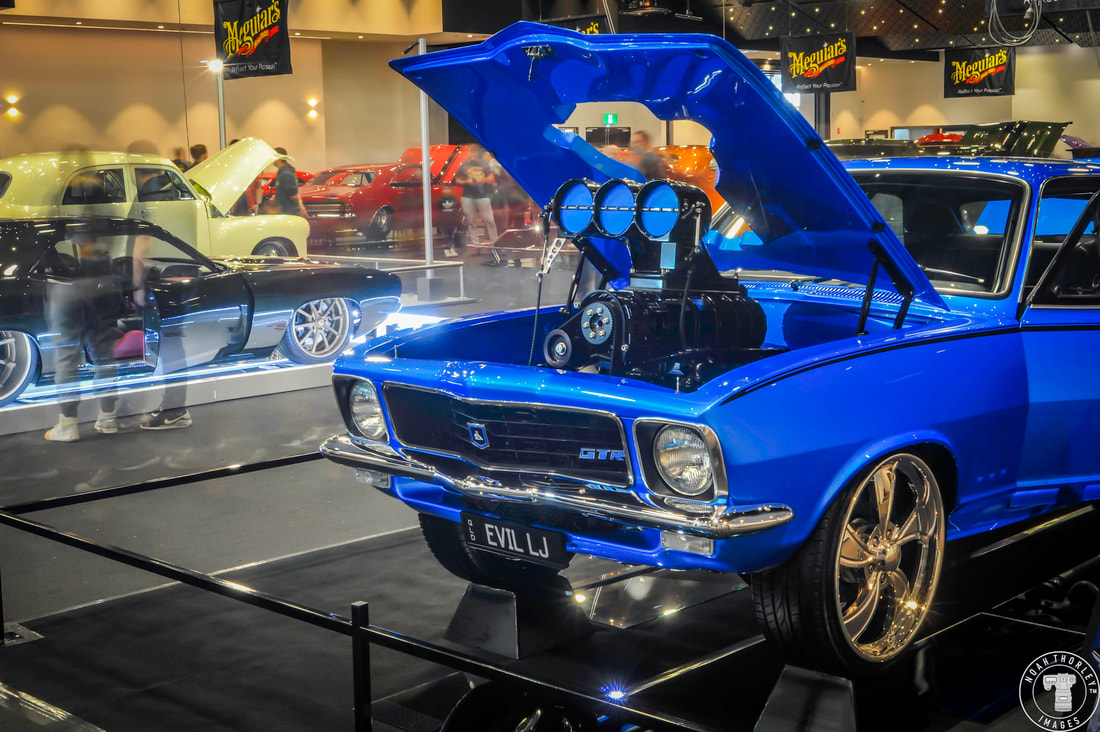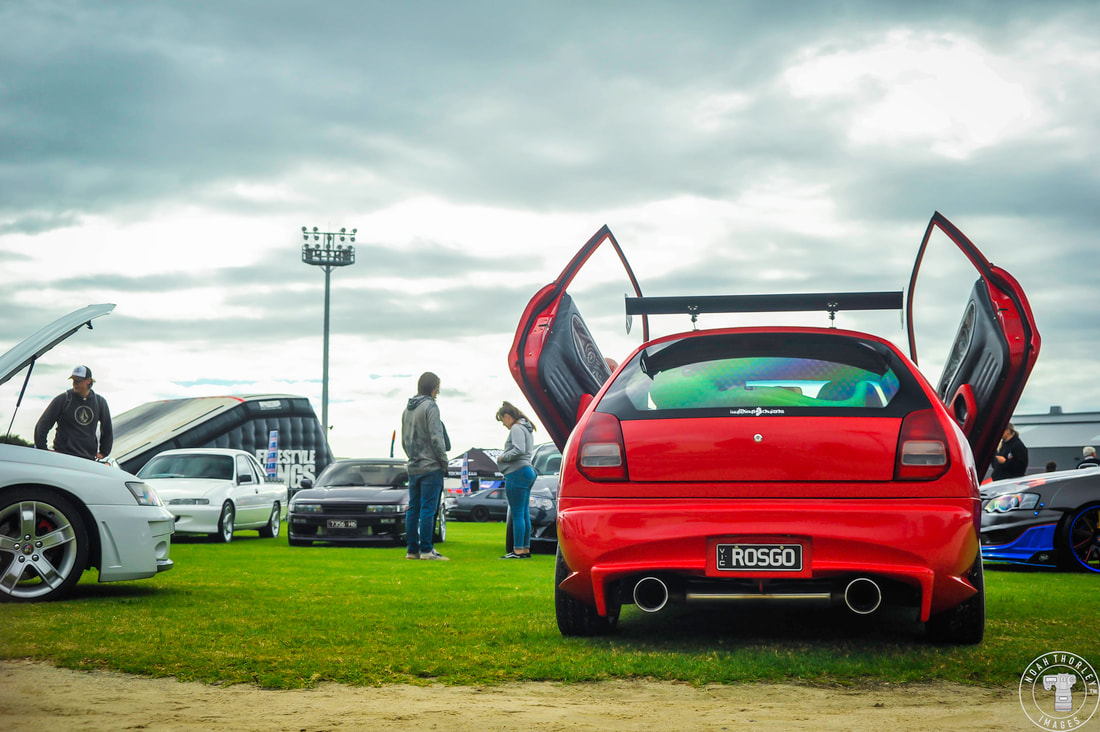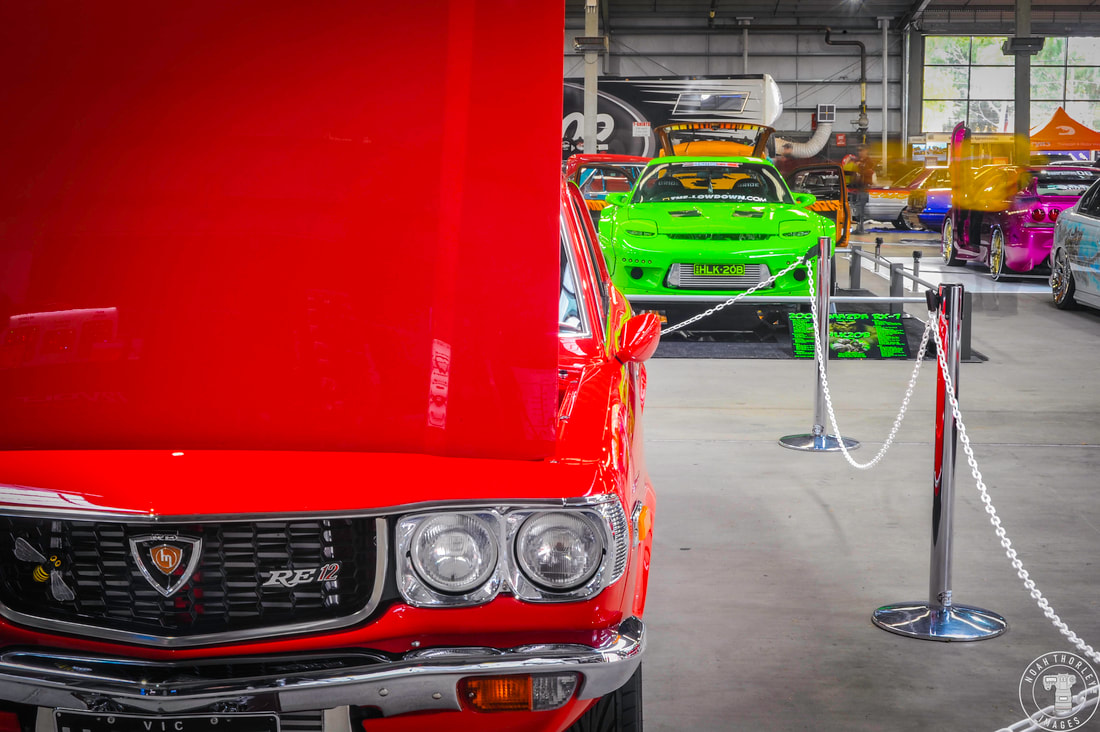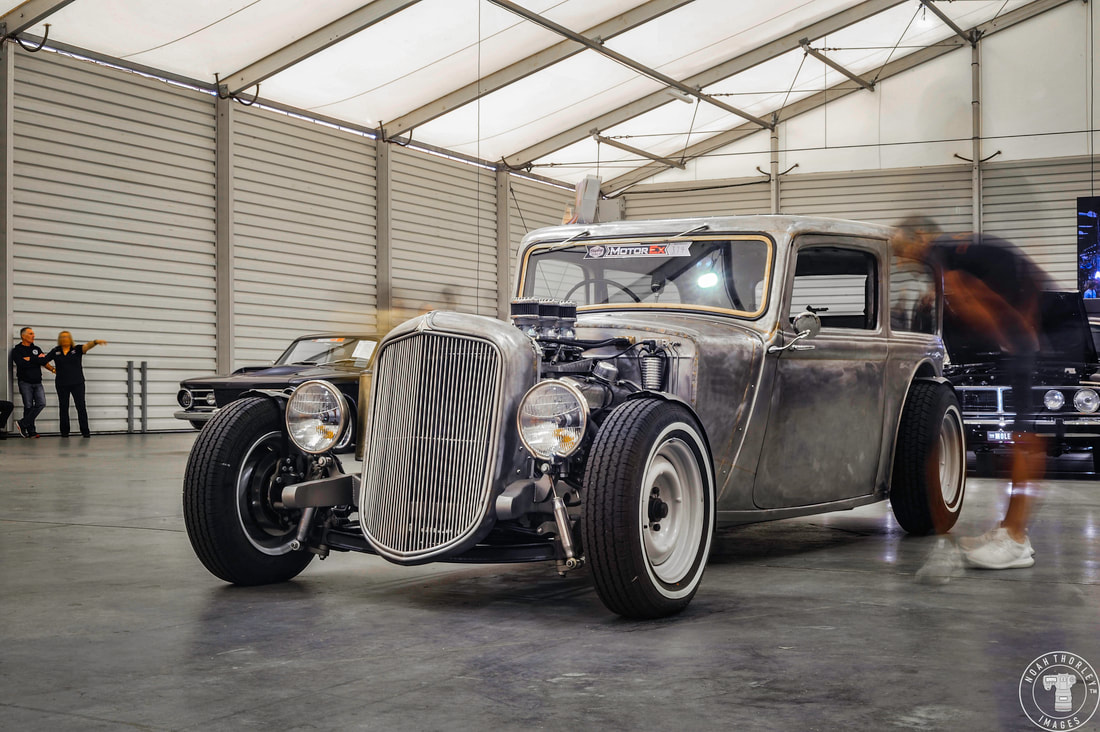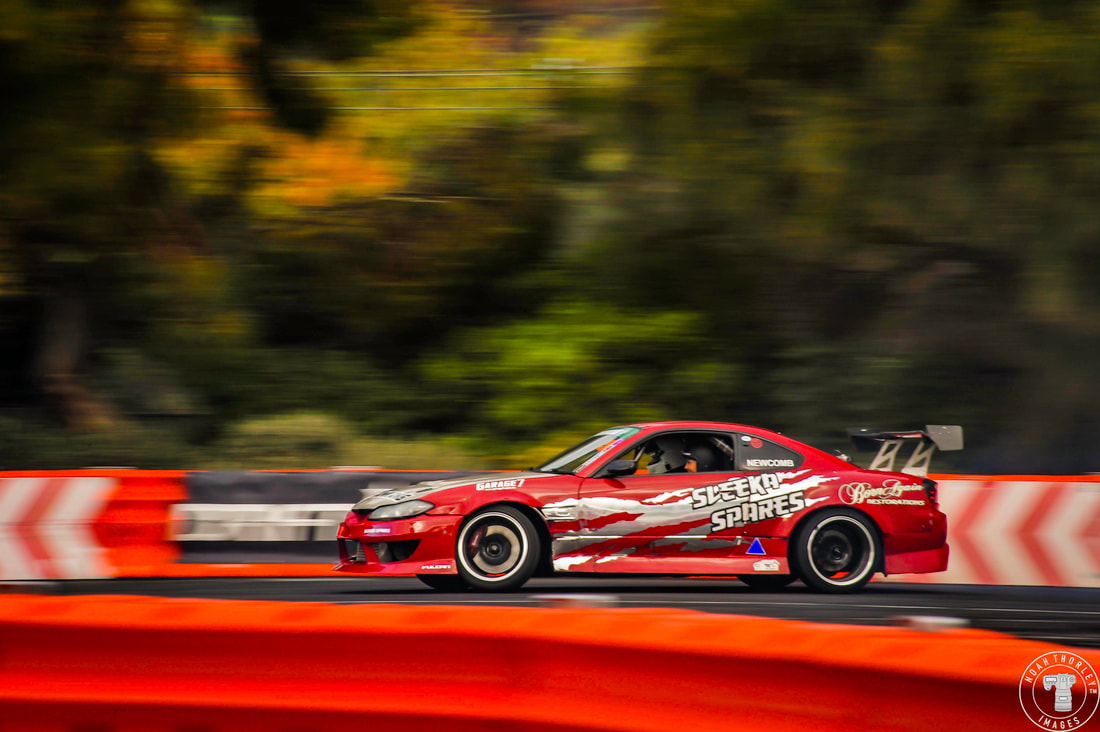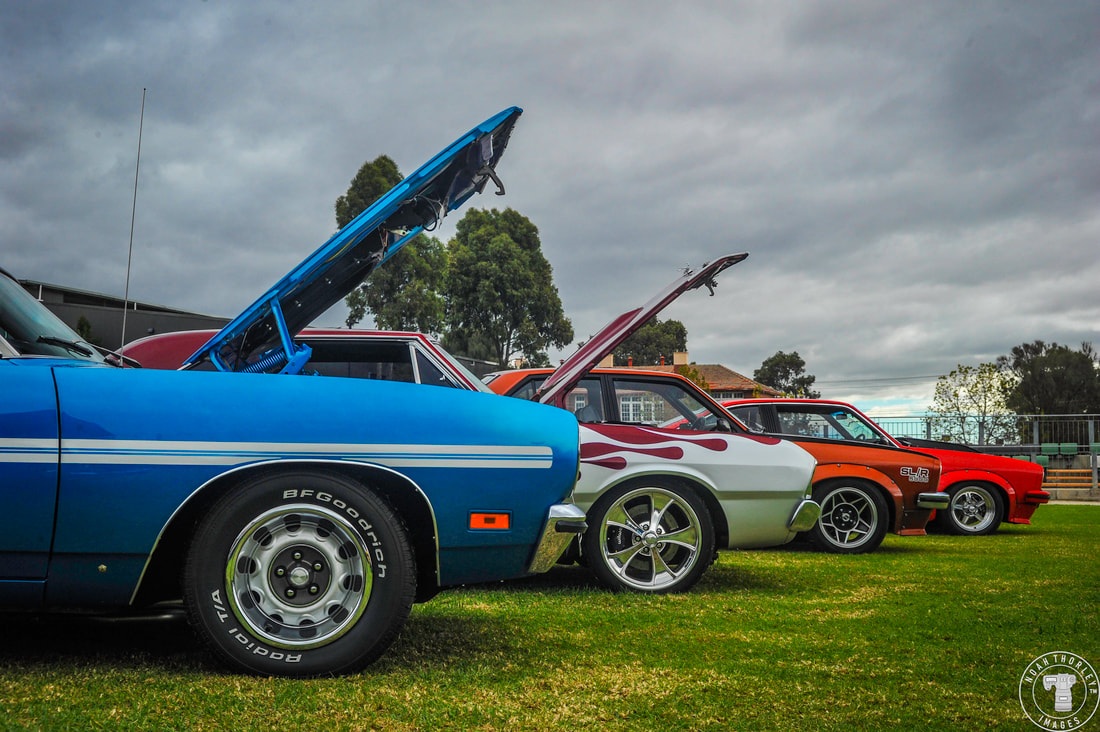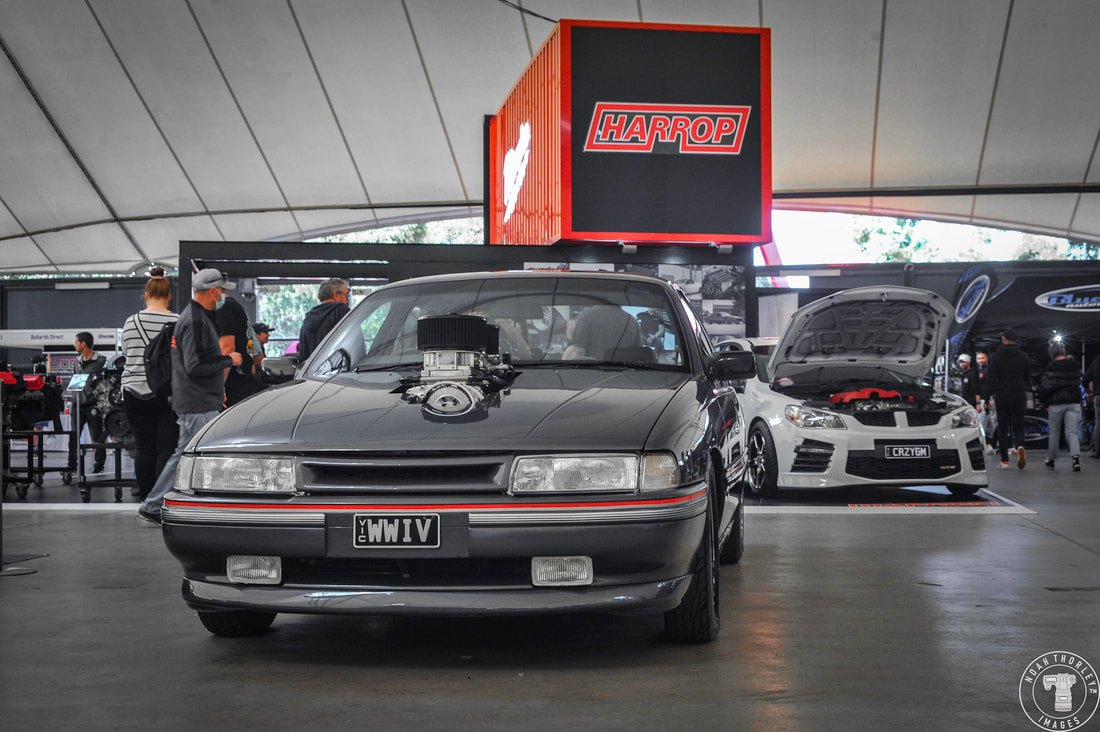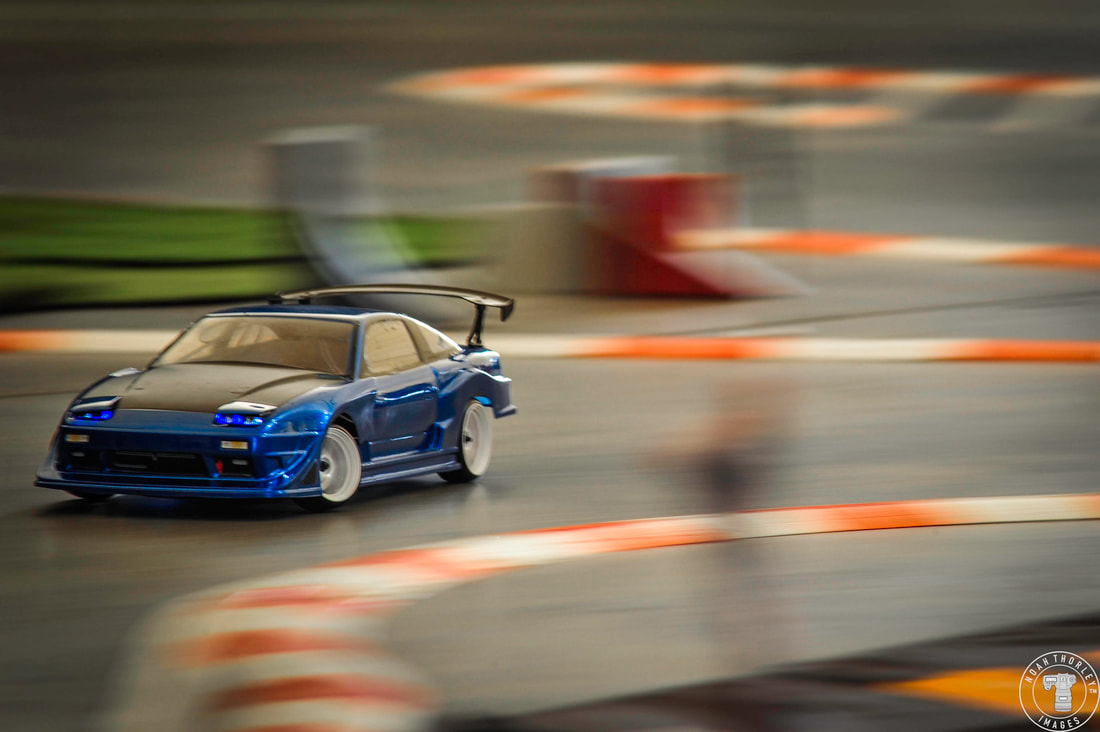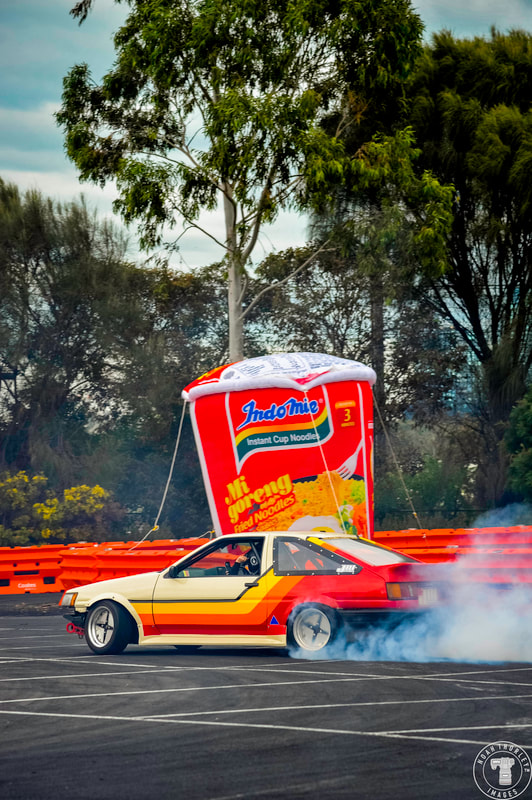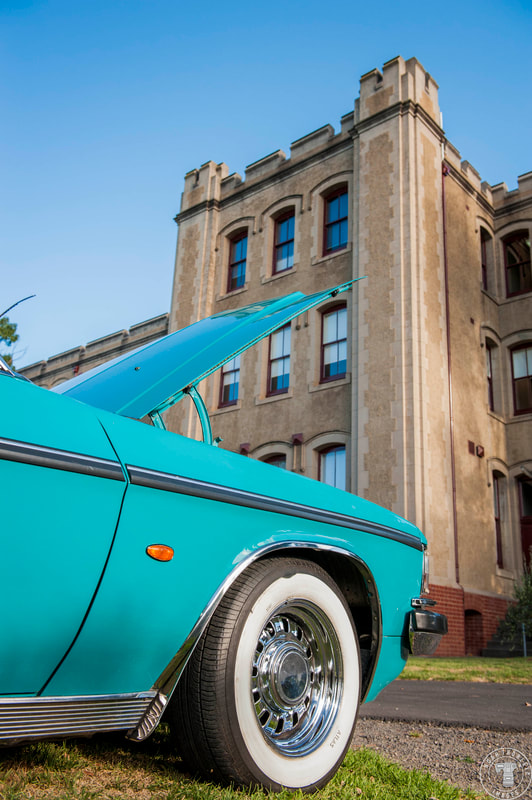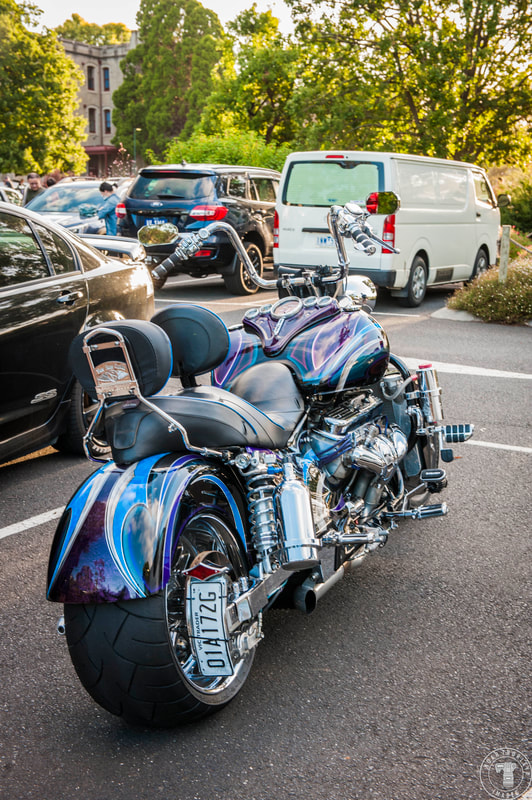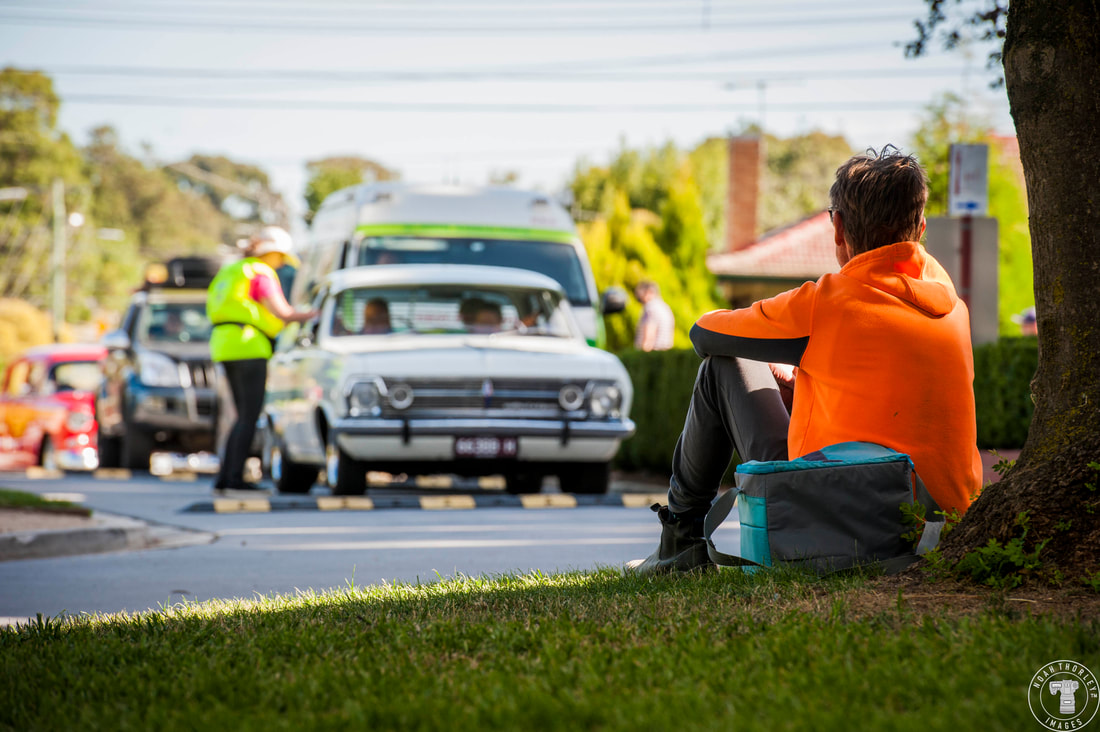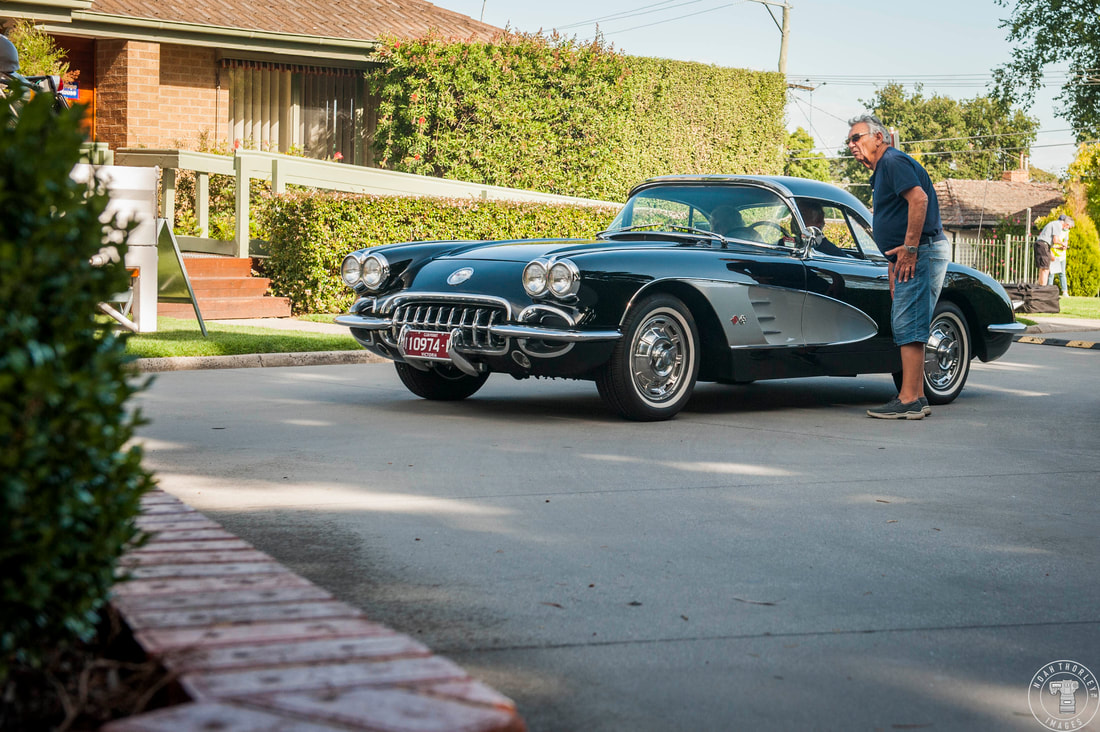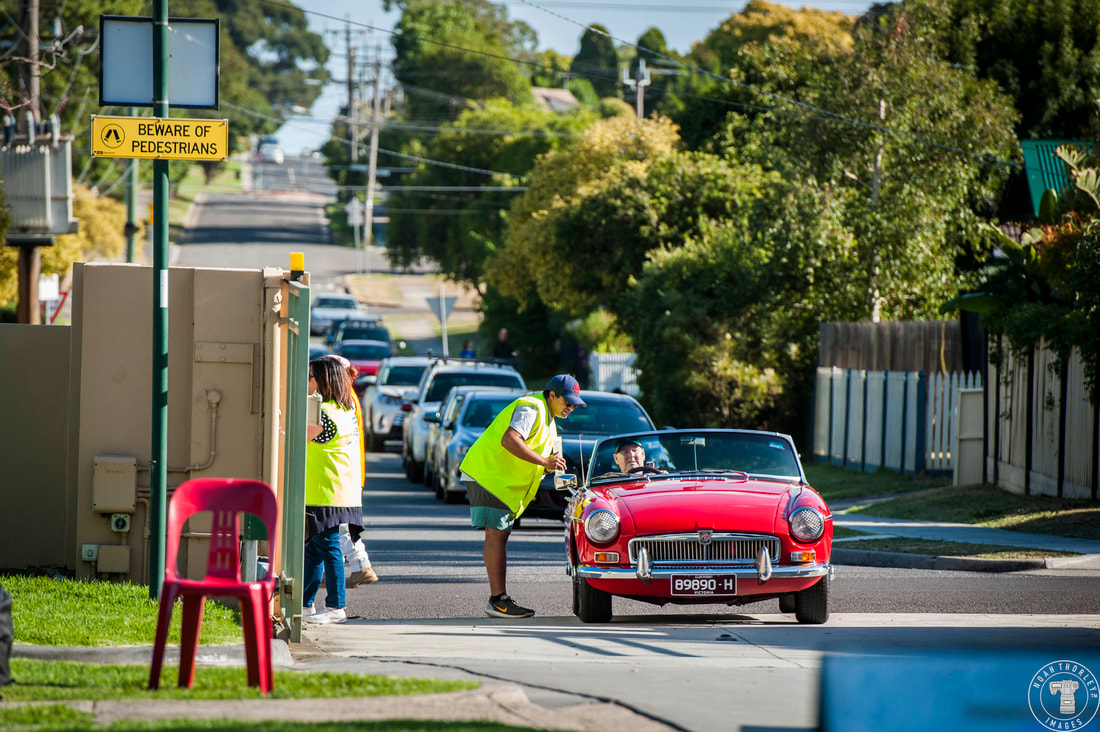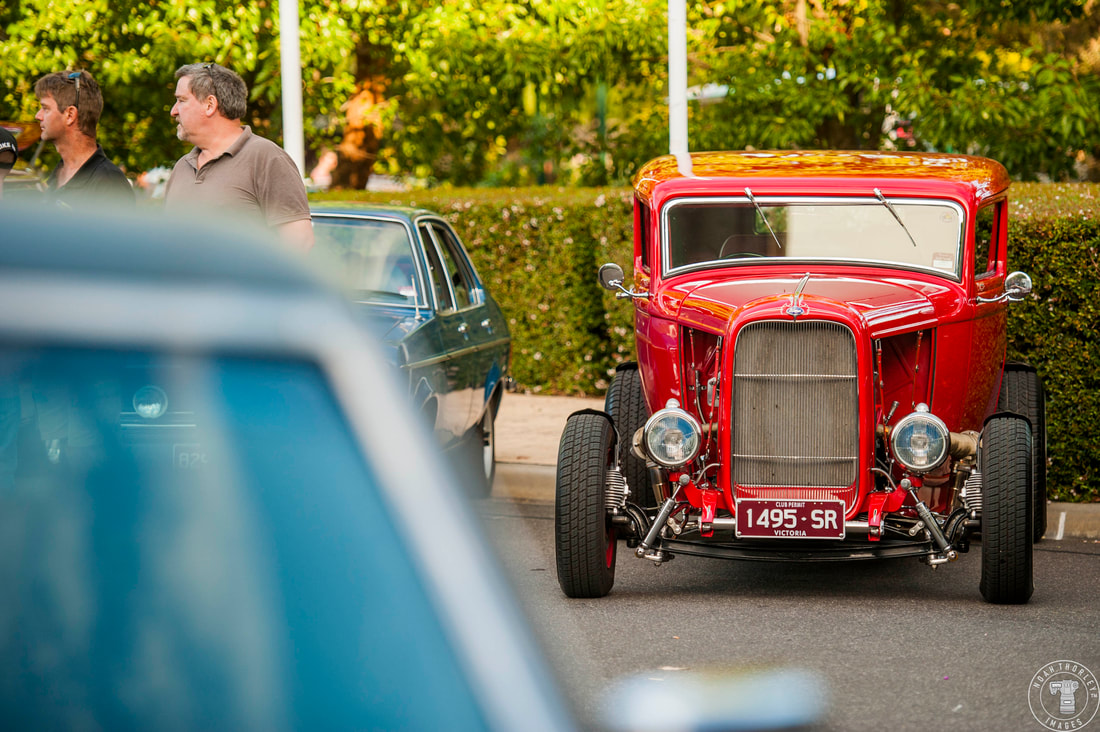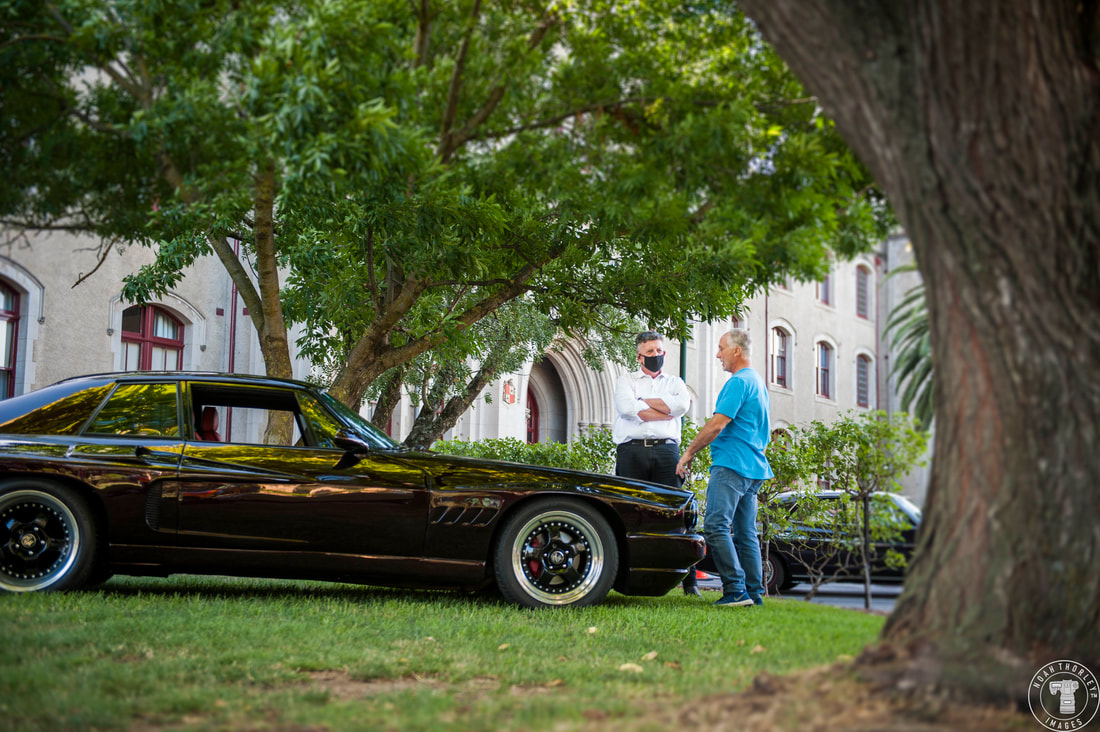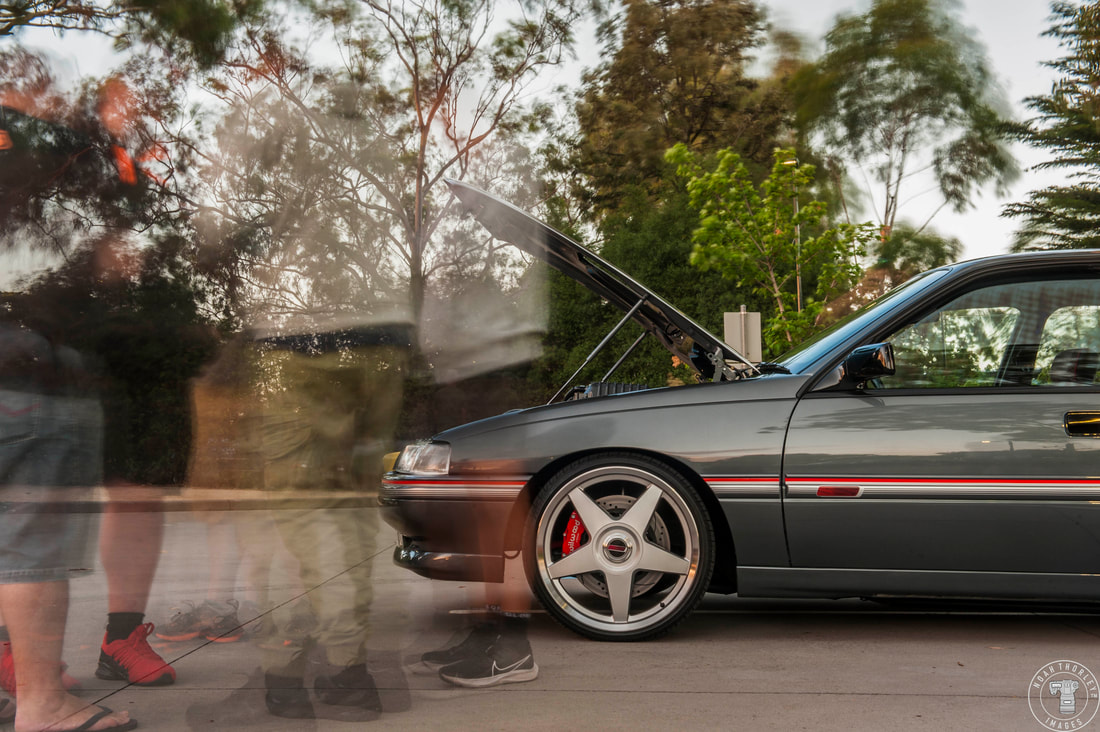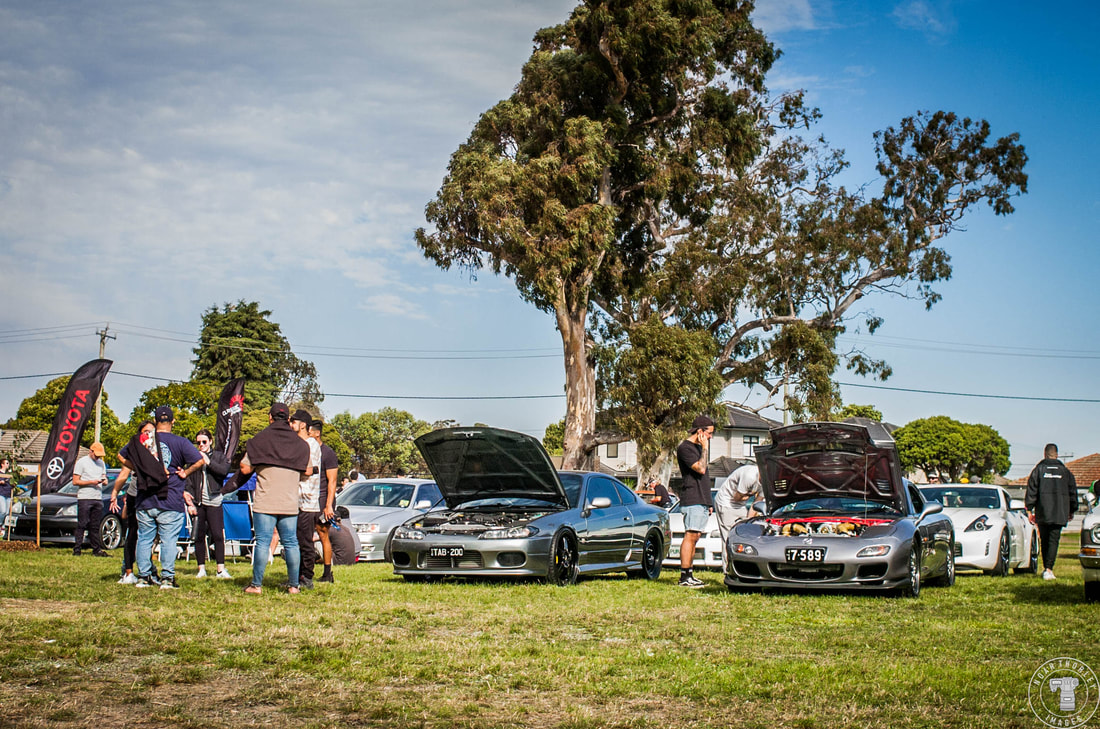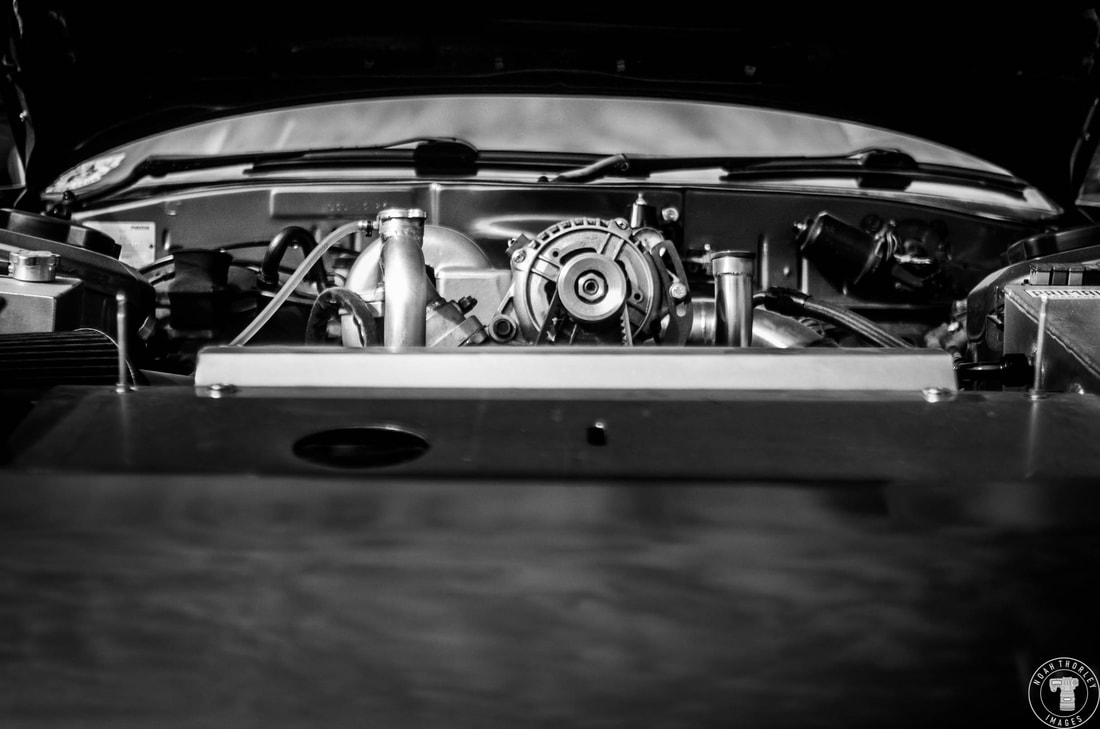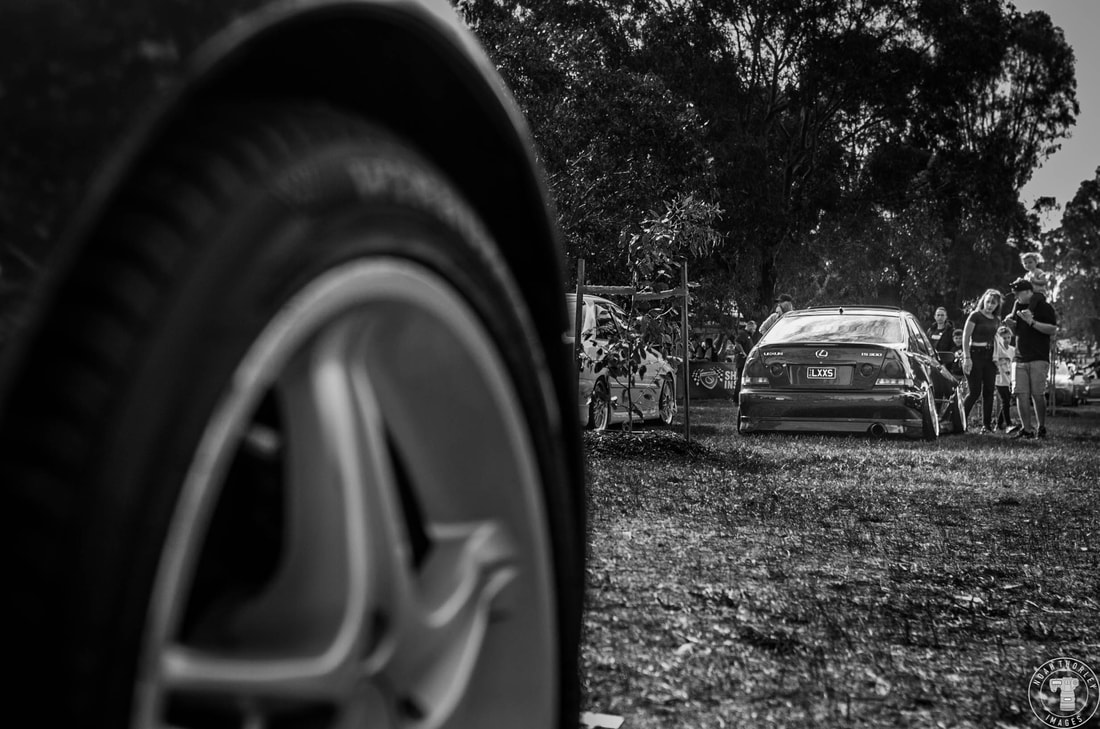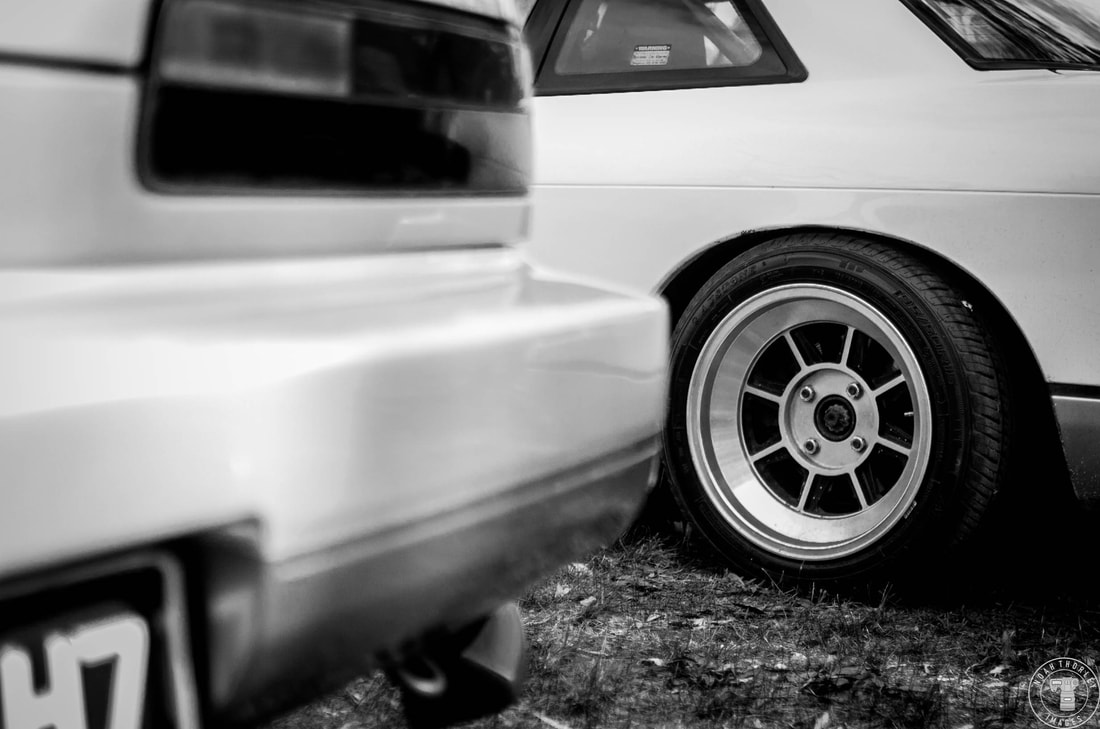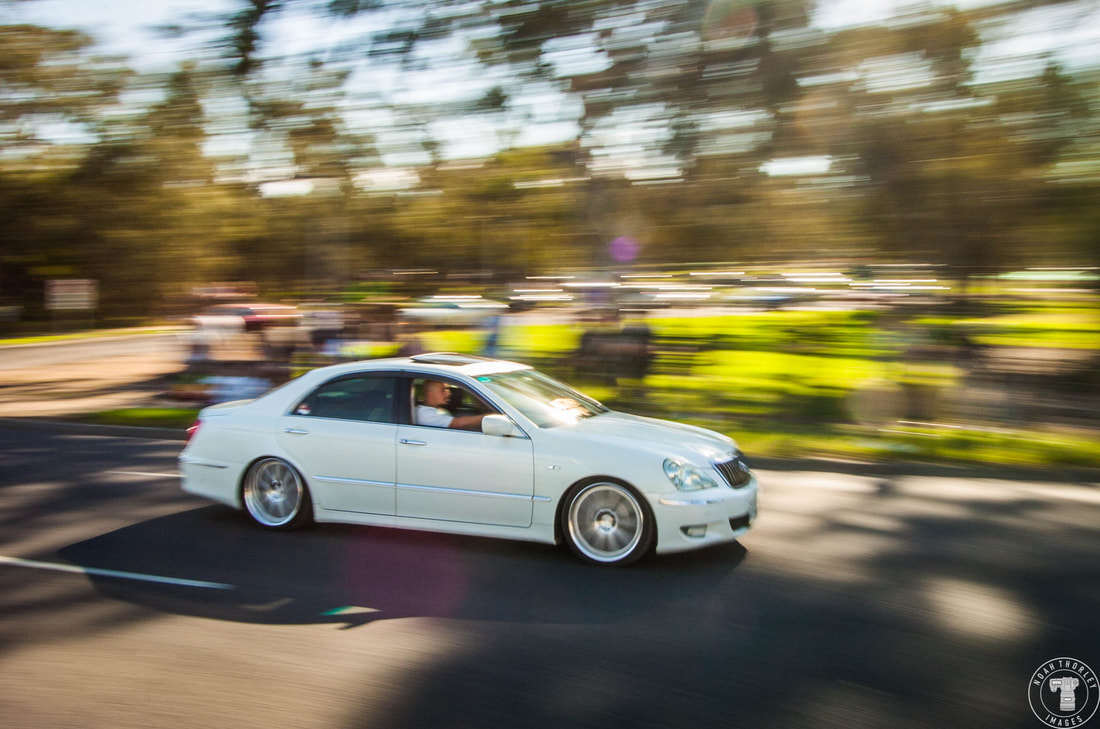|
Custom bikes and motorcycle gangs were welded together in many American garages in the 1950s. So, although the third edition of the ‘Bikes on the Hill’ show was a bit misleading location wise, Hughes Automotive still seemed like the perfect place for this two-wheeled art exhibition. After the end of World War II, there were lots of leftover Harley Davidson and Indian motorcycles left over from the U.S army. This led to many young men, often soldiers, getting their hands on them. With the turning of the time, and the beginning of America’s love for the automobile, as modifying and car shows becoming more mainstream rather than an underground activity, you could say it bled over to the bike scene. In workshops and home garages across the USA, people began customising their bikes whilst forming strong bonded groups that rode together and very quickly, it became a way of life. The first modifications weren’t really modifications, rather just stripping the bike of as much excess weight for the purposes of speed. This was called the ‘bob-job’ and made bikes more minimalistic whilst also making them more suitable for dirt racing at the time. By the early 1960’s, bikers began properly cutting up their bikes, adding chrome and unique touches making each bike their own. The ‘chopper’ is a style known by having high handlebars, low seating, and often an elongated body shape. Although the ‘chopper’ is probably the most renowned style of custom bike, it isn’t the only style. Rat bikes, like rat rods are meant to look beaten, rusty and neglected, whilst also being a functional motorbike. Speaking of functionality, Bagger motorcycles are characterised by their large cases on the rear. This rat style bagger was carrying ice cold beer in the back! Brat bikes are a style that originated from Japan, merging two forms together, the simplistic Bobber - being long, low, and having the same tyre/wheel diameter front and back – and the Café Racer, a short, smaller bike built for speed which originated from the UK. Speaking of speed, modified sports bikes, usually from Japan and Italy are known as ‘Street Fighters’. Regardless of what style of motorcycle though, each bike on show was styled in its own unique way, and extremely well. You must remember, unlike a car, with a motorcycle all the innerworkings are on display and easily seen. Which made the bikes inside on display even more impressive. Parts that are usually oily or gritty like brakes, carburetors and exhausts are cleaned, shiny and with added touches among the already custom paint, body lines and trinkets. No piece of metal or screw is left unturned or unfashioned, each and every piece of the bike has to be customised in some way. These customisations can range from a gathering of unique touches, to the bike being based on a whole theme in itself. Very much then like custom cars, yet still leaves you with a different kind of impression. The precision, attention to detail and care in the work, the ideas, their planning, and their overall execution can’t be ignored. Even the trophies were custom and one of a kind. It can be kind of intimidating coming to a show like this, with lots of burly men and women, with their tattoos and beards, but they're all very nice and cool people. There seems to be two parts of motorcycle culture (and the same can be said about the Bosozoku in Japan) that are often put together, the patched bikie gangs tied to crime and obviously the loud and proud modifying of motorcycles. This show demonstrated that the latter can exist on its own, with plenty of passion and comradery. Bonus Gallery
0 Comments
Before tractors were ever used, and the V8 engine was even a thought, farmers would boast about their draught horses that were used to plough fields and pull large weight around their farms. Of course, like everything, people eventually made it into a competition to see whose fleet of horses were the strongest, for simple bragging rights, strapping them to harnesses and getting them to pull a large, weighted sled. The horses that pulled the most weight was the winner. As horses were replaced by machinery, so too did the competition change, with the first recorded tractor pull held in 1929 in Missouri. This sport would spread across the Midwest and the south of the United States during what I like to call America’s car culture boom years, the 1950’s and 60’s. Soon enough, tractor pulling went international, expanding to Canada, the UK, Australia and New Zealand. In Australia, the first tractor pull was held in Elmore, Victoria in 1976, and a year later our edition of the world’s heaviest motorsport would find its home in Quambatook. My first and this time second encounters with tractor pulling would be at the Tooradin Tractor Pull, which has been around since 1998. This show has become much more family friendly since I first went a number of years ago (I’ll let you decide what that means) and isn’t all about sled pulling modified tractors. It's one large show and shine for big rigs. Massive shining trucks parked in rows, walls of chrome, glistening paint and custom work in engine bays. I’ve always appreciated the effort that goes into prepping a car for a show and keeping it clean, so I can’t imagine the effort it takes to make these enormous trucks clean enough to eat off. There were quite a few awards to hand out to the rigs and cars on display, with honours going to the car with the best paint, interior, engine bay, best hot rod, American and Australian muscle and the best custom. Trucks were split into type and age to better spread out the trophies among the shiny business promotion tonnes of metal. Vintage tractors were also on display as a documentation of farming history, as at the other end of the dirt drag strip, burnout cars were being prepped for duty. In between, the vintage and modified tractor pulls, the burnout boys and girls shredded tyres and covered the 2000+ spectators in a thick cover of smoke and rubber. As the tractors lined up on the dirt for their parade, all eyes were on the sky as Paul Bennet buzzed us spectators and tricked us into thinking he was falling from the sky. Finally, it was time for what everyone had been waiting for, the modified tractor pulls. With so many tractor styles and engine configurations, from V12’s to diesels to the Coyote, a tractor with four V8’s and putting out 8000hp, categories were split into weight classes. It’s confusing but simply put, the dirt drag strip was split into two lanes with two different weighted sleds. One lane for the Mini Modifieds, and the larger one for the bigger modified tractors, which were then split into their own separate divisions. Massive turbos, intercoolers and supercharges can obviously be added to increase power, but what separates this sport from other forms is the common sight of multiple engines on a single vehicle. We can thank Ohio brothers Carl and Paul Bosse for this distinctive engineering trait as they introduced the crossbox to the sport, which allowed multiple engines to be fitted to a single drivetrain. Tractors would come up to the start line and be attached to the sled. To complete a full pass, they would have to pull their sled 100 metres. As the tractor moves forward and gains momentum, the weight on the sled is transferred from the back to the front. There is also what is called a ‘pan’ which is a metal plate and as the weight moves towards it, the resistance between this pan and the ground increases, meaning that the further down the tractor goes, the harder it becomes to pull the sled. If multiple tractors complete the 100 metre runs, then weight is added to the sled until a winner is declared. Off the line, the tractors are quicker than expected, as the driver battles the steering to keep it all straight, as anticipation builds as they slow down towards the end, the driver revving as high as they can to make it to 100 metres. The engine grinds to a halt, the wheels abruptly dig into the dirt and stop, and the crowd erupts at the sight of the 100 metre bollard being passed. It doesn’t always go to plane though. White smoke coming out of the Vatican is cause for celebration, but white smoke coming from a modified tractor during a pull is not. Although I was unable to stay and watch the pulls into the night, the Tooradin Tractor Pull certainly has intrigued me enough to want to get a close more in depth look at these machines. The Australian Tractor Pull Championships will be held at Quambatook on Easter weekend. Hopefully I can get a closer look then. Bonus GalleryJoan Lindsey's 1967 novel 'Picnic at Hanging Rock' depicts the fictional story of students from an Australian girl's school that go missing on a Valentine's Day Picnic at the Victorian mount Hanging Rock and are never found. It is considered as one of the most significant pieces of Australian writing and was adapted into a film in 1975. Now every year, car enthusiasts re-enact this famous story by getting lost among 1600 cars at the foot of the climb. With that many cars on display, you are bound to find some unique wheels. It's rare to see one Purvis Eureka - a sports car built in Dandenong from 1974 to 1991 - but at Hanging Rock there was four! Hot Rods were plentiful too. I loved this custom '49 Chevy Styline that looks ready to race on the salt lakes of Bonneville. This Kieft Sportsracer garnered a lot of attention throughout the day. Kieft was a British company that mainly built Formula 3 cars in the 1950's. This unique machine was built to the exact specs of a car commissioned in America and powered by a De Soto V8, that was later destroyed in the 1980s. The mass of cool cars and unique finds just brings into question how many other pieces of automotive and motorsport history are hiding in garages all around Australia. The annual Picnic at Hanging Rock is one of Victoria's largest car shows and this was its 36th edition. Some of these cars wouldn't have been considered classic or even released or thought of 36 years ago. Classic American and Australian built bodies are always the majority at a classic car show like this, however, as time goes on, the popularity of Japanese vehicles increases, and you see more at these events. This pairing of blue RX3 and RX7 were two great displays of rotary power, R31 wagons are always welcome, and I don't think I've ever seen a first-gen Toyota Celica motor with electronic fuel injection. A Porsche 911 Targa or a Subaru WRX STi, pick your poison, or would you rather ride in Mat Egan's Ford Customline? I am always happy to see this 8-second Chevy Monza, and always intrigued by an interesting engine swap, like this Toyota IUZ-FE V8 dumped into a Volvo. Although 'Picnic at Hanging Rock' is fictional, I can certainly understand that it could be based on true events. It's very easy to get lost in this place. Bonus GalleryThis year we got a double dose of the Geelong Revival. First in March and again as always in November, celebrating classic motoring from vintage automobiles to unique racecars, mixing it up against modern day performance titans and the future of the motoring industry. On the Saturday, I wanted to focus most of my attention on the motorsport side of this festival, the quarter mile sprints! This meant heading straight to the pits to check out the competitors. From Mini Muscle Cars and tissue box style racers to full-size classic muscle and smoking gassers, anything and everything was having a go down the Geelong waterfront parking, that had beaned temporarily turned into a quarter mile dragstrip with a slight right turn. The start line gave the best vantage point to see all the cars line up in preparation for one of their three runs of the day, and to see how much traction they would have off the line. I always try and make time for shooting the drivers right before they head on track, seeing them get into their machines and make any last-minute preparations. The Geelong Revival was no different. Draped in fireproof armour and protective headgear, they looked ready to go to war against the clock, riding their chariots down the quarter mile, slamming on the brakes as they crossed the chequered flag. Riders on two wheels would also join in, leaning through the long right hander that made up the quarter mile. The best vantage point by far to watch the runs was on the hill, with the colourful pits and Geelong Bay shining in the background. I spent majority of Saturday panning, trying to get that colourful blur. Before finishing for the day, I made sure to have a look at the display at the east side of the festival. This was where old school internal combustion contrasted against electric power. There was plenty of talk about electric vehicles and its future during the Revival, particularly thanks to Teslas being some of the fastest cars during the sprints. On Sunday, my plan was to focus more on the array of displays around the Geelong Waterfront, first checking out this colourful collection of vans. Van culture is a small yet noteworthy part of car culture that particularly grew in the 70's in Australia thanks to the infamous Holden Sandman. Van life is all about freedom, living out of your automobile or (as was the case with many on display) a great way to display individual artistic talents and other obsessions. Take a closer look at any of these vans, particularly inside and you'll notice that each had its own theme. This leads me to something I've mentioned many times before, the dedication and patience to keep these cars in not only a beautiful condition but also drive them across the state (and in some cases interstate) is extremely notable. Seeing these three Shelby Cobras on the road during my drive to Geelong, in the early morning cold and drizzle is a perfect example of that dedication. Like any good car show, you could find anything parked up on the grass and along Eastern Beach Rd. From Australian legends to hot rods and French lightweights like the Alpine A110. You'll even find the bizarre like this two-faced Holden Torana, one with an engine and the other with a built in BBQ. I can't think of anything more Aussie than that! Despite the range of metal on display, I couldn't help myself and spent the rest of the day sitting on the grass photographing the sprints. It's also hard to ignore Matt Mingay and the Hot Wheels Stunt Team making tons of noise, entertaining the crowd with jumps and burnouts. Although the main theme of Geelong's yearly motoring festival is to revive classic machines and historic race cars, to see modern performance vehicles with tomorrow's technologies at the same time gives a great contrast and shows how far the motoring sector has come, whilst still having as much enthusiasm and passion as the cars of the past. Bonus GalleryThe Royal Exhibition Centre would host yet again the annual MotorClassica, Australia's premier show displaying the history of motoring. Special anniversaries would be celebrated, and classic icons would be commemorated, and car fanatics would be able to lust over the different ages of motoring. So, let's start at the beginning, with what people like to call the 'Golden Age' of motoring. The designers and coachbuilders of the early 1900's were pioneers of the automotive industry. There were no rules or expectations with design meaning that every piece of material was shaped as if it was a sculpture. Straight away, cars were built for the elite, and it showed in the craftsmanship and materials used. Yet, above all they were workhorses, and many of these golden age vehicles on display at MotorClassica have extensive documentation of their travels. Quickly though (as I've already written about before), the quest for speed begun. Big power and a lightweight frame were the name of the game (and still is), as shown with this stunning 1904 Napier L48 Samson which set the Flying One Mile World Record at the time with a run of 104.65mph at Ormand Beach in Florida. The Napier was the first in a special display called the 'Icons of Speed'. This included the Jaguar XK120, the world's first supercar, Australia's own Falcon GTHO Phase 3, the Lamborghini Muira; the world's first modern supercar and the 80's poster cars of the Testarossa and Countach. My personal favourite however was the Bugatti Veyron. A car that experts thought would never exist when it was announced, but shook the automotive world, breaking the 12-year record for the fastest production car held previously by the McLaren F1. It's not a particularly pretty car, but you appreciate its presence immediately because in its time (which was only 10-15 years ago) it was, and I think still is, one of the production car world's greatest achievements in handling, speed, technology and design. Speaking of brilliant car designs, I have a book that I've had forever called 'Dream Cars'. The dust jacket is long gone, and my rabbit has ripped apart the spine down to the paper. Yet it still holds together containing accounts of some truly bonkers car such as the Vector W8, Sbarro Challenge and many others. One brand that intrigued my much younger self was Bertone for their wedge like designs of the Stratos and Lamborghini Silhouette. The 110 Years of Bertone display showed that they were more than just a wedge like car styling coachbuilder. They were responsible for some classic designs of great cars. Not only the aforementioned Stratos, but also the Lamborghini Muira, the first mid-engined supercar. Others too like the Lamborghini Uracco and the curvilinearly beautiful Alfa Romeo Guilia and GTA. Although they styled for many different car manufactures, including Volvo, BMW, Citroen and Mercedes Benz, there is a family resemblance among all of Bertone's design, despite the badge on the front grille. On the subject of exotics, one of the biggest names in the automotive world was celebrating it 75th birthday, Ferrari. A grand display at the entrance of the Royal Exhibition Centre showcased Ferrari's greatest hits, the Testarossa, F40, F50 and an Enzo painted in inevitable Rosso Corsa red, were in the centre surrounded by various other stunning designs from Maranello and plenty of glaring eyeballs. Two of my favourites were this green Berlinetta Boxer and the silver Ferrari Dino. It was very cool to see a green Ferrari with orange headlights (I thought it was a Lotus at first) and just look at the exhaust coming out from the back of the Dino! Celebrating 60 years was the American performance badge of Shelby. Carroll Shelby and his company Shelby American first grabbed people's attention when he infamously put the V8 in the AC Ace to make the Cobra, which evolved into the Shelby Daytona. Ford, interested in Shelby's efforts, teamed up with him for their GT40 Le Mans success. This led to further work with the Ford Mustang GT350 and GT500. The Shelby name would eventually become synonymous with performance parts and special editions of the Mustang. Continuing on speaking of car design, the Mustang was one of the last great sports cars to be designed before laws greatly affected how cars looked, given that in 1973, cars had to have thick bumpers to withstand impacts, windscreens had to be of certain size and headlights had to be a certain height above the ground. We often however see car companies hark back to those days before car design became more about ticking boxes than making a unique looking car. Porsche has kept true to their 911 look and the new Alpine A110 is a modern take on the rallying legend. These are just a handful of examples. However, you can certainly say a bit of the magic is missing slightly, although overall they certainly do a good job. It's not an easy decision to make though. Do you try your best to make something that ignites times of old and nostalgia, or instead attempt to break the mold with an experiment that is both unique yet ticks all the safety prerequisites. Some companies like Ford and Porsche have pushed themselves into a corner trying to stick to the original design as much as possible with their Mustang and 911. Whilst brands like Bertone, Ferrari and others always seemed to push boundaries, never looking back yet still being distinctively themselves. Bonus GalleryHighball has quickly become the mecca for cars and coffee meets in Melbourne. Organised every few months by a great team, the Highball crew has created a relaxed Sunday atmosphere, gathering like-minded enthusiasts and special vehicles for a cool morning of looking at unique art on wheels. It is entirely classless, not themed or restricted to certain builds. Anything goes and everything is appreciated. Of course, though, you will become distracted, pulled away by something you find hidden in the rows and around the corners of the meet. That’s how a cars and coffee should be. You should be made to feel like a kid in a candy store, and Highball delivers this in truckloads. The event started at 8, but by 9am, the Bosch Automotive Headquarters was packed with people and beautiful machinery, spilling over into surrounding car parks. So where do you start? Simple, you won’t even have to think because you’ll be immediately drawn in by a low riding Cadillac, a classic Land Rover or a pair of green Porsches. The sight of big rubber on a well-executed Celica will lead you to find a turbocharged fed and power hungry 2JZ under the bonnet. You’ll discover that an MX-5 isn’t that small when compared to a Lotus Elise, and you'll have a sudden urge to look for Volkswagen Beetles on Gumtree. After dribbling over a hot rod and a group of Subaru’s, the roar of a flat six will capture your attention as a GT3 drives by, the meet just as present on the street as it is in the Bosch Headquarters carpark. A smile will appear as you look over a modified Mitsubishi Space Wagon towing half a Space Wagon fitted with sleeping quarters. Then you’ll return to picking your jaw off the floor over the sight of something completely the opposite. Eventually you'll want to just sit down, enjoy some jam donuts or a hot dog and relax in amongst the atmosphere of well-kept automobiles and fellow car nuts. Highball's meets attract the right crowd too, young and old, no hoons or silly buggers, yet plenty of respect and a range of different car culture tastes. It's just lots of cars, enthusiasts and some food. It doesn't take much to please us, but the effort from the team at Highball to set up what is the perfect example of a cars and coffee meet doesn't go unnoticed. That's why it quickly has become Melbourne's mecca for car meets. Definitely consider attending one if you haven't already. The light atmosphere and variety of metal will leave your need for a car culture fix fully quenched. Bonus GalleryIf you’d asked a ten-year-old me about Toyota, I would have said that they made the most boring cars. Of course, I didn’t know any better. I hadn’t heard of the Supra, Celica, MR2, AE86 or the Cressida. All I had seen were modern Camrys, Corollas, Taragos and Hilux’s. The only redeeming feature of Toyota that I knew of was that the Hilux was indestructible thanks to Top Gear's failed attempts to drown, burn and demolish one. However, if a ten year old me had been at this past weekends Toyota Winterfest, I'm sure my perception of this renowned brand would have changed, as there were plenty of cool and unique Toyotas on display. The Celica is one of Toyotas most successful names. It began as Toyota's answer to the Datsun 240Z and Ford Mustang, but then evolved into its small FWD sports car by the 1990's. One of the Celica's many accomplishments was its participation in the World Rally Championship. This Celica GT-Four complete with rally lights, mudflaps and period correct wheels gave a reminder to those at the meet of Toyota's rally heritage. Another interesting Celica was this second generation RA45 GT. The original 2-litre is long gone and replaced with full electric power. With EV powertrains becoming more and more popular and common, it sure is interesting to see a classic Celica being taken down the same route. A name spawned from the Celica lineup was the Supra, arguably Toyota's most famous model of sports car. Although the MK4 Supra is what put Toyota on the map for performance, my personal favourite is the MK2, and this completely original Supra was a pristine example of one. One car that has cemented Toyota as one of the best manufacturers is the Corolla. Production began in 1966, and with the fuel crisis of 1974, fuel efficient cars like the Corolla soon became a best seller. By 1997, the reliable and practical Corolla became the most sold car in the world, knocking the Volkswagen Beetle from the top. Not only that, but generations of the Corolla like the AE86 have become JDM legends and an emblem for drifting. There were quite a handful of Corollas parked up, but this KE70 was my favourite. Slammed on the ground and with a turbocharged 4AGE under the hood, I imagine it goes like stink. It certainly isn't what Toyota imagined for the fourth generation of its best selling car. Another surprise was this couple of hatchbacks. From afar, they looked like ordinary Toyota Corollas, yet within closer inspection they turned out to be the Toyota Blade, only sold in Japan. Stuffed under the small bonnet is a 3.5 litre V6 putting out 206kW, and I'd imagine that's plenty. Speaking of sleepers, Toyota can build a mean sedan, like this drift inspired JZX100. An MX83 Cressida was also hiding around the corner, a car I've become rather fond of recently, with plenty of potential. Today, Toyota continue to be at the forefront of the motor industry, whilst still creating performance cars for the enthusiast such as the GR Yaris, GT86 and new Supra. It will only be a matter of time before these become classics as well. In the meantime, it's great to see an interesting collection of Toyotas on a Sunday morning. Bonus GalleryI lost count of how many times MotorEx was postponed in the past two years. After my first time at the show back in 2019, I was eagerly waiting for its next instalment. It was a festival of custom motoring, filled to the brim of quality builds and details that left me awestruck. Yet, it was still typically Australian, with Aussie business vendors, sponsors and builders all at the centre of MotorEx. SEMA and Tokyo Auto Salon; even with their large international influences and connections are mass presentations of the North American and Japanese car scenes. MotorEx then, is Australia’s exhibition of our slice of car culture. From our home-built muscle cars, to being inspired by other countries way of car modification and bringing it here. A simple way to explore this further is by looking at Ford and Holden. Ford is an American company, and Holden was owned by GM, another American brand. Yet both emblems time in Australia would be spent building cars that were quintessentially Australian and wouldn’t work being sold anywhere else. They were our cars, unique to anything that came out of Europe, Japan and those made by the kingpins in America. Even with the expiration of Australia’s homegrown car industry, its fruits live on. The mighty Barra is a dark horse in the world of six-cylinder warcraft. And the engines built by Holden engineers have been dropped into any car us Aussies can get our hands on. These engines also have a huge aftermarket support from the motherland, even after their discontinuation. The Australian builds that filled the halls of the Melbourne Showgrounds are a testament to those talented mechanics and fabricators who worked their magic, whilst also representing Aussie made metal with incredible quality and the best way possible to the rest of the world. Of course, there are a collection of cars from over the ocean that we have welcomed into the Aussie family. We love our own utes, but we greeted larger foreign utes like the Toyota Hilux and Nissan Navara with open arms. And cars like the Mitsubishi Magna and Mirage are sometimes just as bogan as our Commodores and Falcons. Although we don’t quite have such a large obsession with the RX platform as our friends in New Zealand, us Aussies can build quite a decent classic buzzing Mazda too. It would be rude not to mention the American automobiles that our home car culture has been inspired by too. Hot Rods, American Muscle, Lowriders and almost everything in between has been imported from the US of A. We have joined the bandwagon, and enjoyed these styles as much as the Americans have. We embrace every kind of motorsport known to man. From drifting to drag racing to sprint cars and everything in between, we’ll have a crack at all of it. But to burst the rest of the world’s bubble for a moment, Australia is the undisputed king of burnouts, don’t bother arguing or even trying to compete! Like SEMA and Tokyo Auto Salon, which are the epicentres of two massive worlds in car culture, MotorEx is Australia’s demonstration of how we do things down under. The best builds and the largest portrayal of the growth and trends in Australian car culture. Bonus GalleryYou don't need to be a car enthusiast to notice or appreciate a classic car on the road. That's because they are a rare sight, and their colourful and abstract design makes them very noticeable among the cars of today. They same could be said about modern day Supercars and some sports cars. They are designed to be aerodynamically efficient, and thus, their visual properties are attractive to the human eye when compared to the blobs of today's hatchbacks, SUV's and sedans. Car shows then, are like museums and art galleries. You don't have to be a historian, nor an artist to appreciate and be interested by the exhibits on display. Just like you don't necessarily need to be a car enthusiast to notice the bright designs of yesteryear. That's how our eyes work. Light attracts our eye because it is an energy. Therefore the brighter and more contrasted something is the more our eyes are stimulated. That is often why, if you were to go to an art gallery, the walls are very plain, so the art can pop and attract our vision. That's why classic cars catch our eye, and when they do, you are thus more likely to notice the great care that has been taken by the owner to keep the car in working order and in a condition as if it were new.. The Loyola Classic Car Show then is an explosion of colour. The backdrop of Old Loyola, the bright sky as it moves towards sunset, and the vibrant art on wheels, makes this show a visual sensory overload. Car enthusiast or not, the Loyola Classic is an anticipated event every year, and has an amazing vibe which is key to it growing every year. You are always going to find something you've never seen before too. Like this lifted Falcon Ute, or my personal favourite from the show, this race ready Mk1 Ford Capri. Or, sometimes you'll get really lucky and stumble upon a V8 Boss Hoss Motorcycle, one of the only ones in Australia! It's shows like this that engage the next generation of car enthusiasts too. There aren't many things cooler then a rainbow of classic Australian muscle, surrounded by hot rods and exotic sports cars. They don't make them like they used to. But maybe that's a good thing. Young kids are interested at the uniqueness of old cars, and the older generations are then able to teach them about them, since they grew up in that era. Then generation after generation, the cycle continues. Soon enough, people my age will be talking to young kids about the classic GT86, BF Falcon. VE COmmodore, Telsa Model S and Nissan 370Z among other cars. It's a reoccurring cycle, and why car culture continues to grow and evolve. Bonus GalleryIn Japanese 'Sakura' is their word for cherry blossoms. These pink and pure flowers are special in Japan as they represent the starting of spring, a time of renewal and new beginnings. During this season, many people in Japan enjoy coming together with colleagues and friends, sitting and enjoying meals under the cherry blossoms. This tradition can be traced back at least a thousand years and is called 'hanami', which means "watching blossoms". It is now springtime in Japan and although we can't share these cherry blossoms as it is Autumn down here in Australia, the Toyota Car Club of Victoria, still is able to replicate that special atmosphere created by the sakura season, with their car show dubbed 'Sakura Picnic', featuring Japanese cars from every era and make. After the devastation that was WWII, Japan was in dire need of getting back on their feet. Over the next few decades, Japan began mass producing pretty much anything and everything. Companies did this as cheaply and efficient as possible. But, these companies, being Japanese, made sure that these products were also good quality. In the car sector, Japan was well known for making small, fuel efficient cars, but not necessarily fun cars. That was until the 1970's came around. Although Japanese car makers such as Nissan had motorsport success prior to the 1970's, in the Australian Mobilgas Rally, it wasn't until the success of the Datsun 240Z and 510 in America that started the chain reaction of people buying into what Japan had to offer in the automotive world. This was further helped by the 70's fuel crisis. With the price of petrol going up, people needed fuel efficient vehicles rather than big burly V8's. And that was exactly what Japan had to offer. Winter was over for Japan, and the season of Sakura had just started to bloom. In the 80's and 90's, people had more reason to turn to Japan when it came to the automotive world. The Japanese tuning scene had just started to flower, with plenty of companies taking advantage of strong engines with plenty of tuning capabilities coming from the factories of Toyota, Nissan, Honda, Mitsubishi and Subaru. With cars like the Mazda 787B winning at Le Mans, the Nissan Skyline GTR dominating racing in Australia and cars like Smokey Nagata's V12 Supra captivating enthusiasts in rare VHS recordings and tuning magazines, Japan's automotive industry sprung up and caught everyone by surprise again. It was this golden era that really set Japan apart from the European and American car scenes. The way they built cars and modified them in Japan was raw yet calculated. Applied with a no care attitude (very much like the bosozoku style) and with an eye for perfection (apparent in their V.I.P style) at the same time. Now enthusiasts from all over the world are obsessed with not only the golden era of Japanese cars, but now every era. From the seeds that were just sprouting in the 60's, to the boom in the 70's to the golden era of the 90's and even now. Japan seems to always be one to look out for, regardless if it is the underdog or not. To really sum the Japanese automotive scene up as a whole, I'd have to say that Japan is practical where it matters, yet willing to push boundaries and have fun too. Anyway, that's just a few thoughts I've had whilst pondering the array of Japanese cars at Sakura Picnic. Bonus Gallery |






